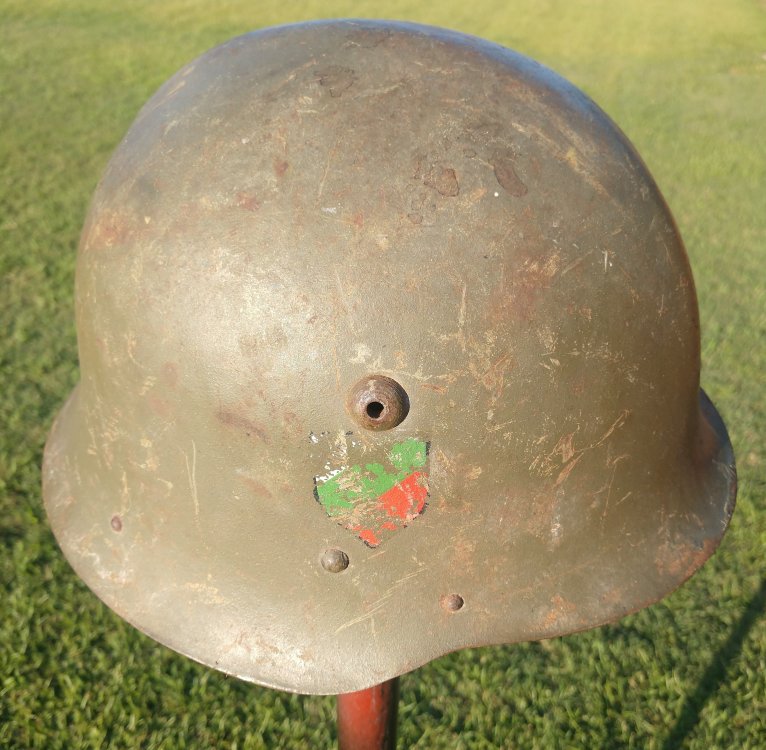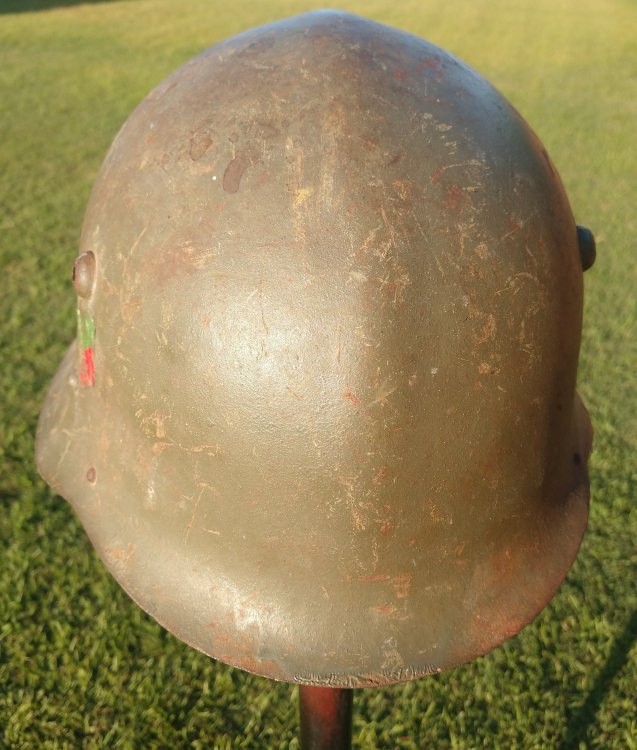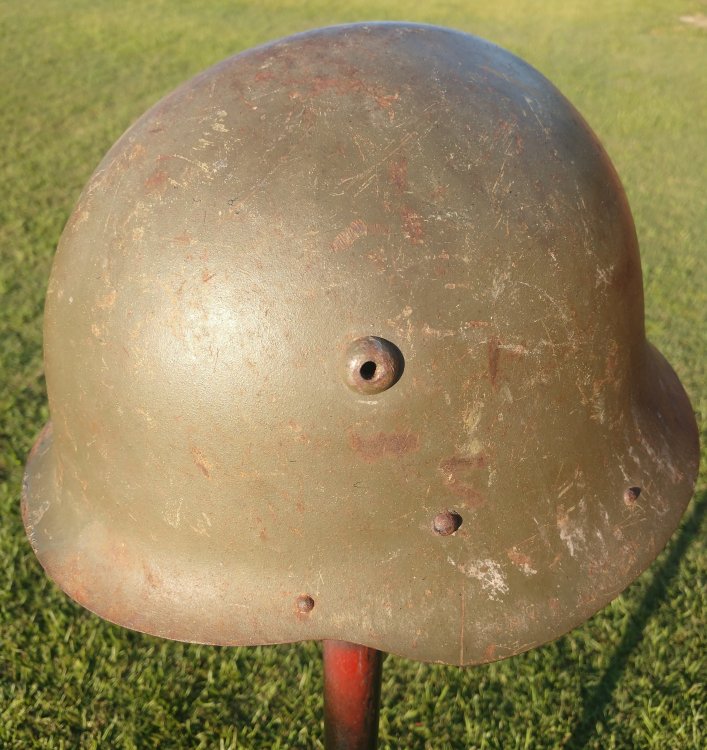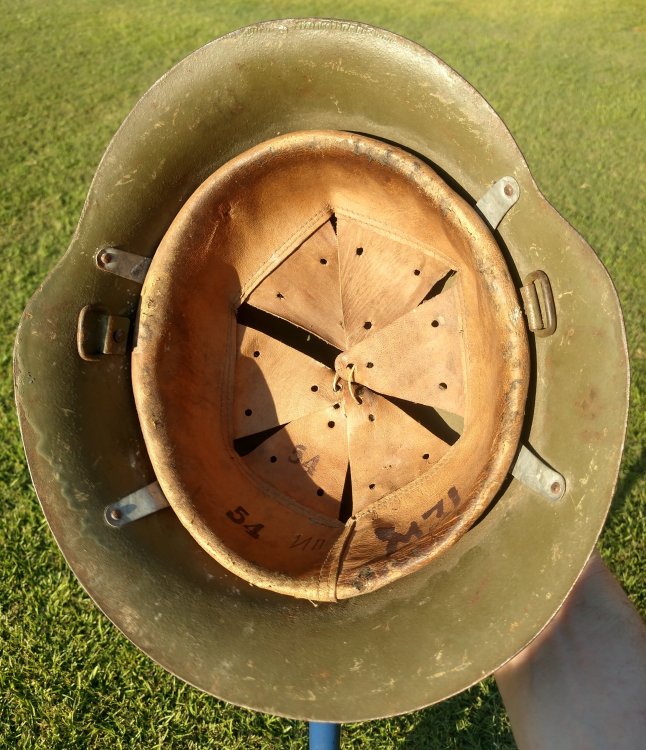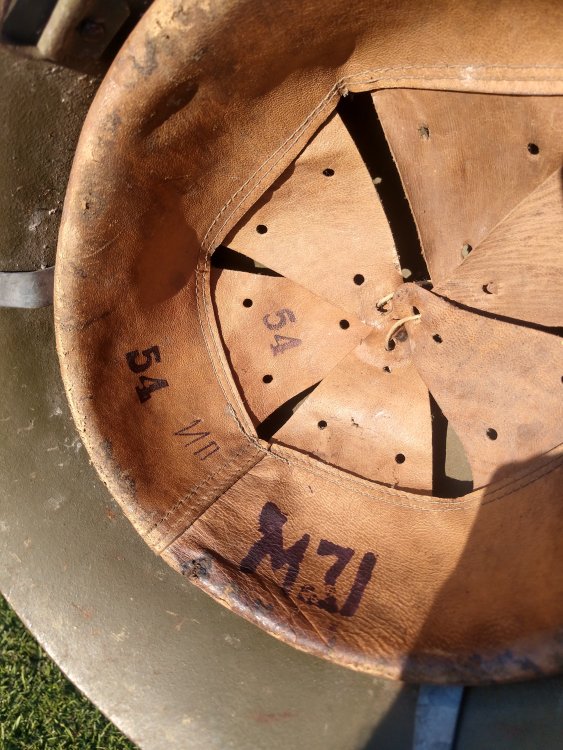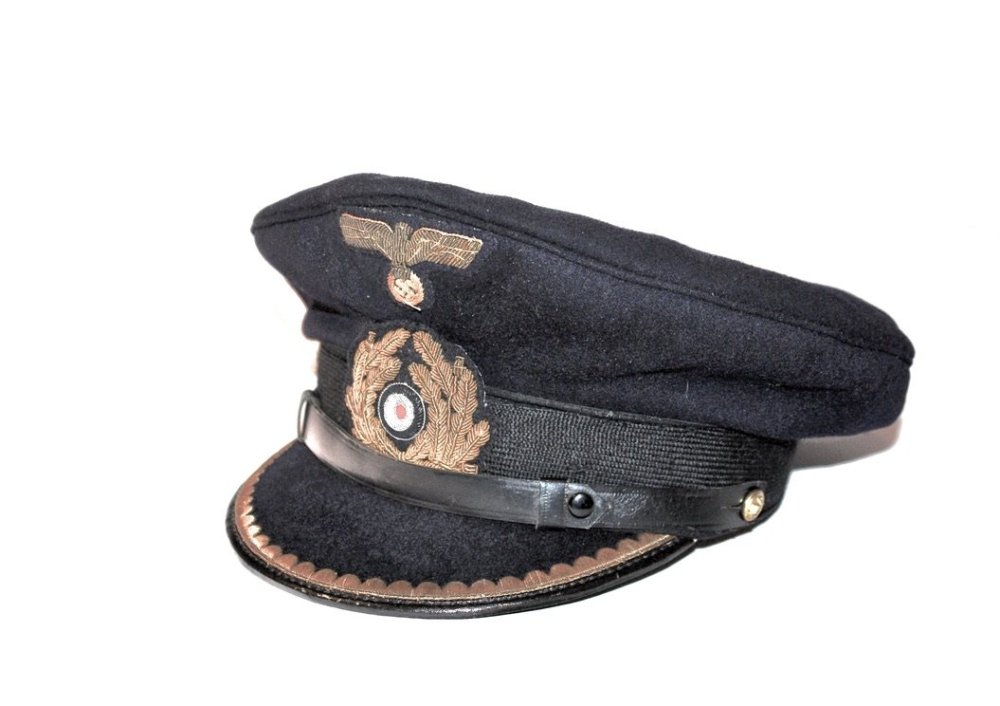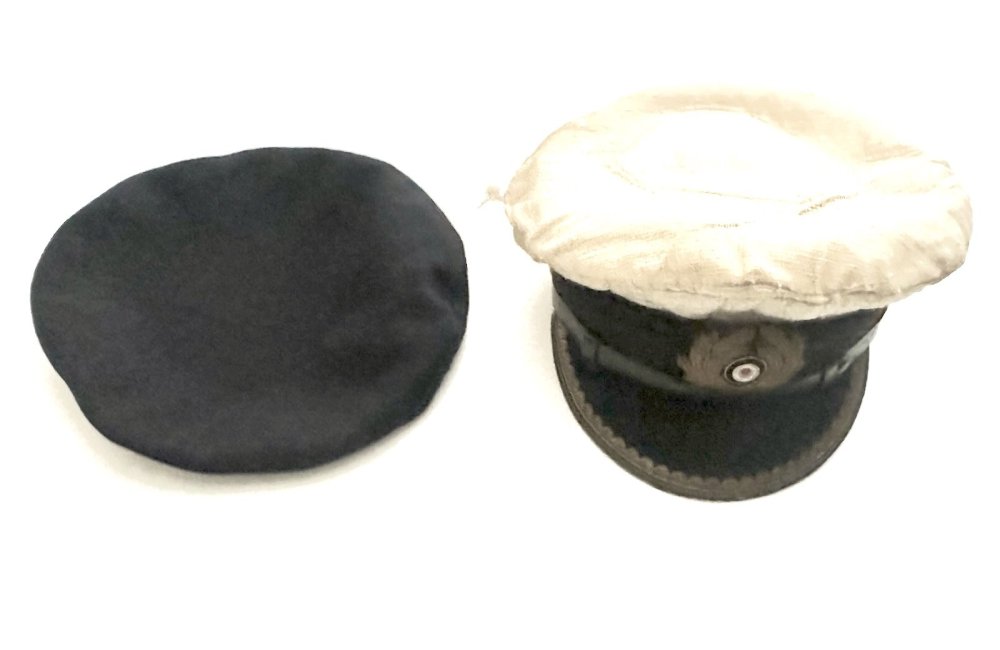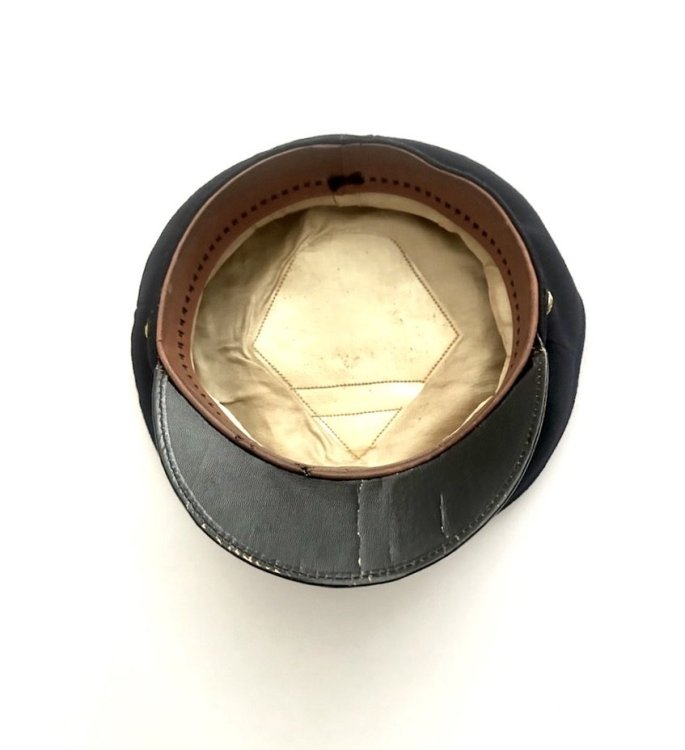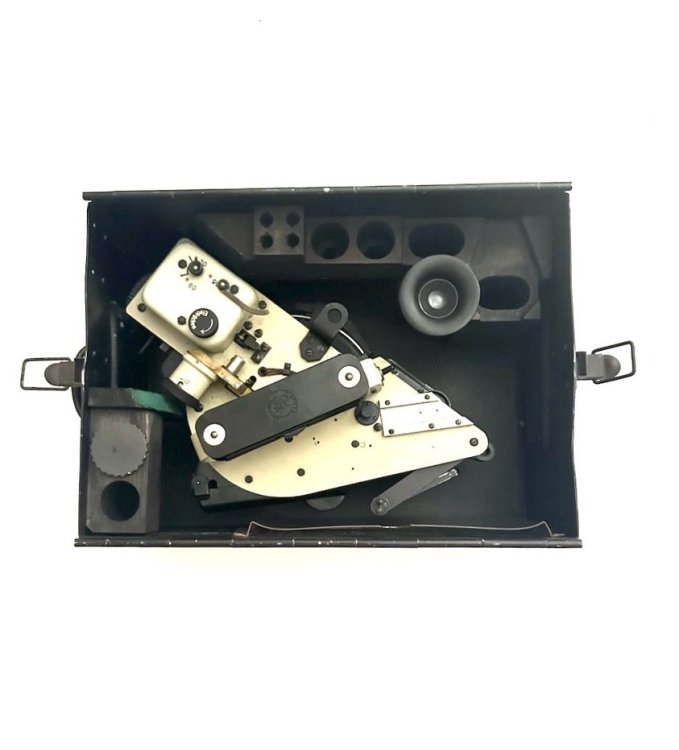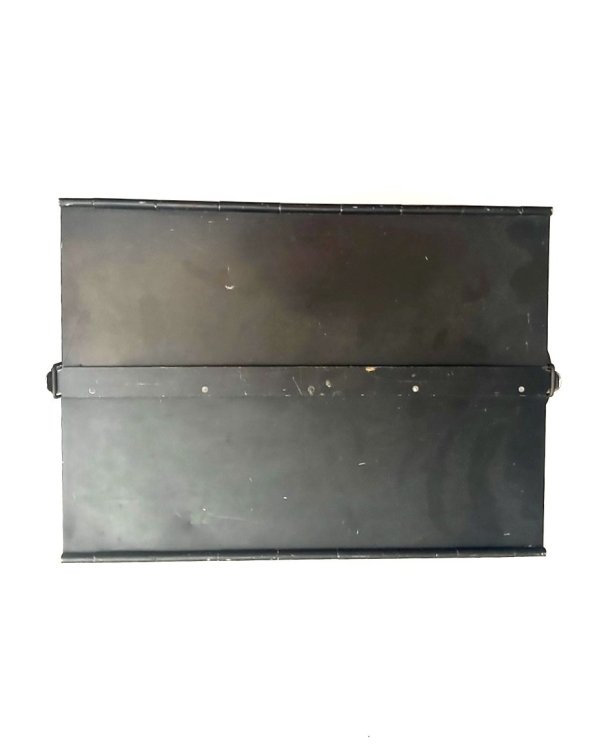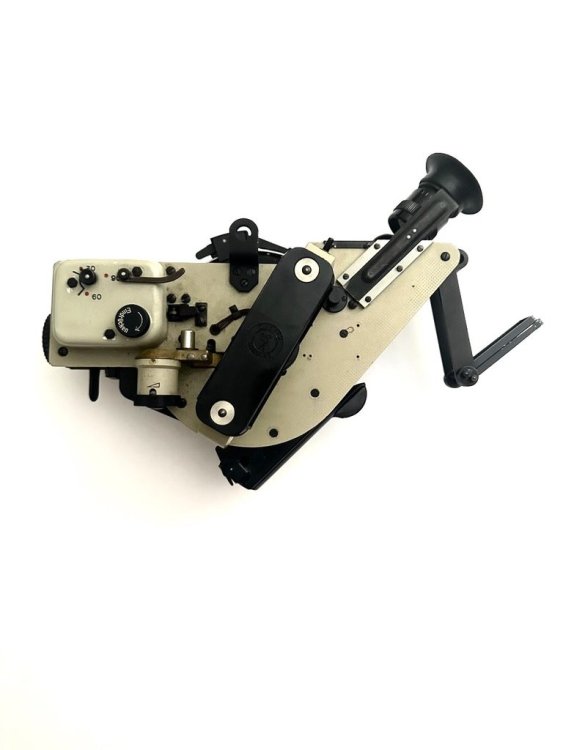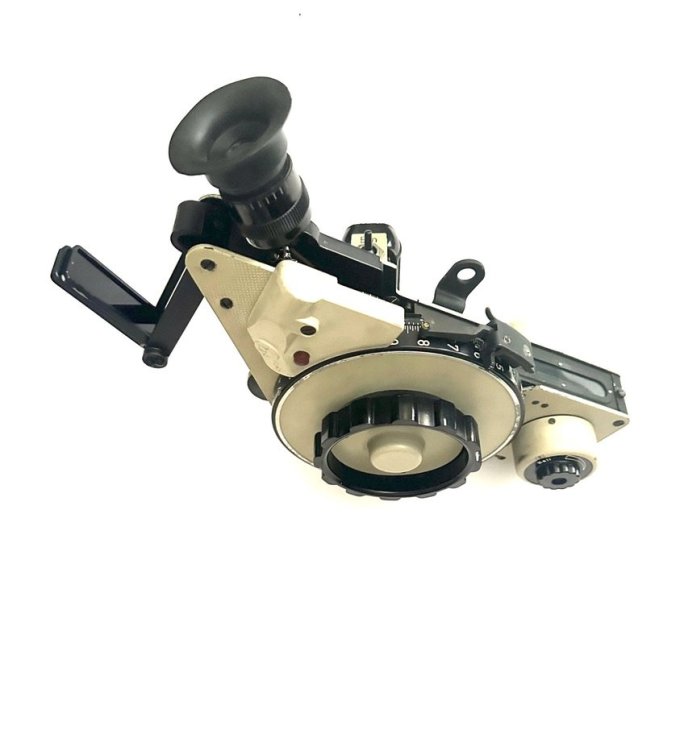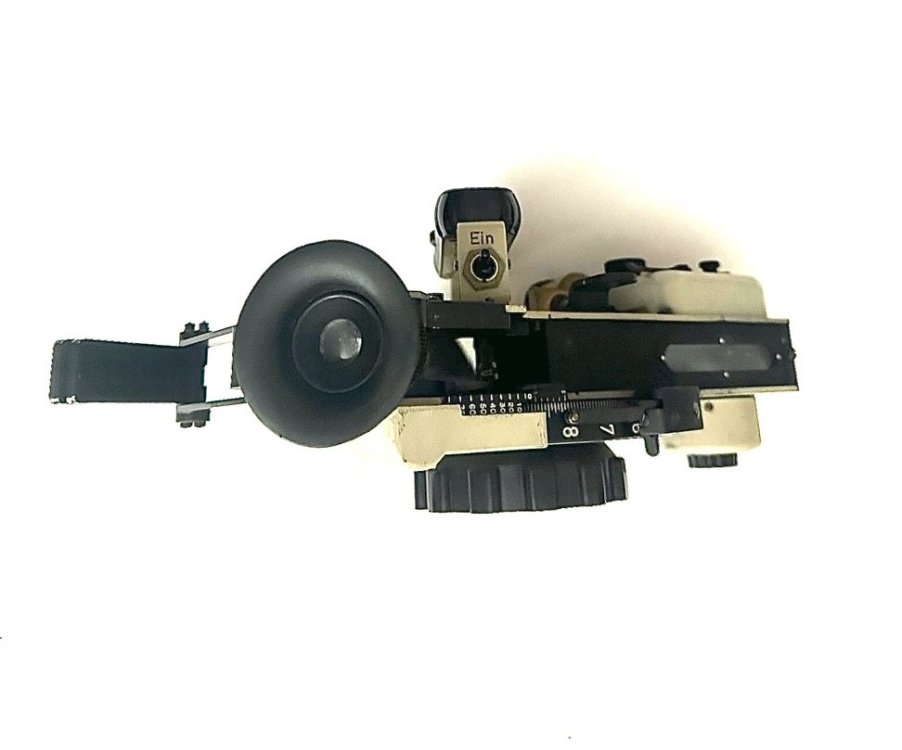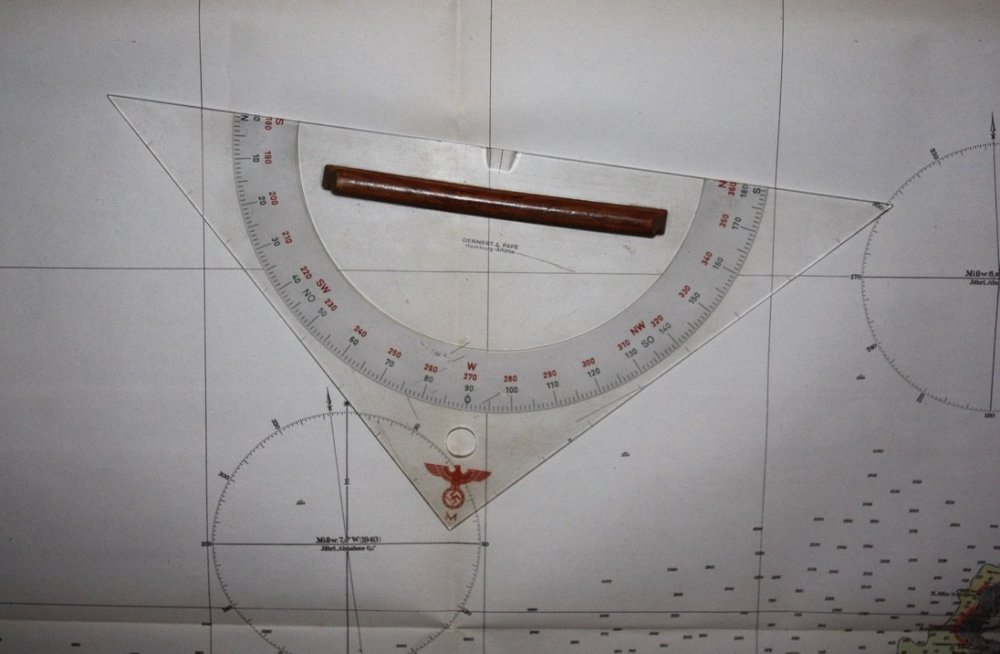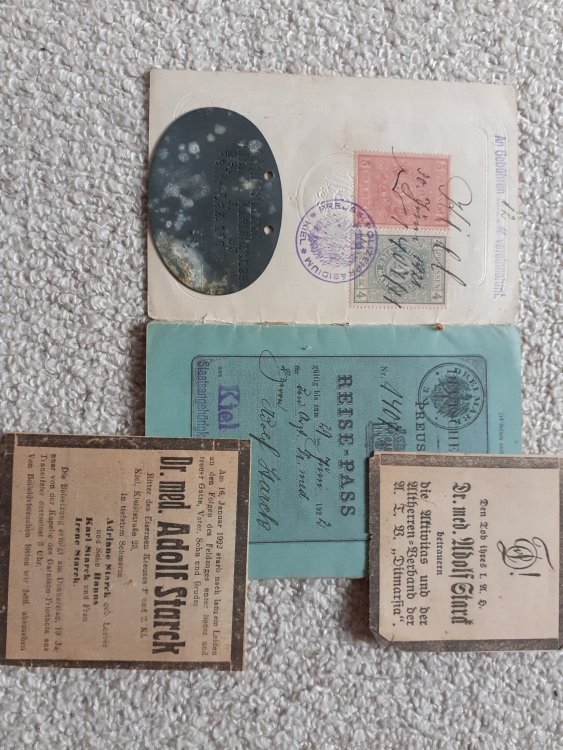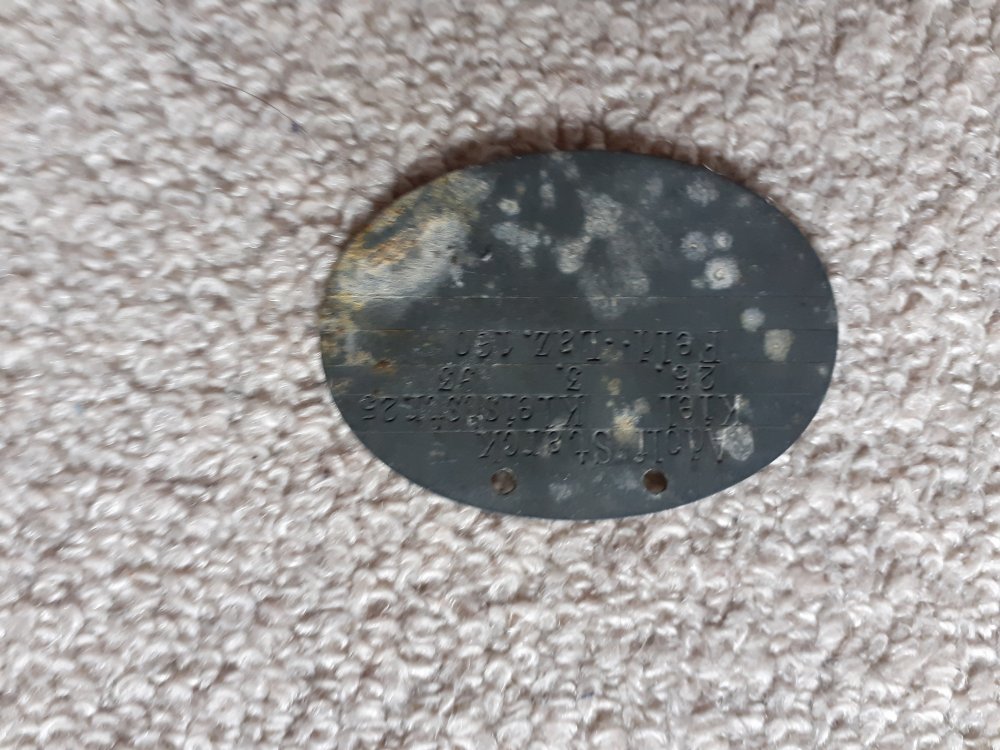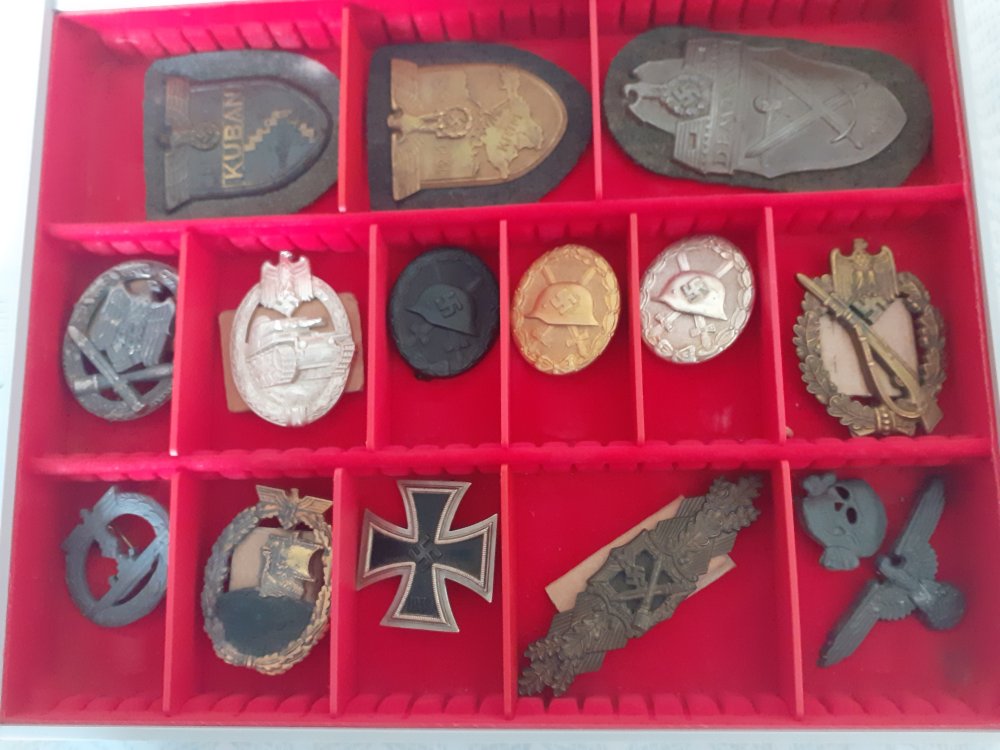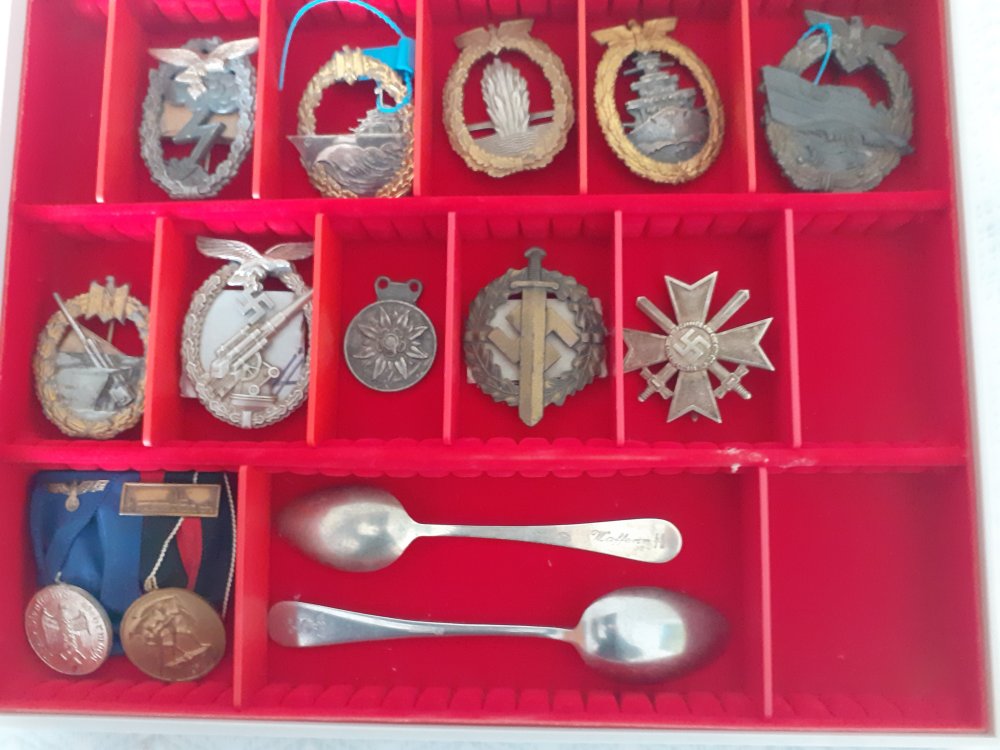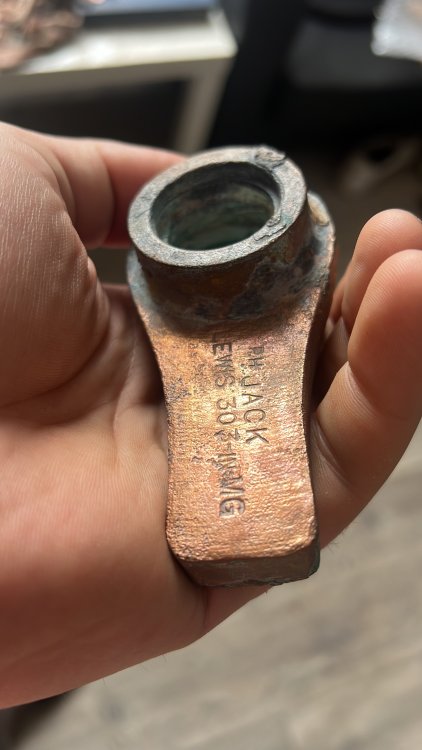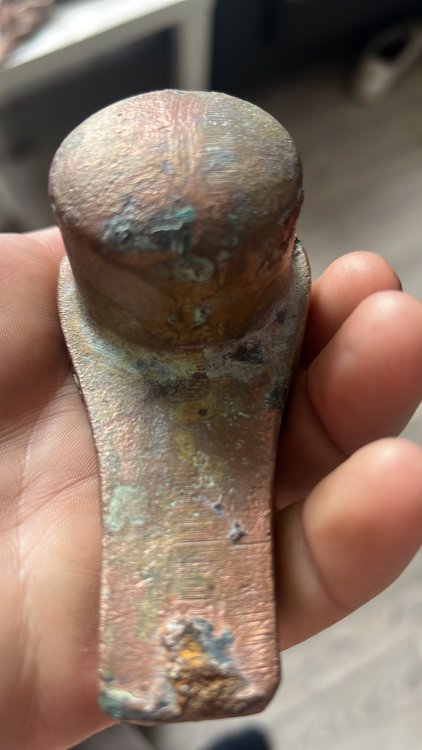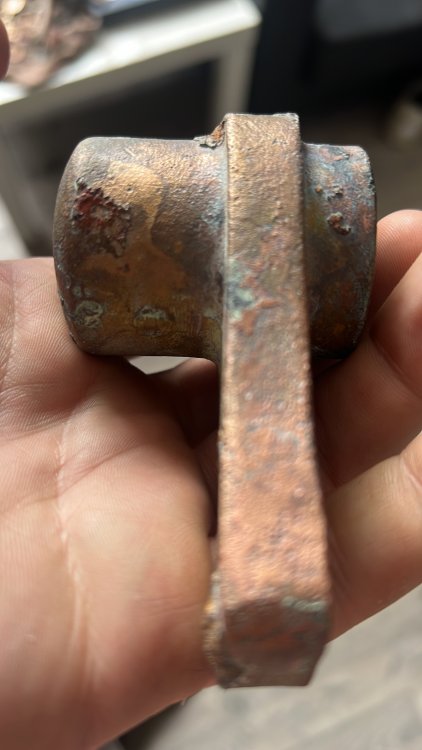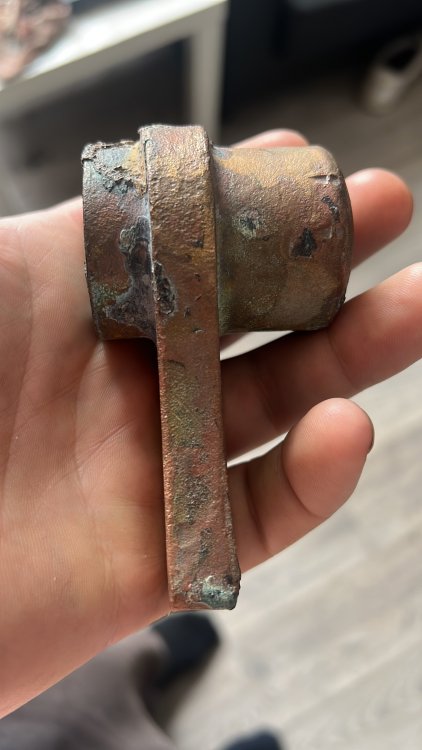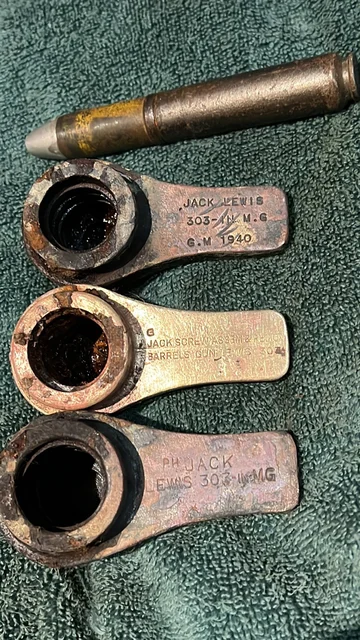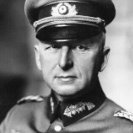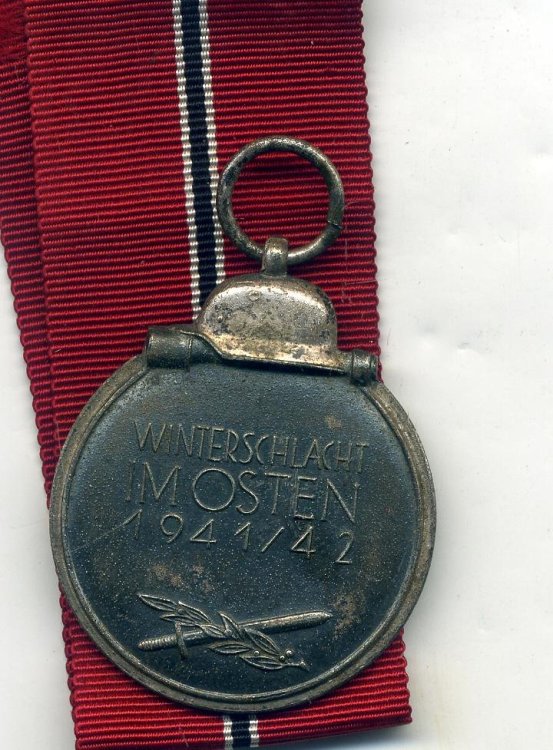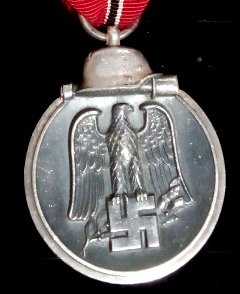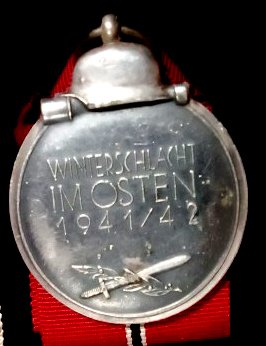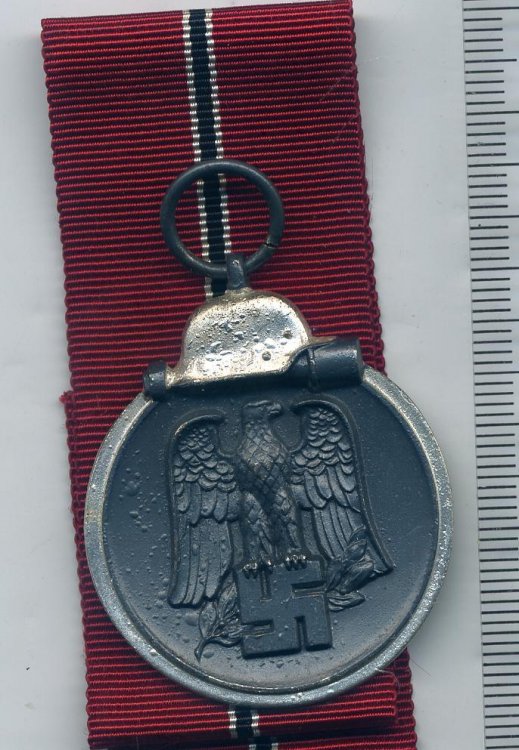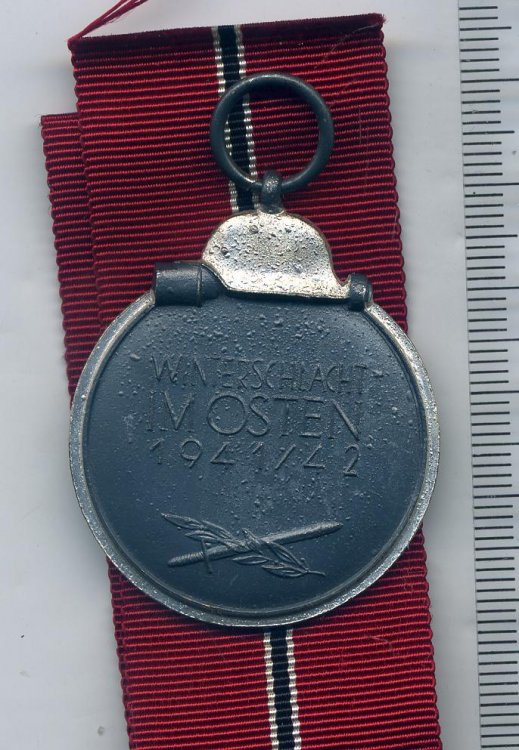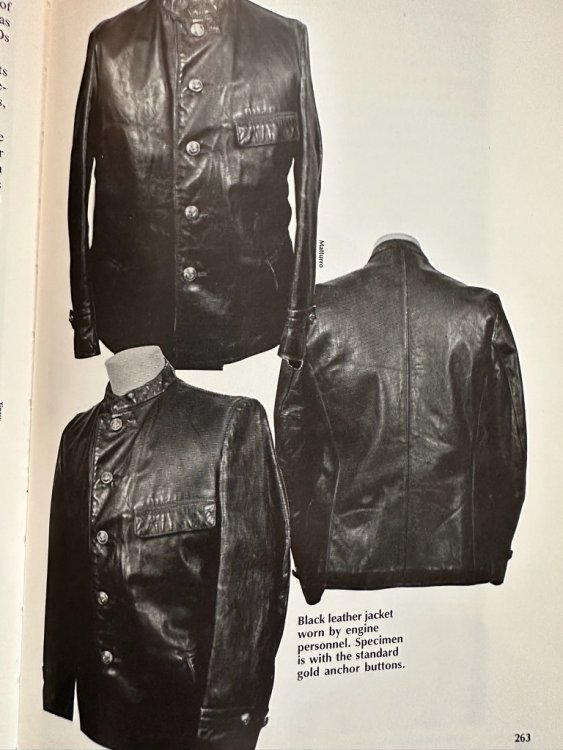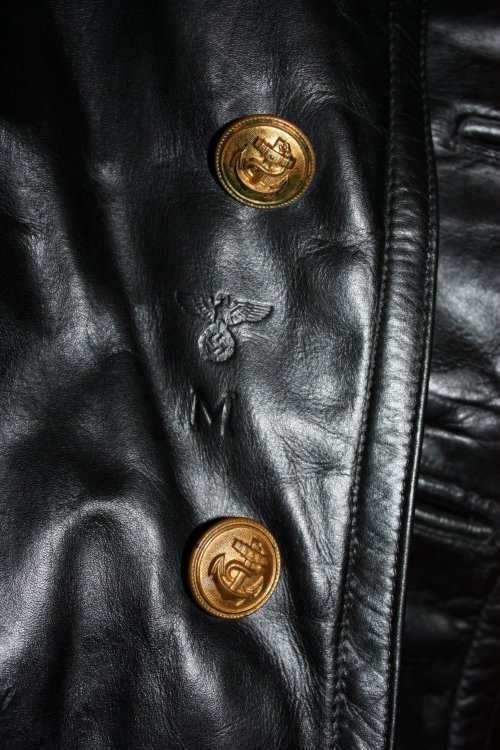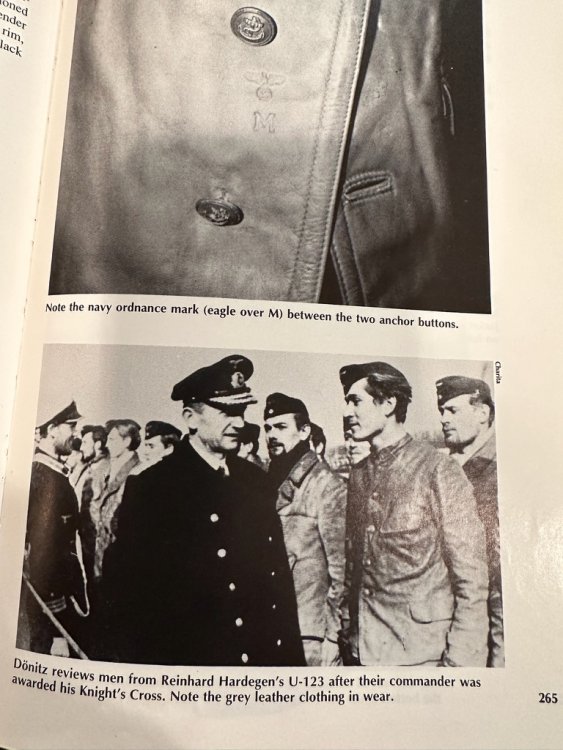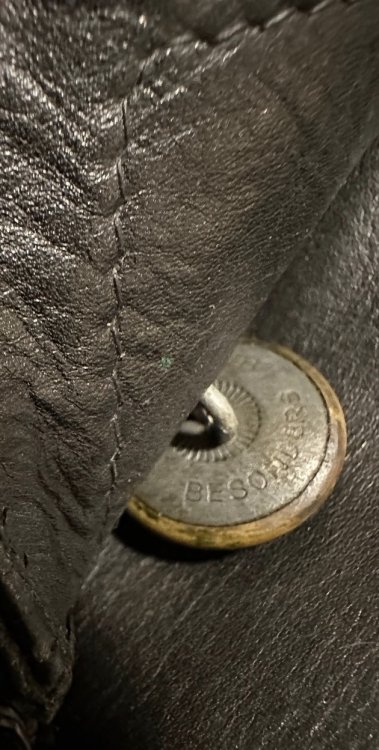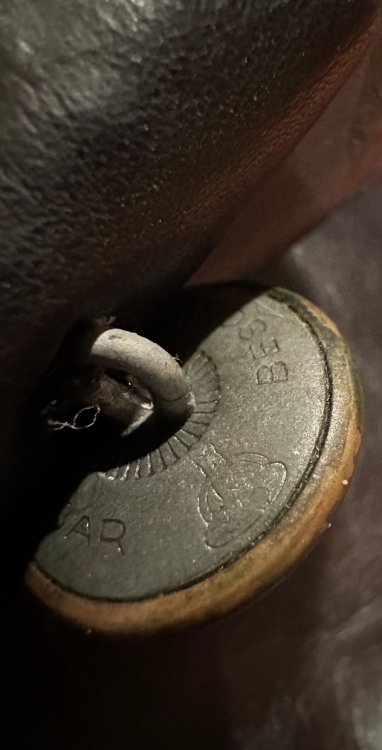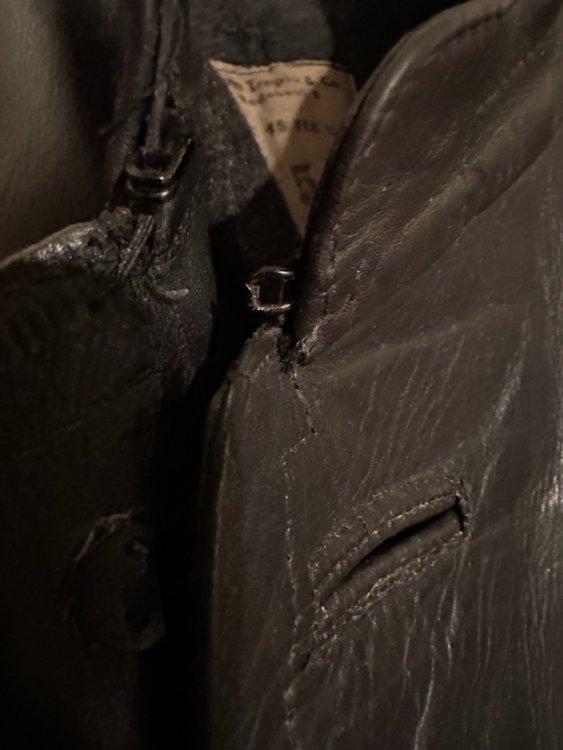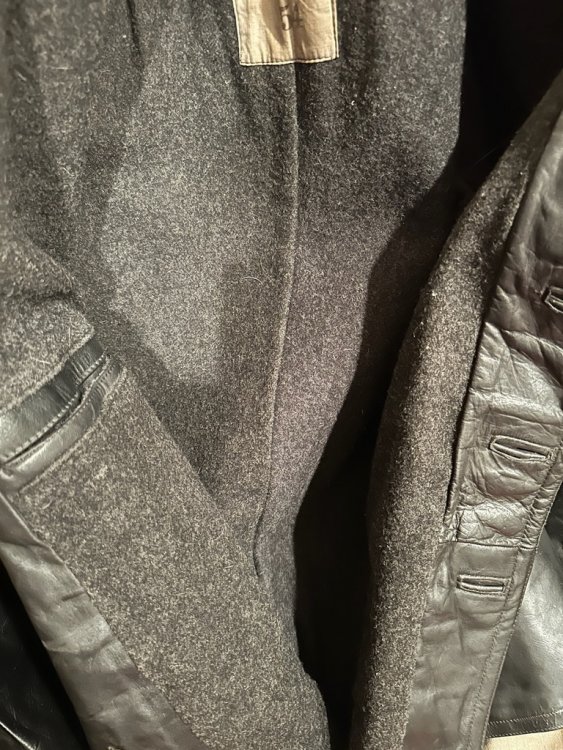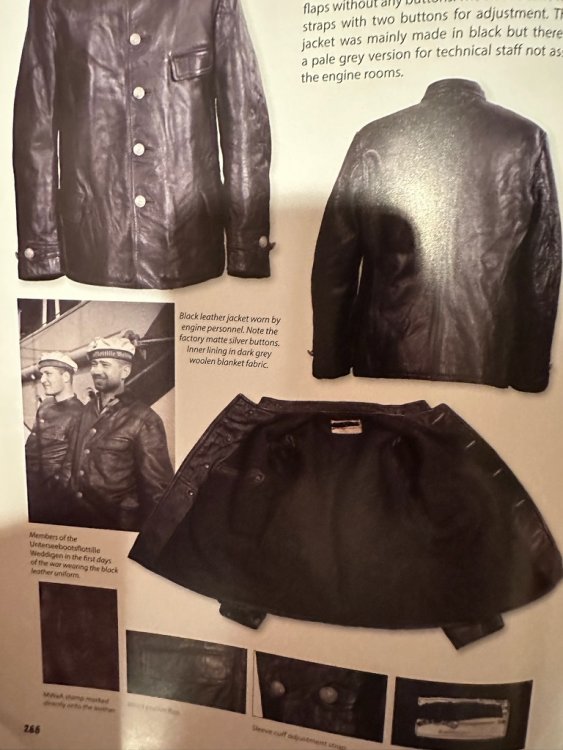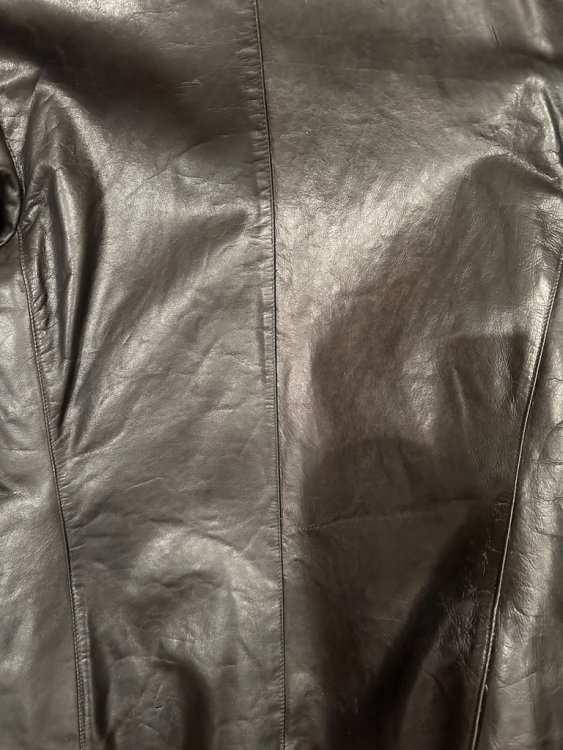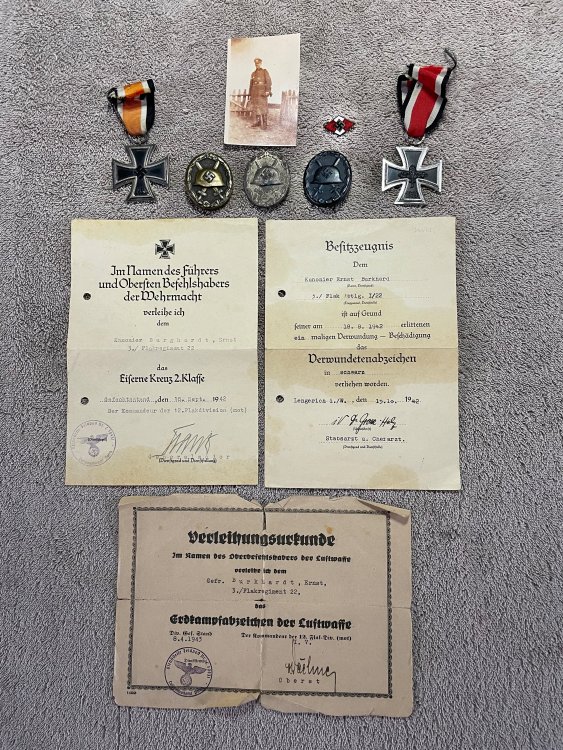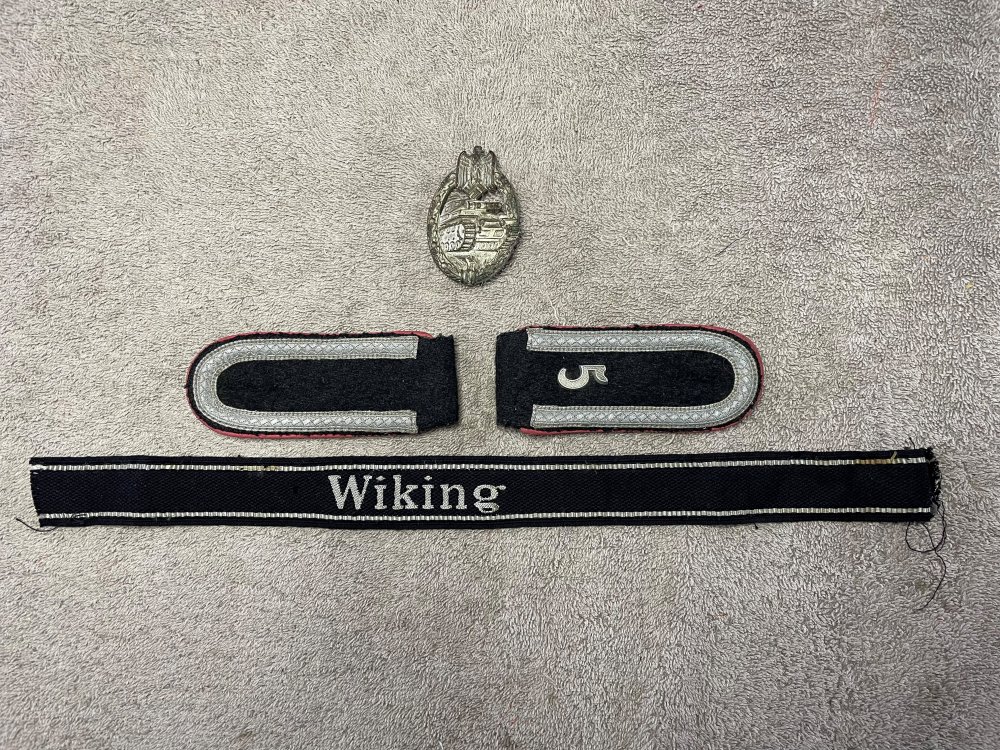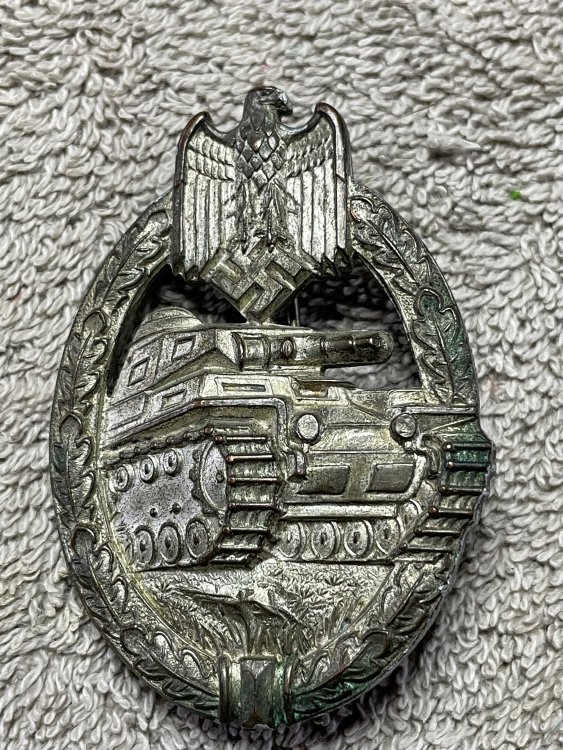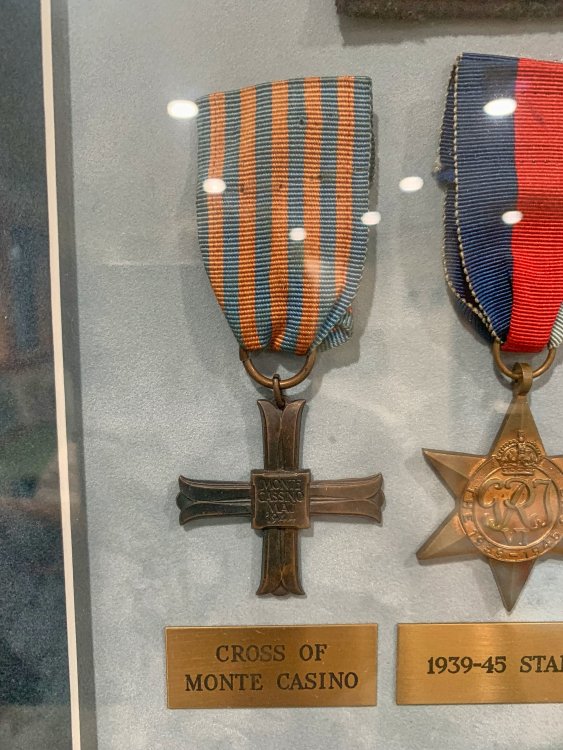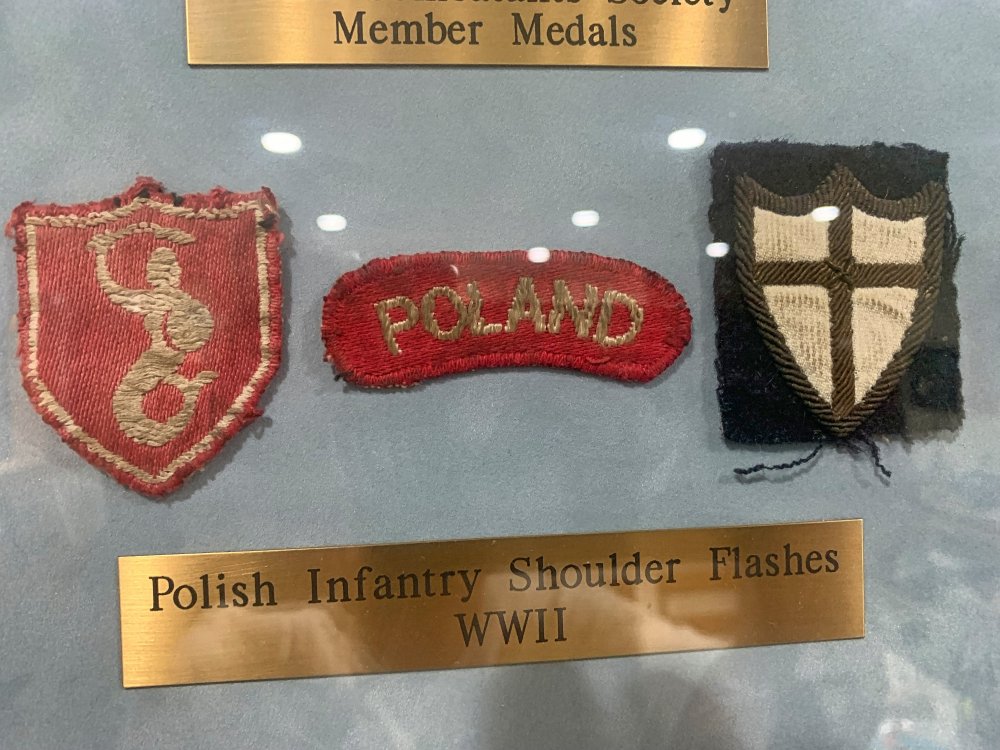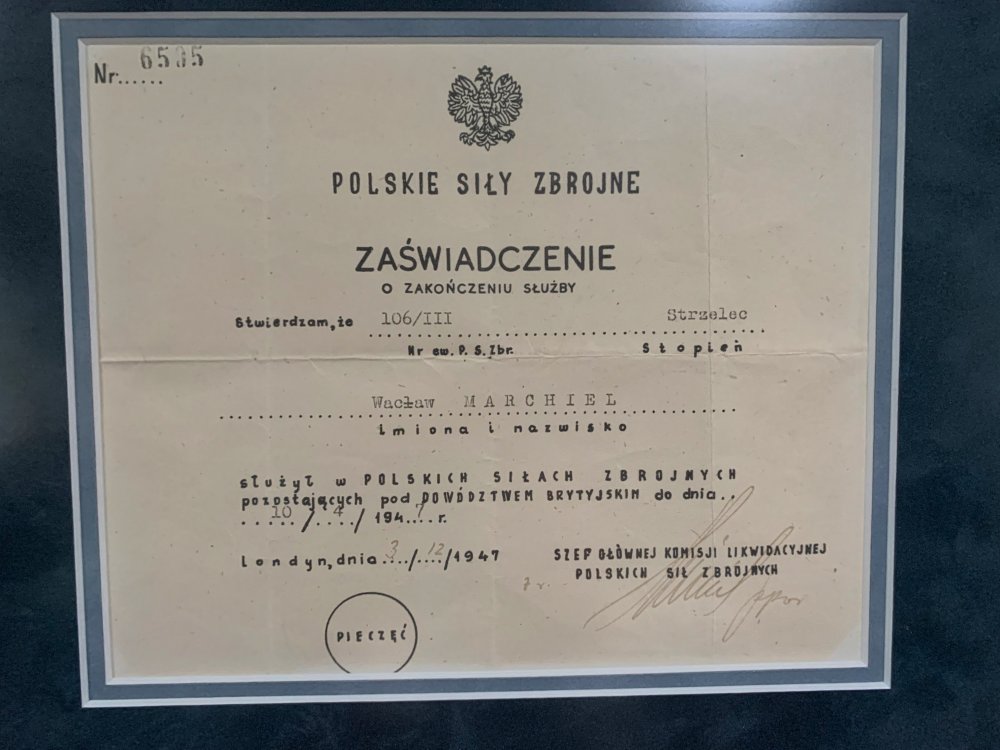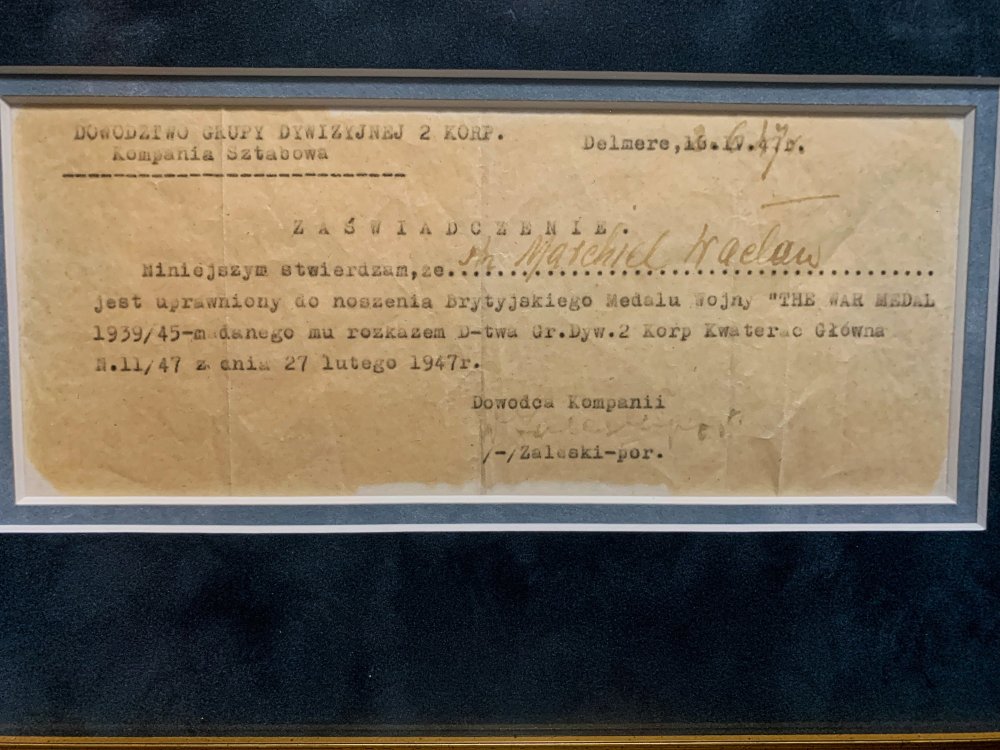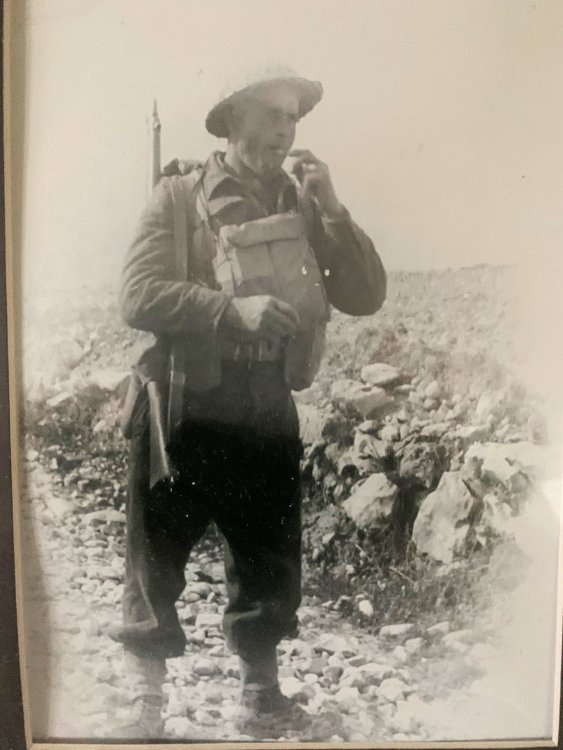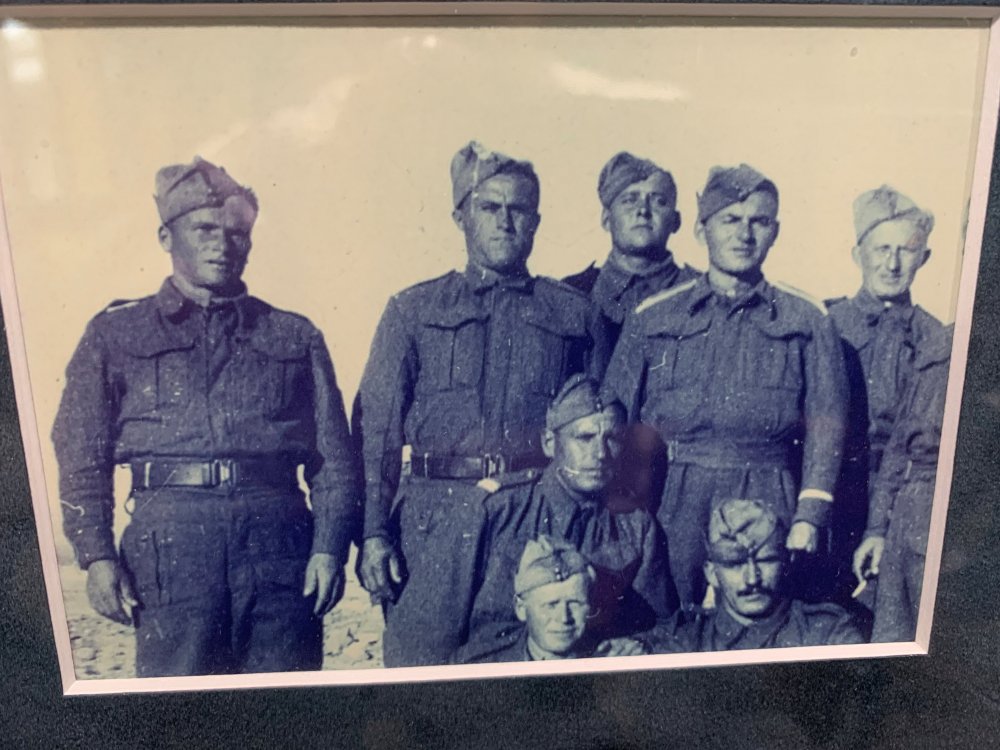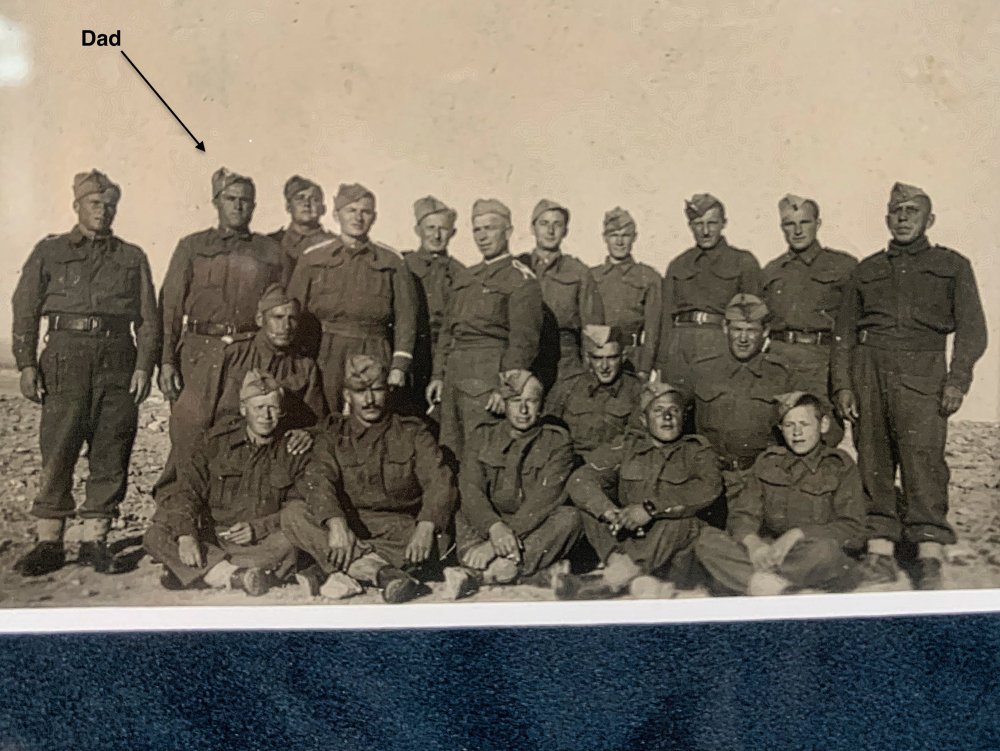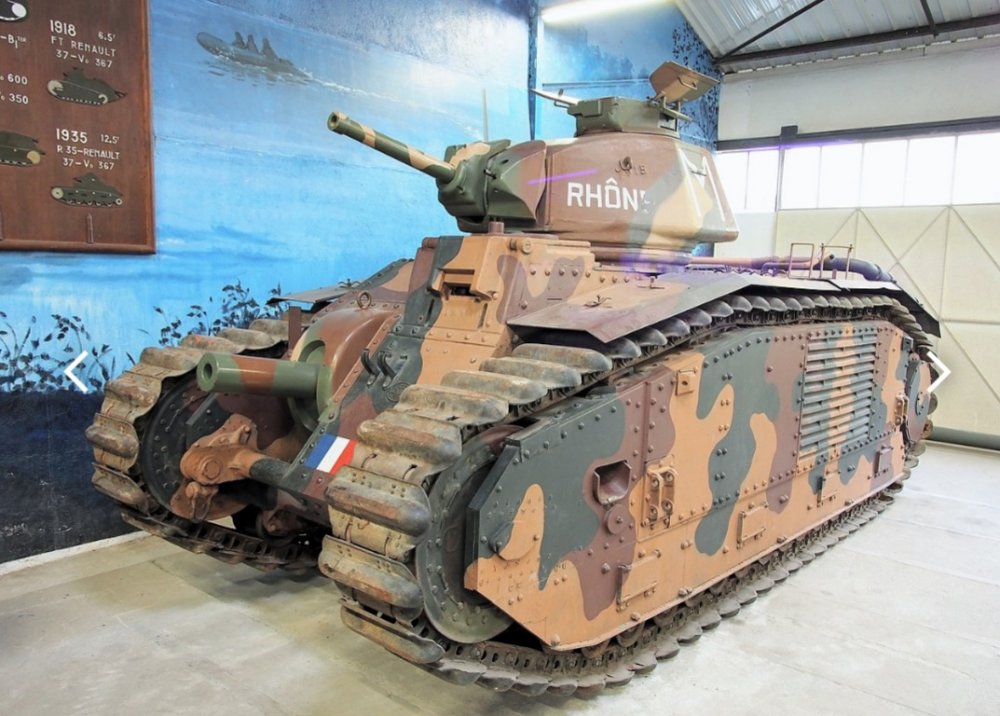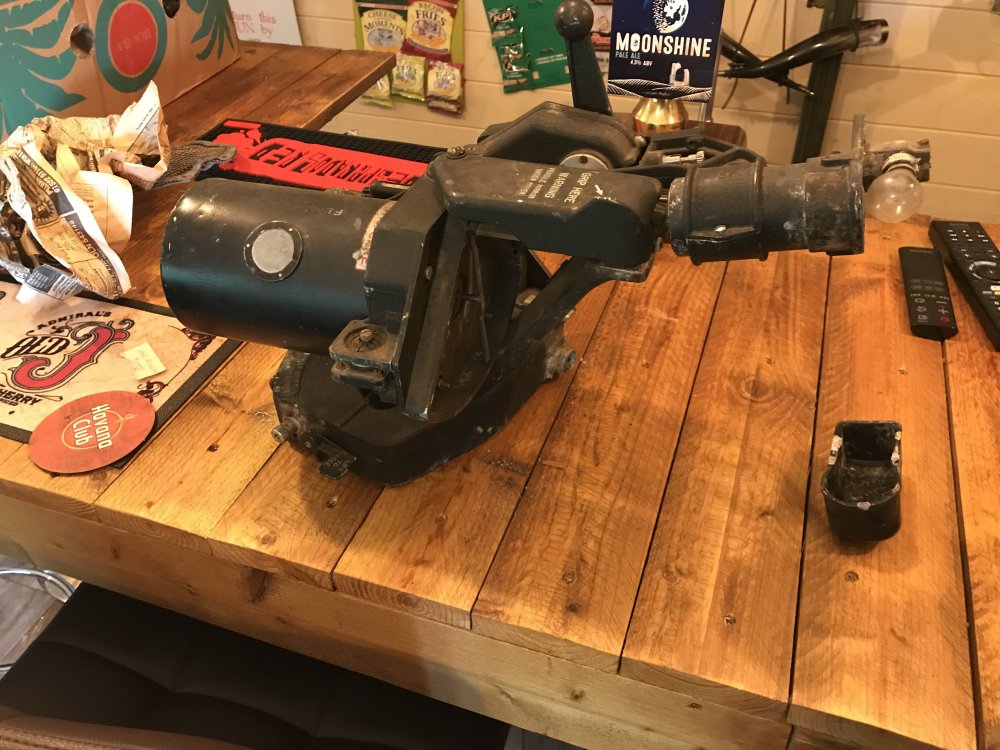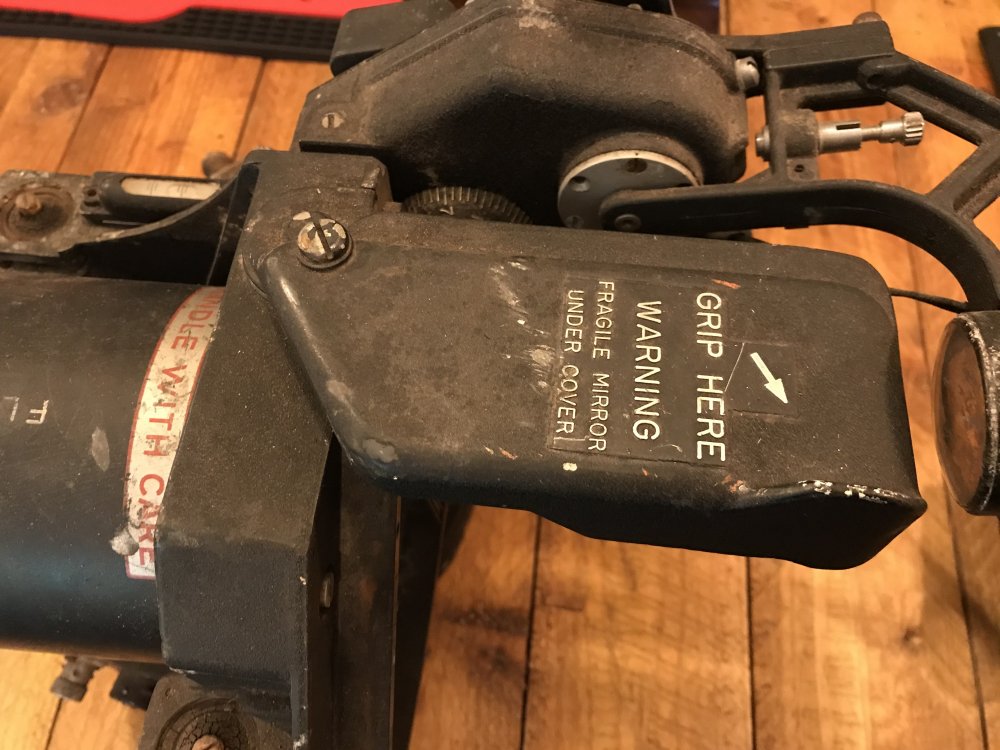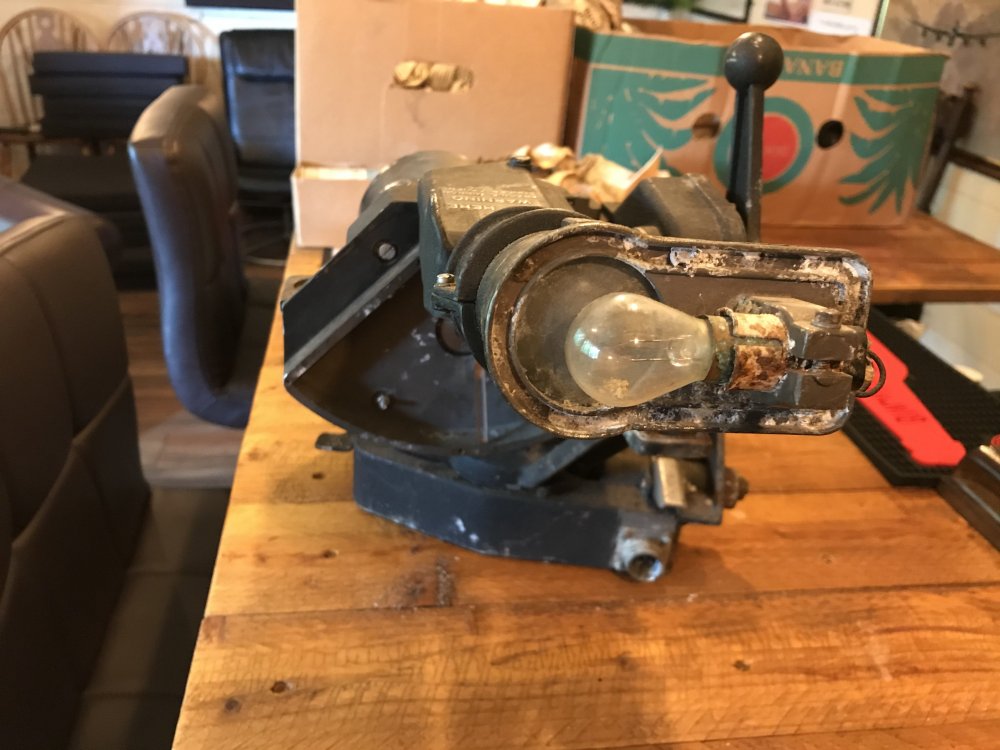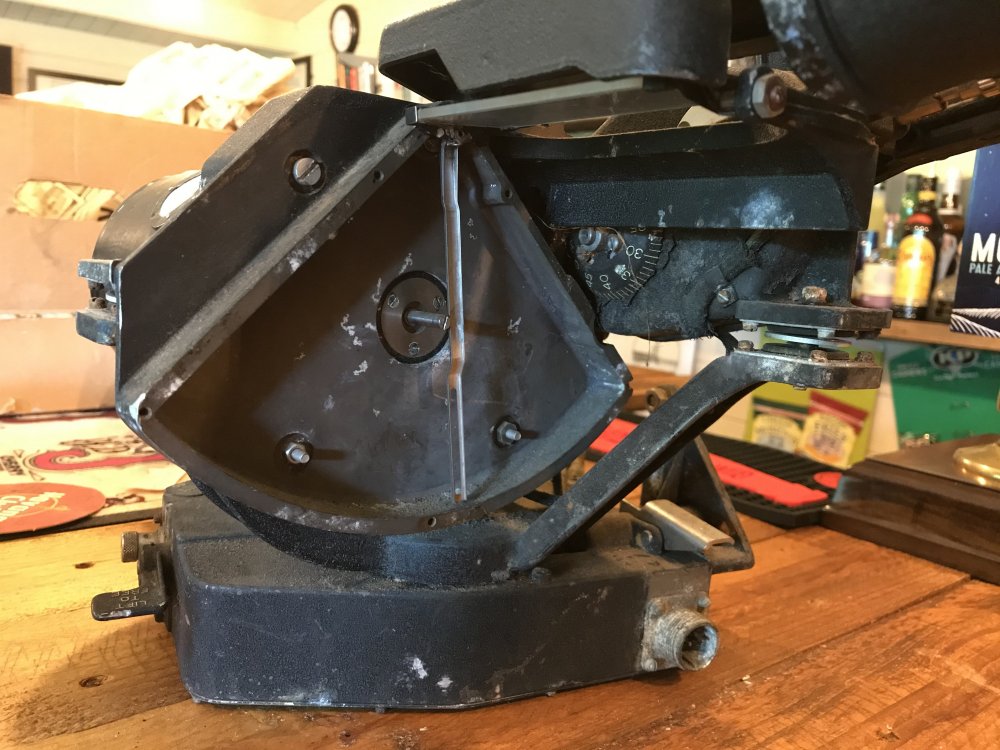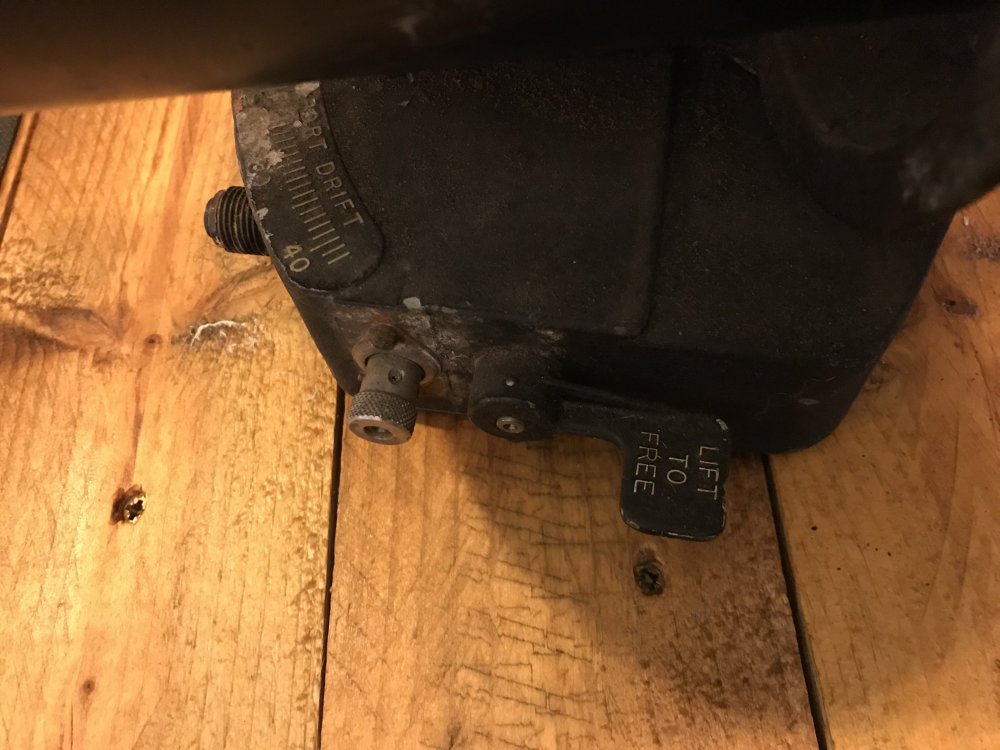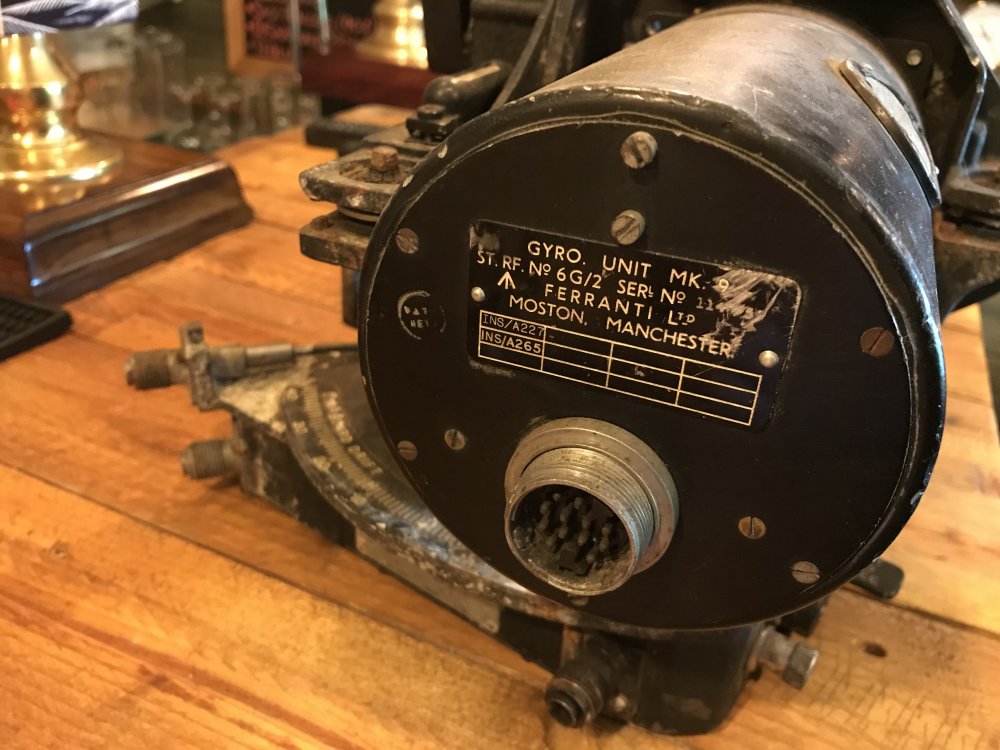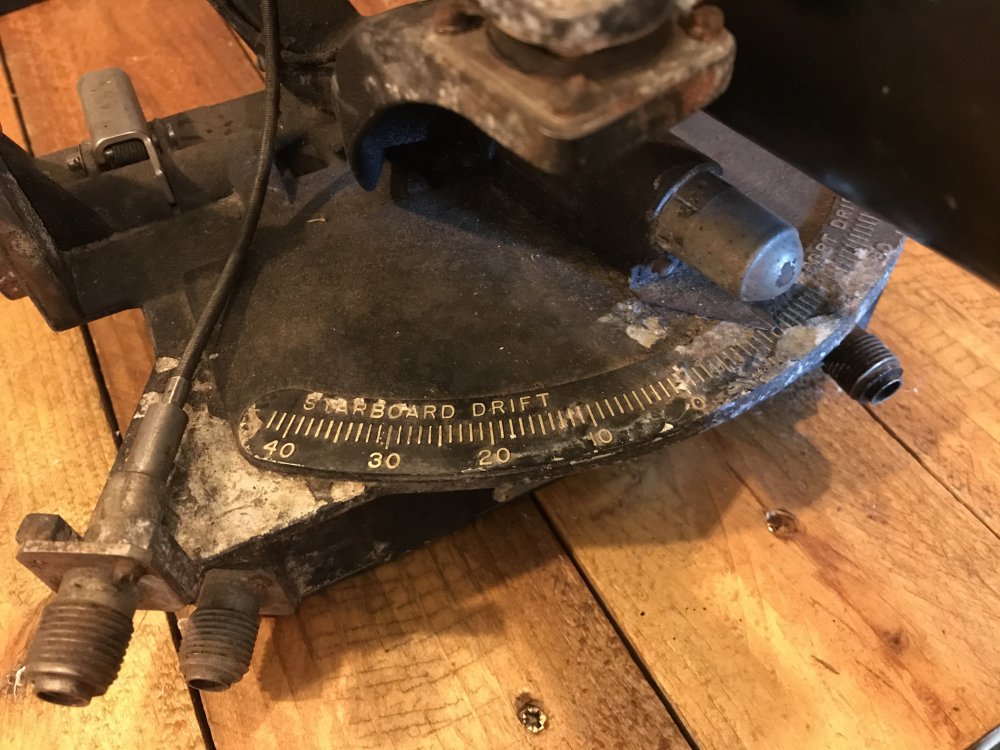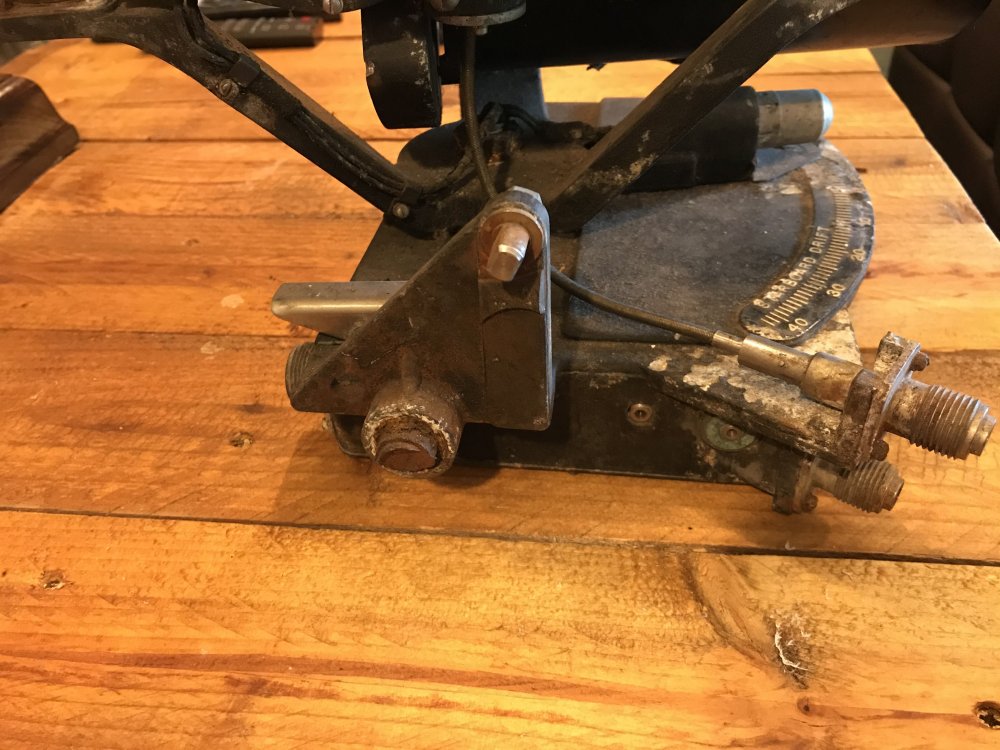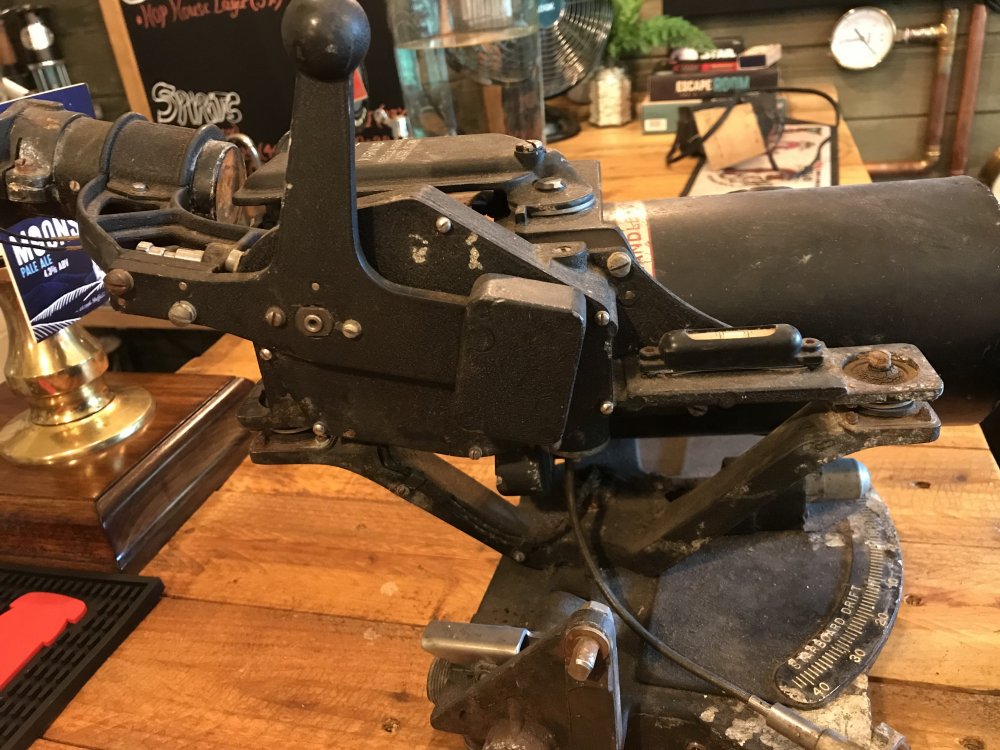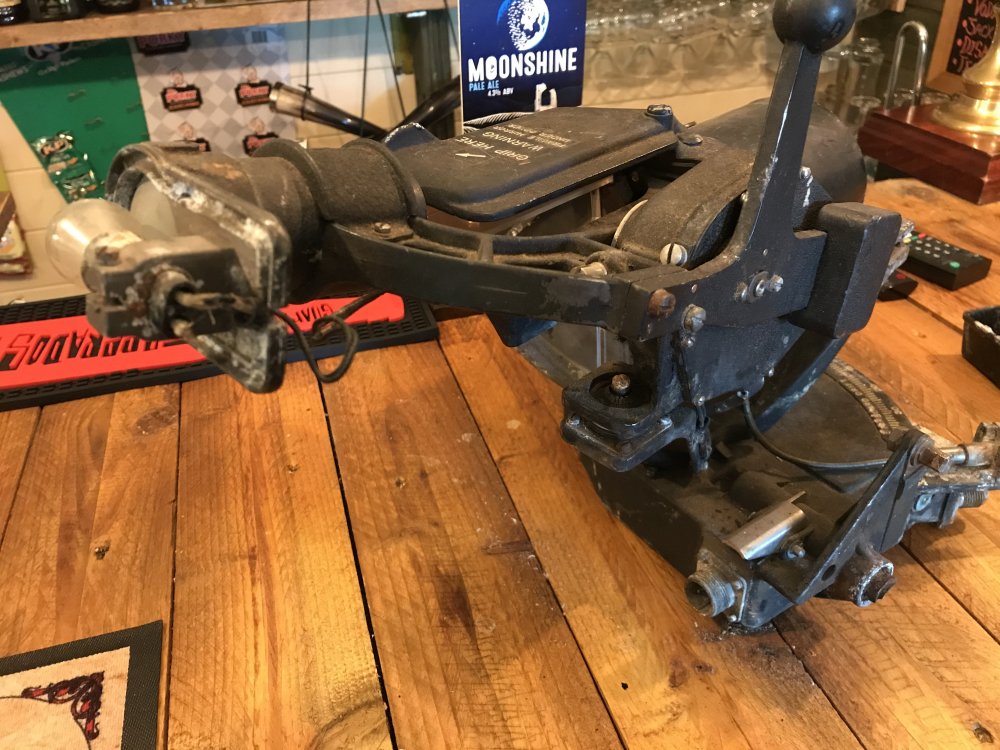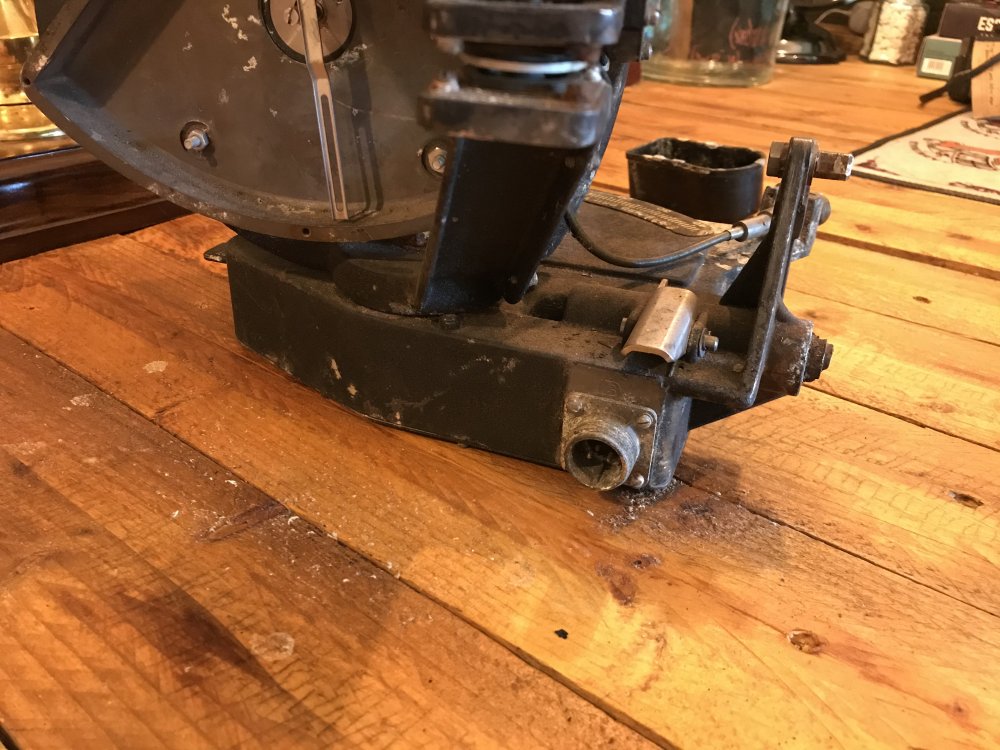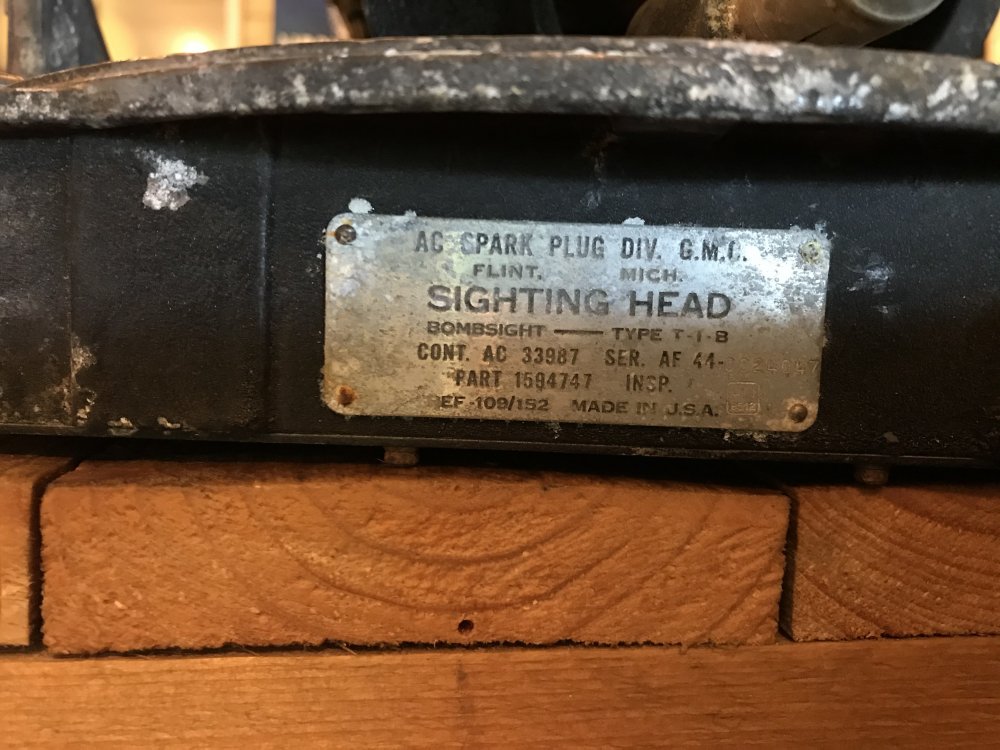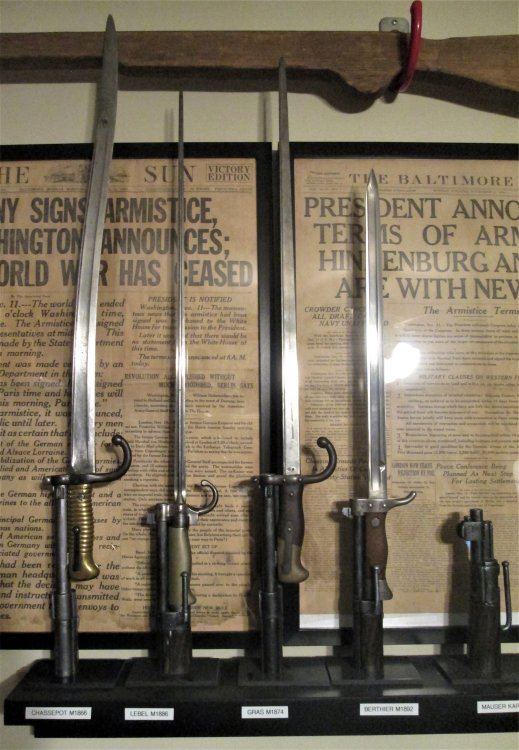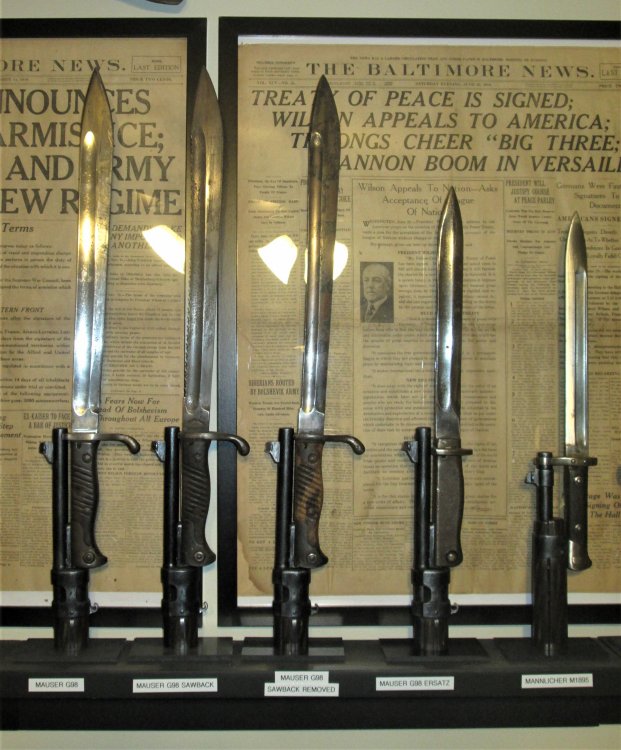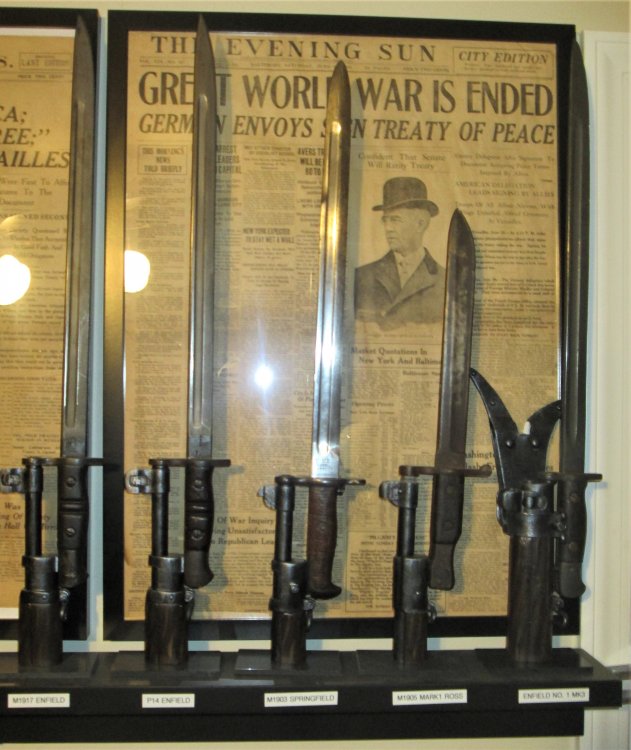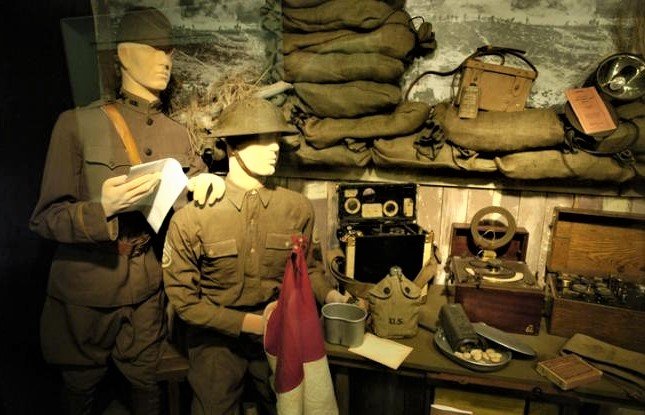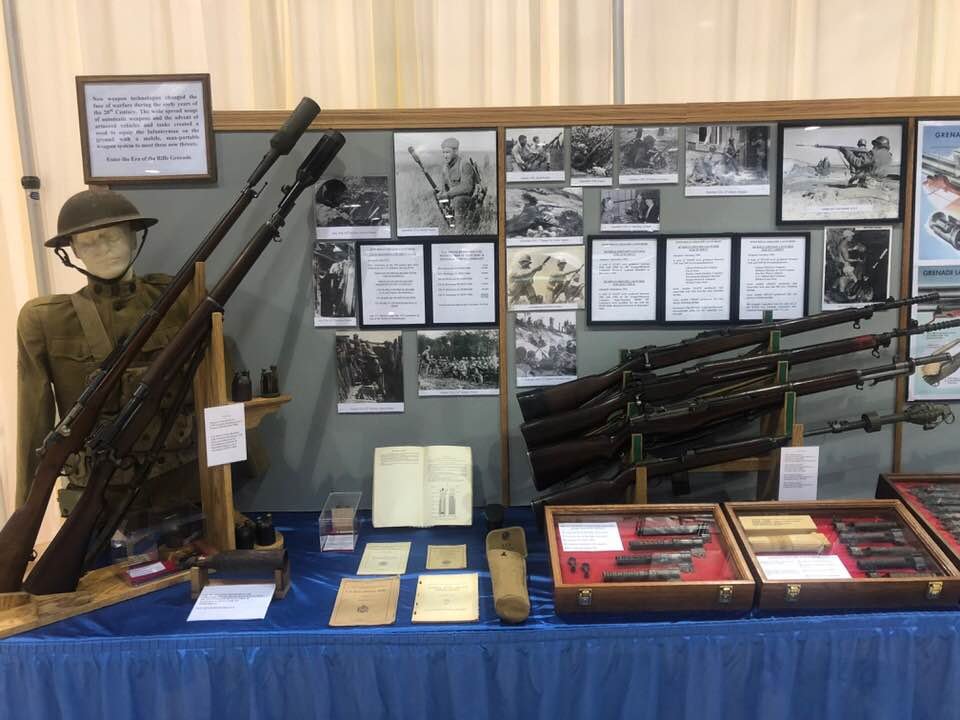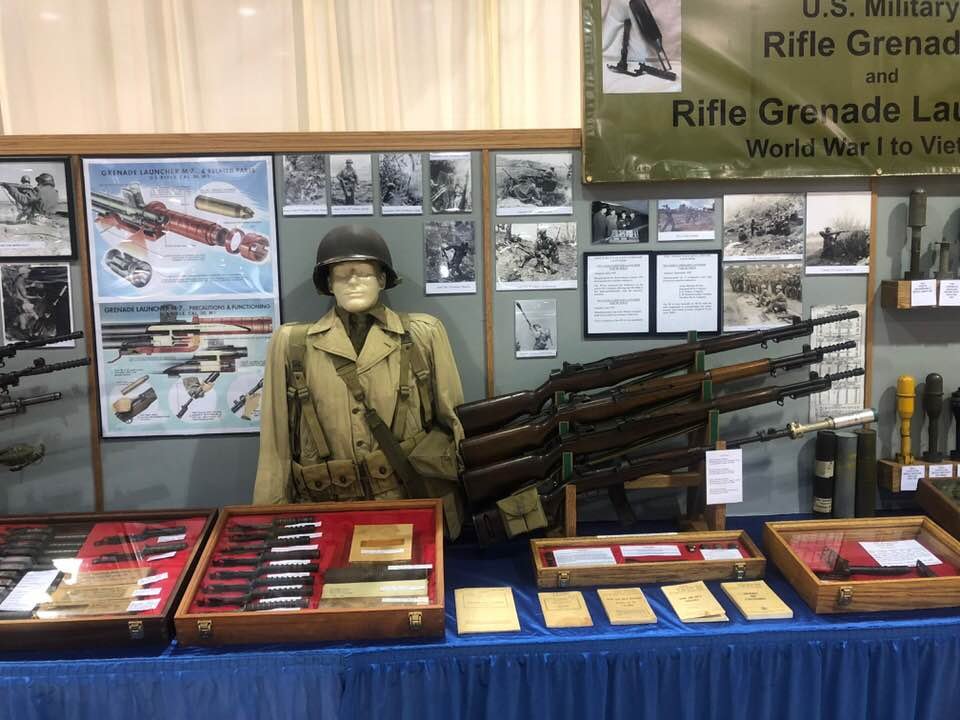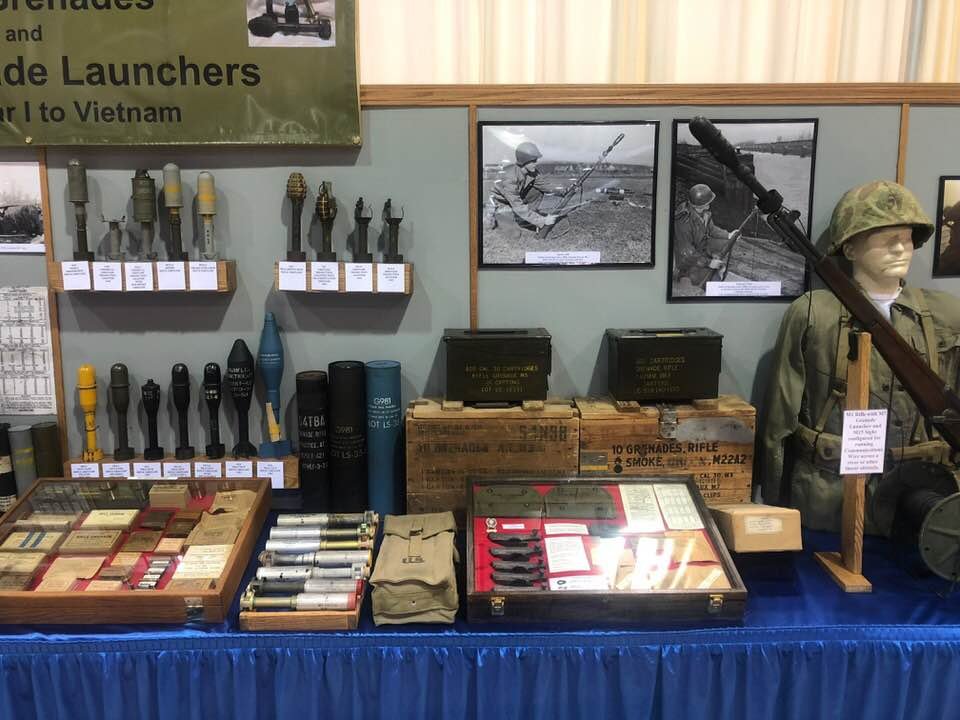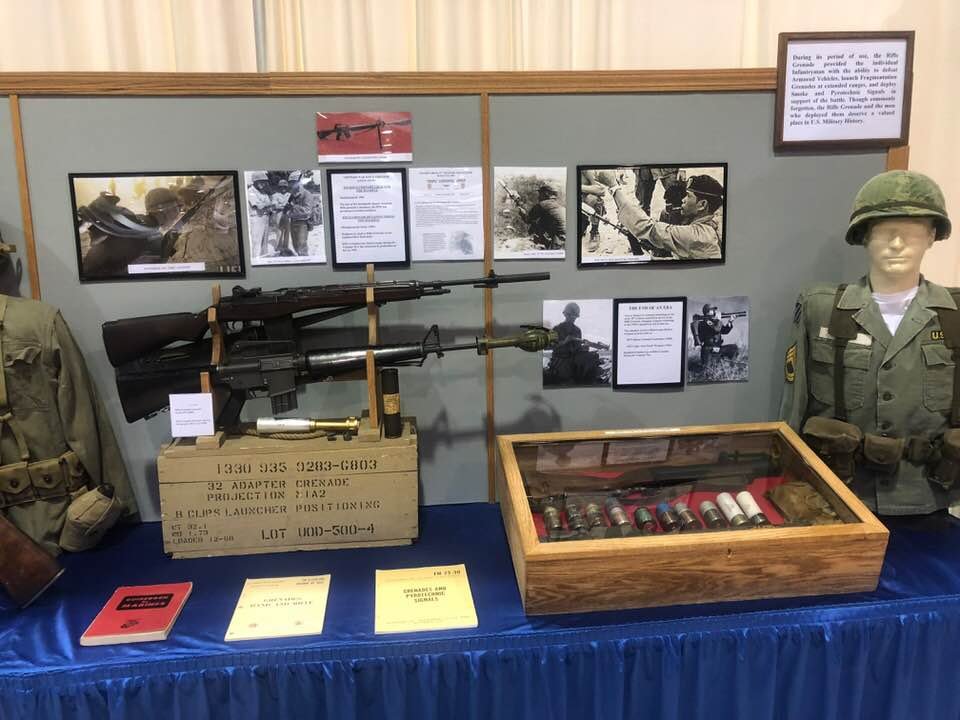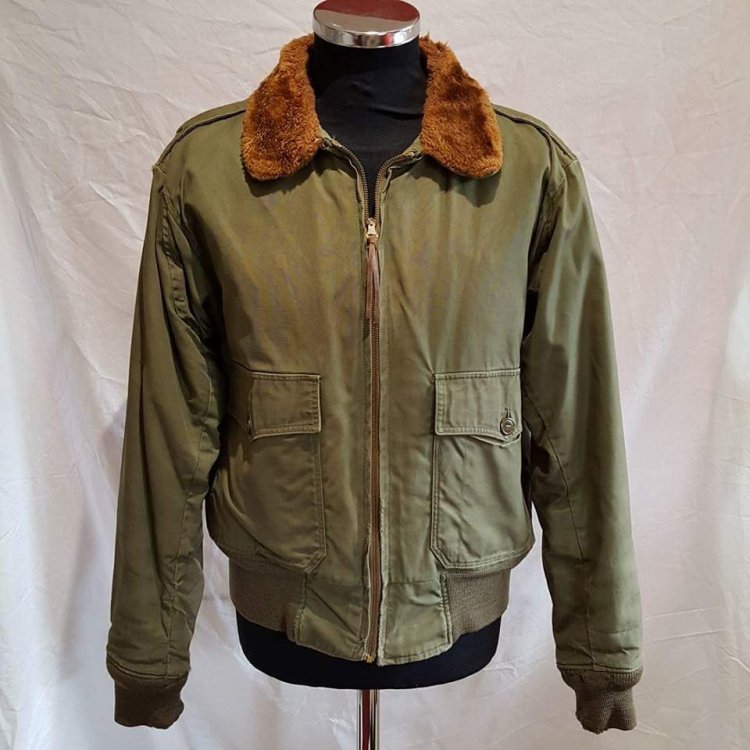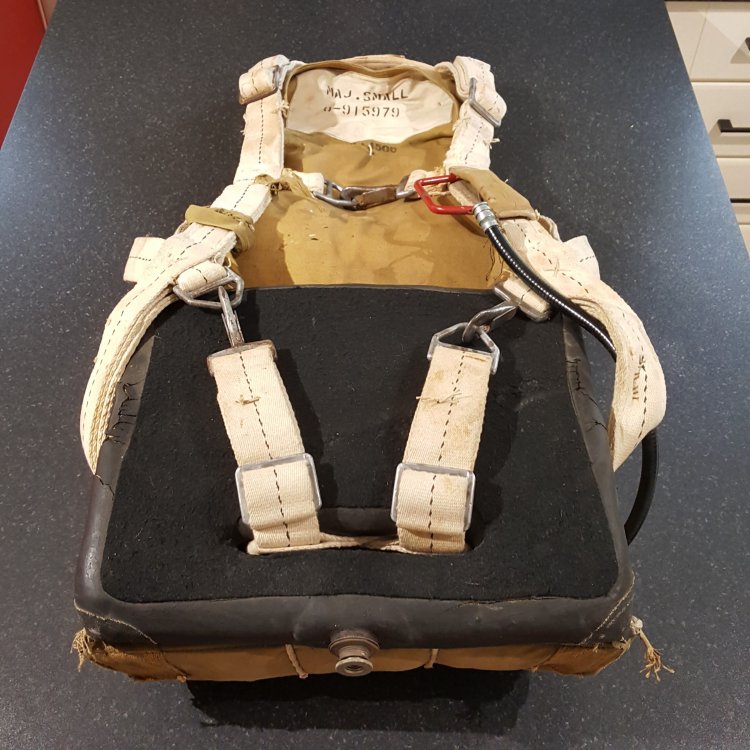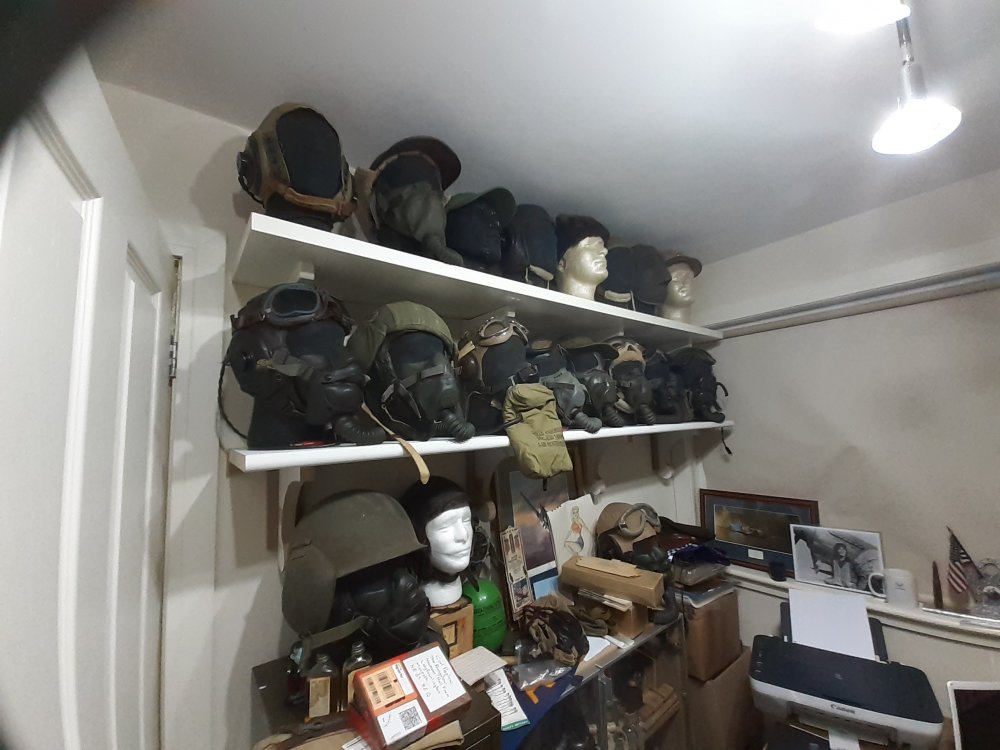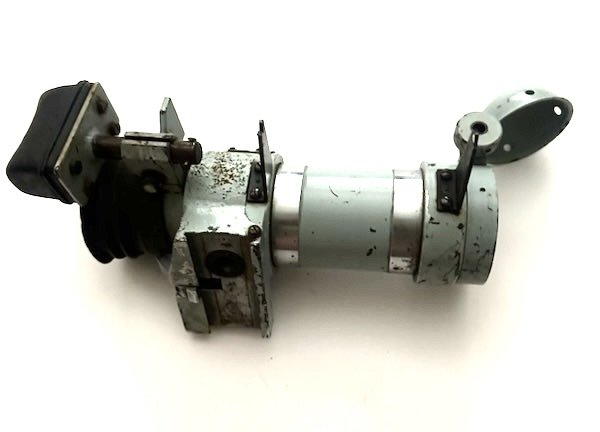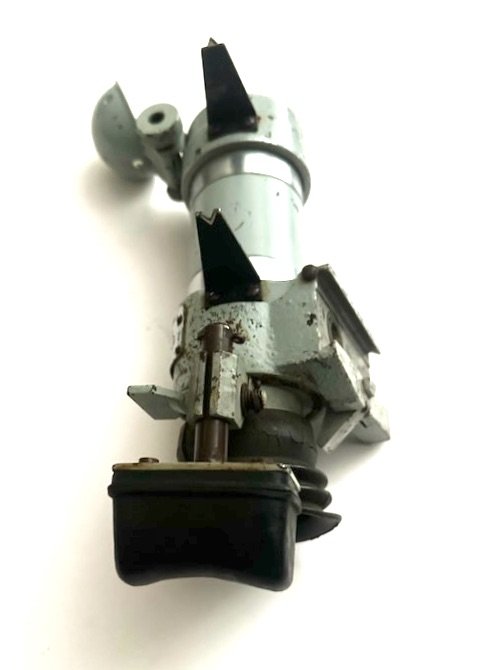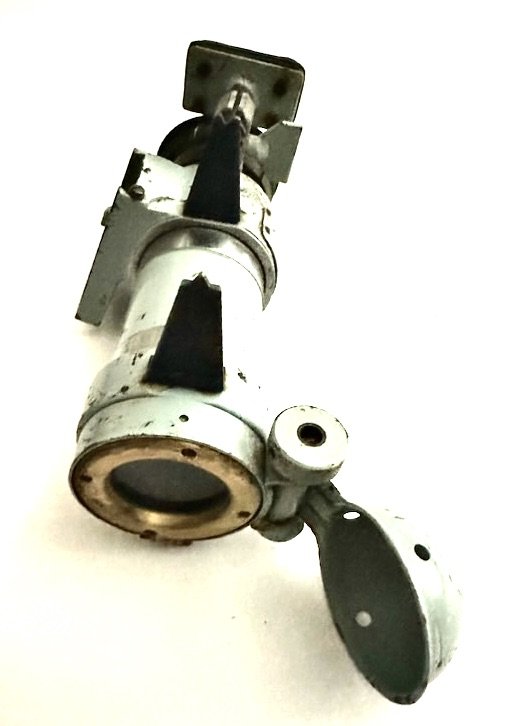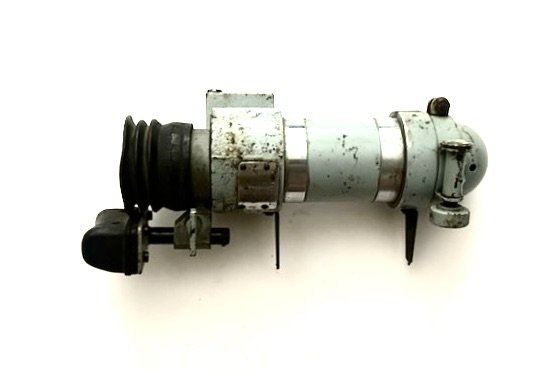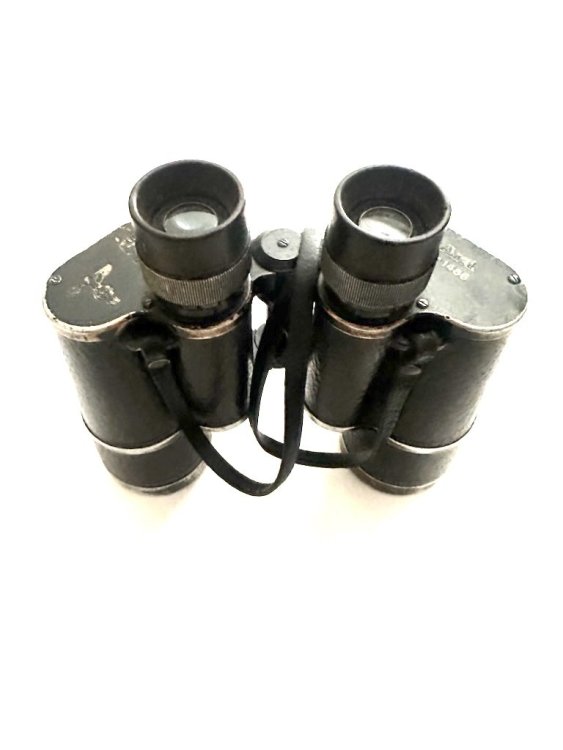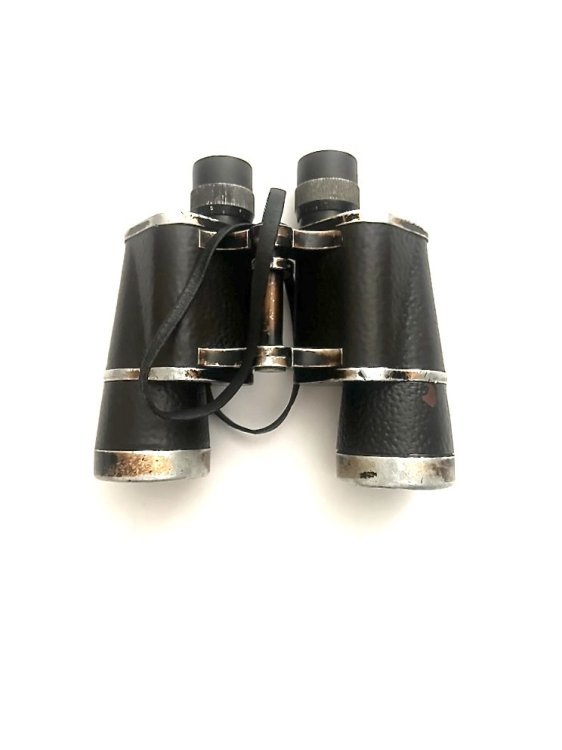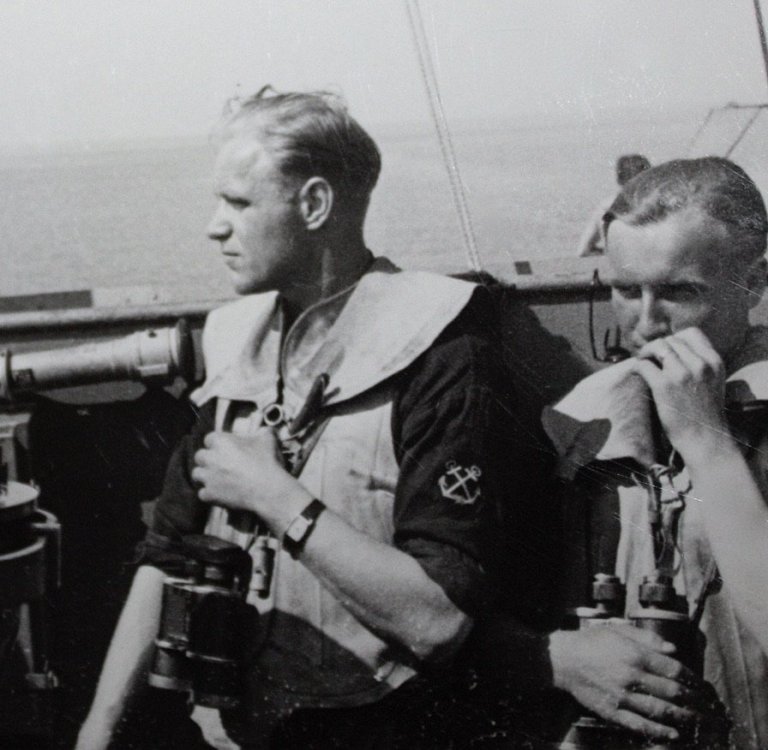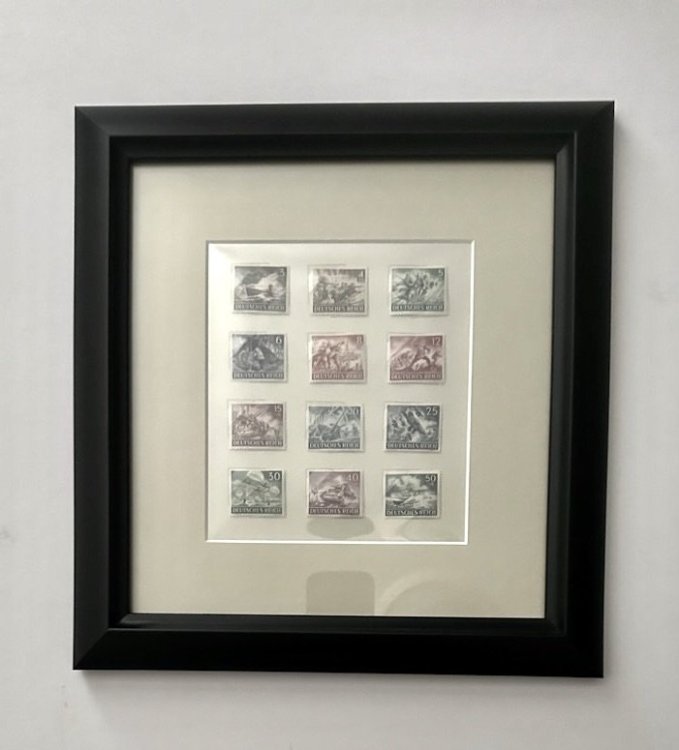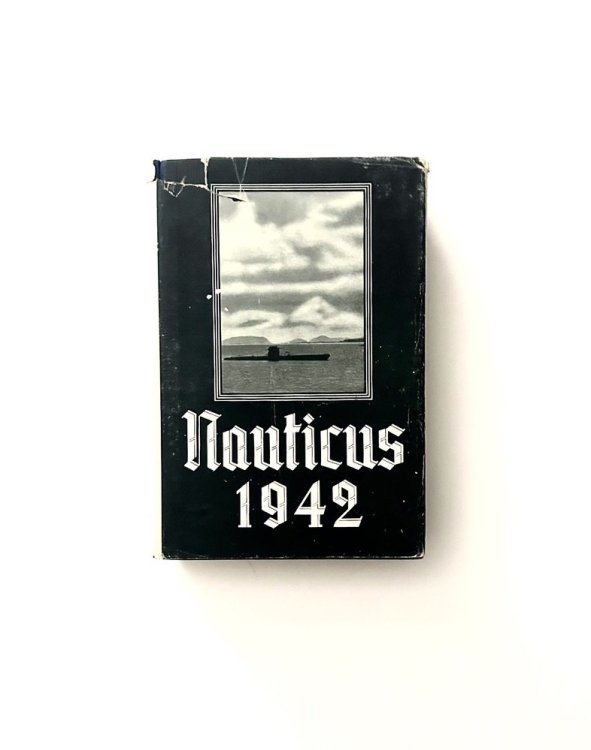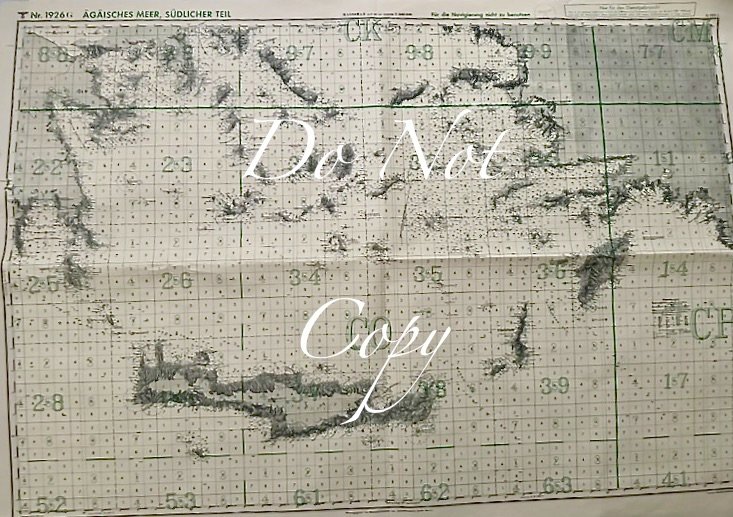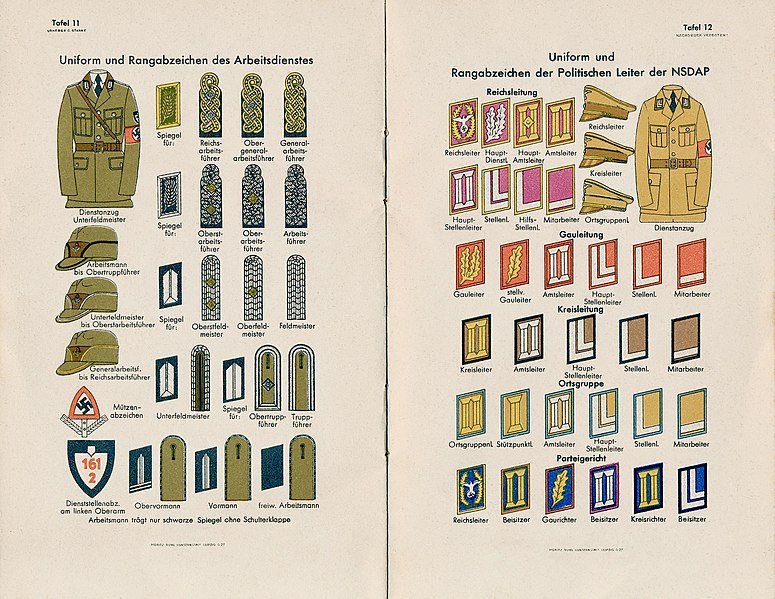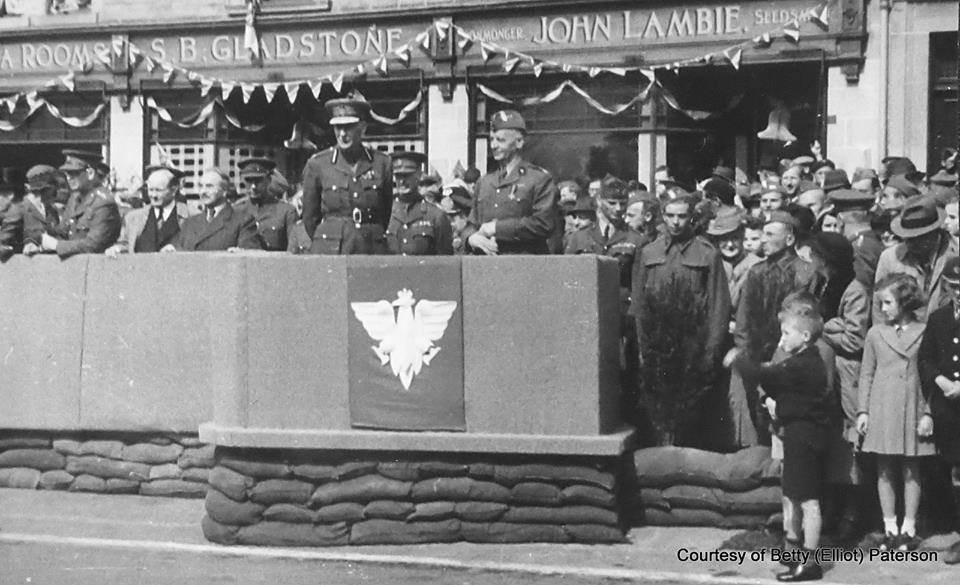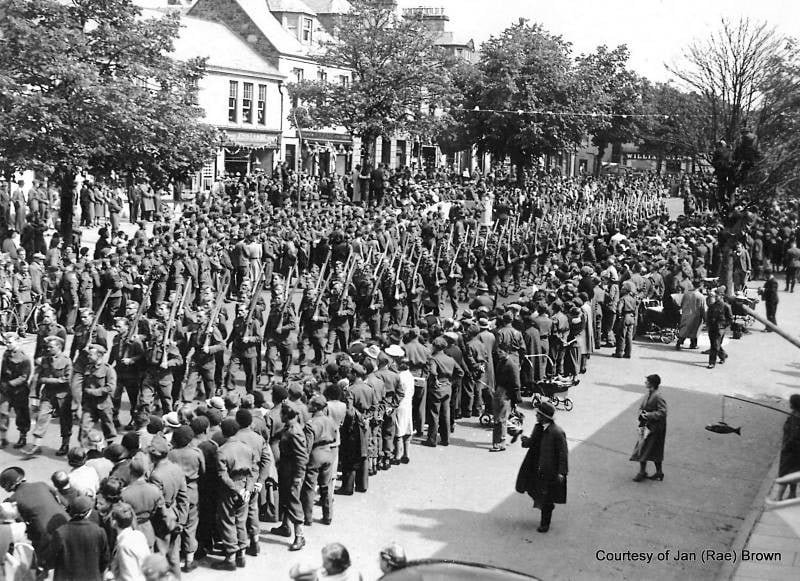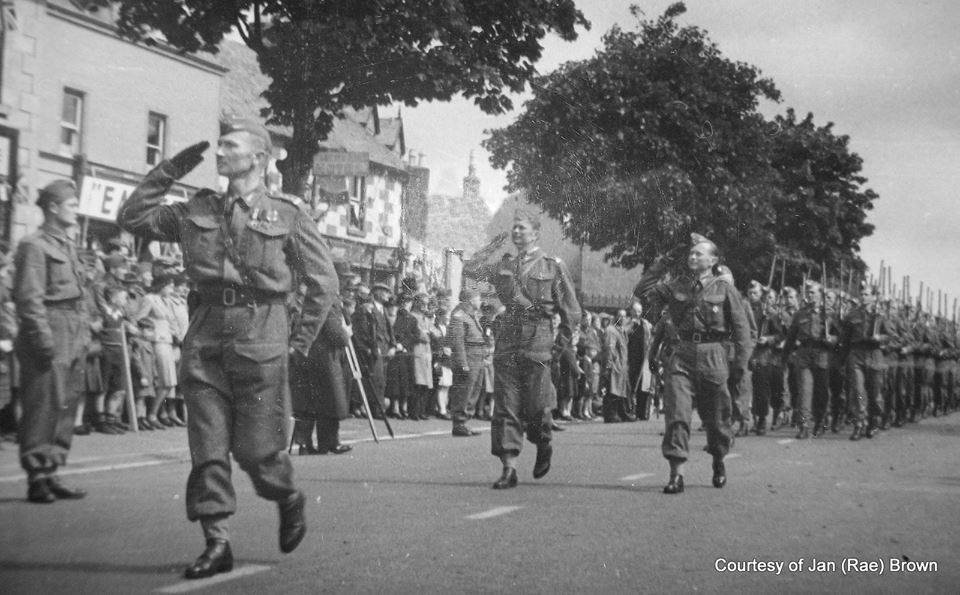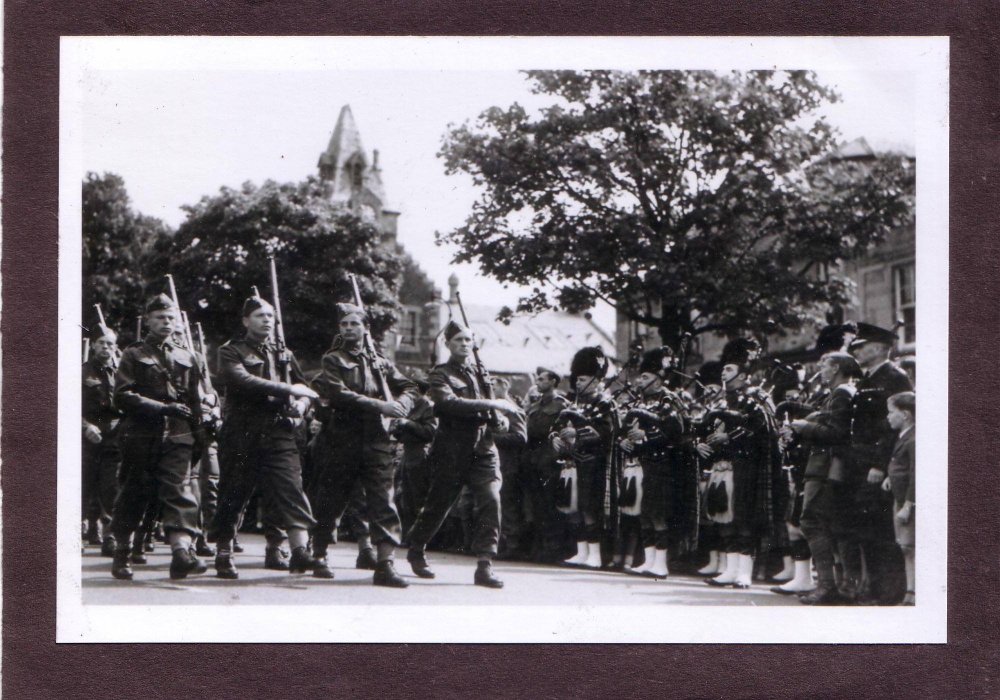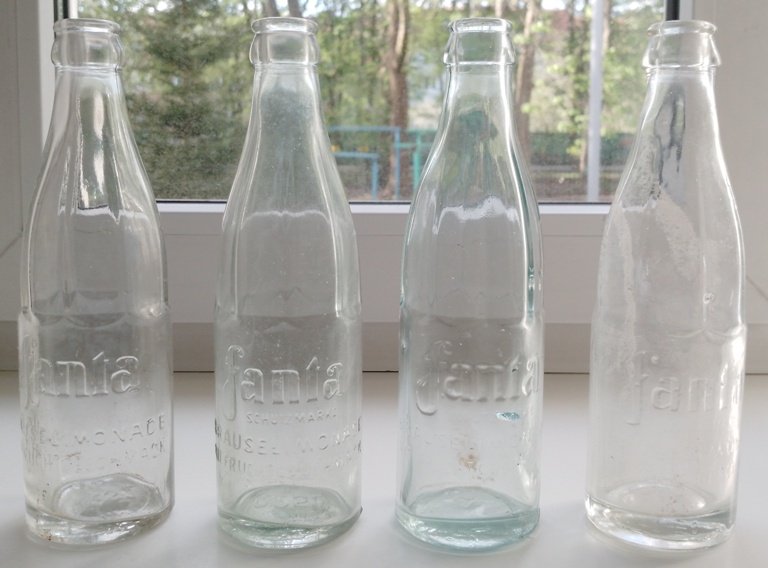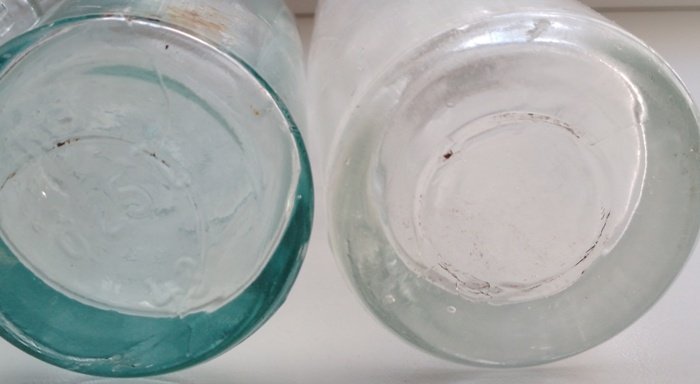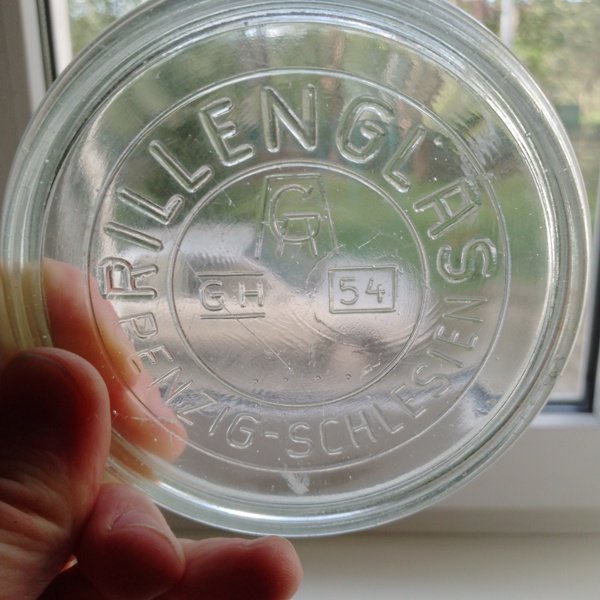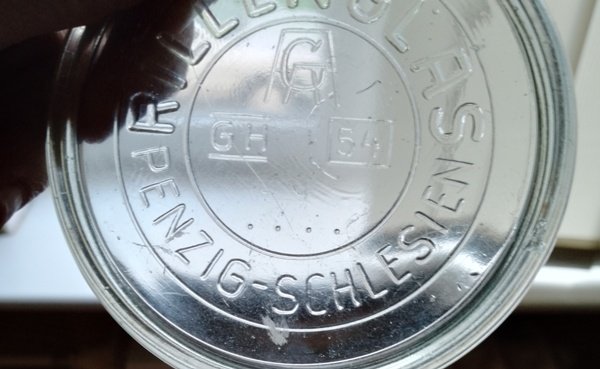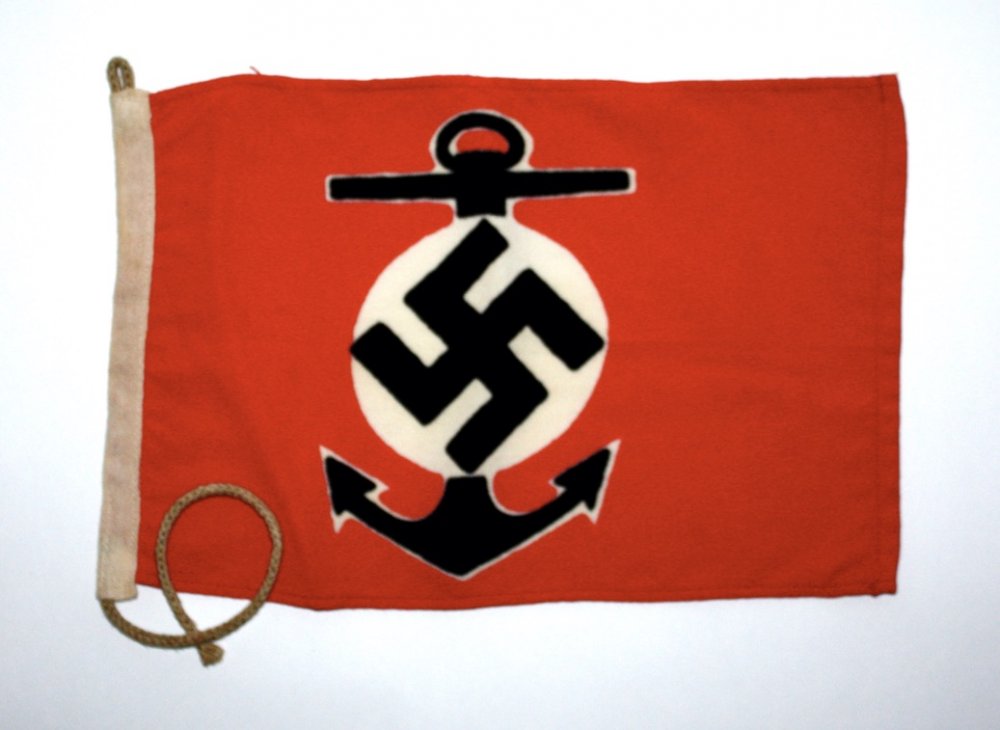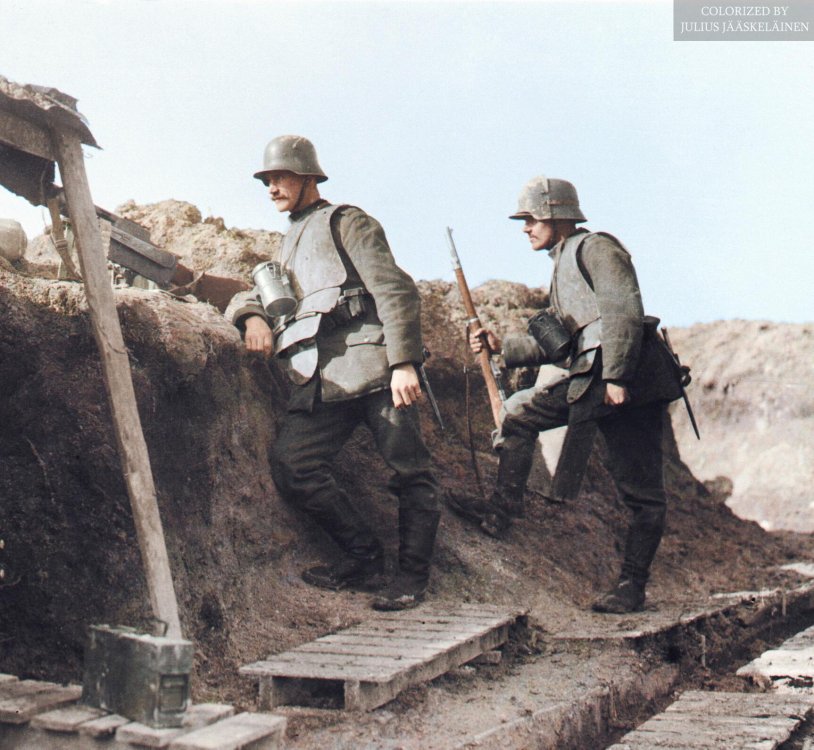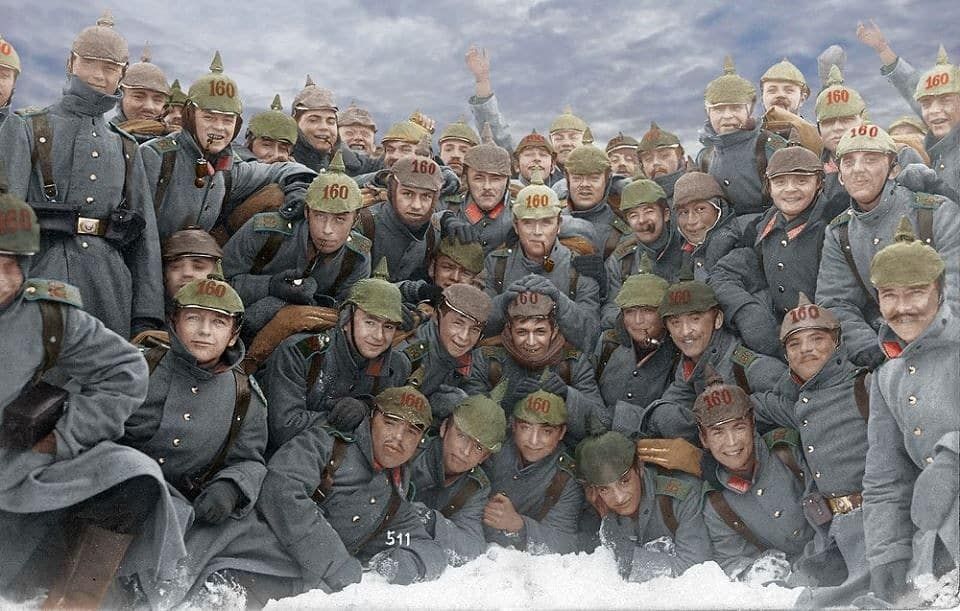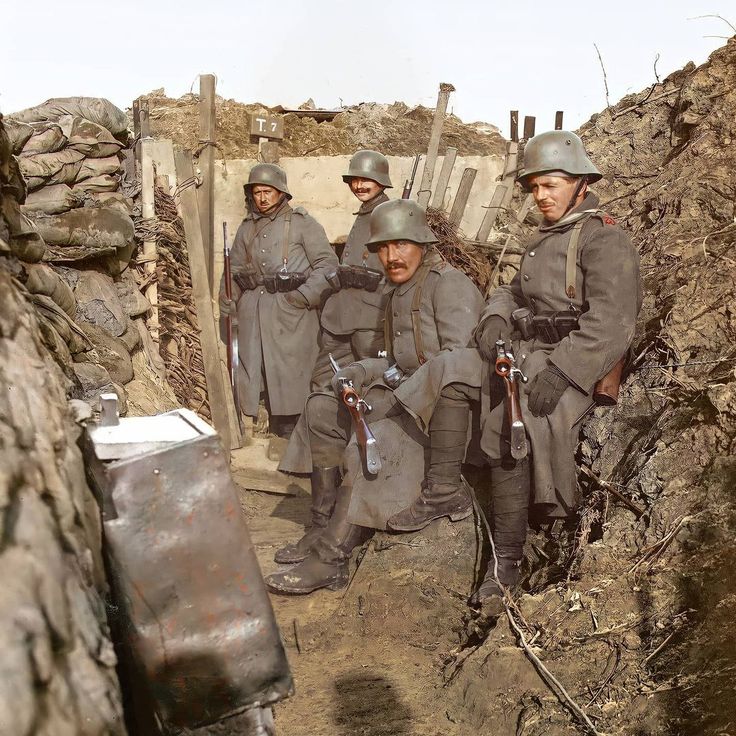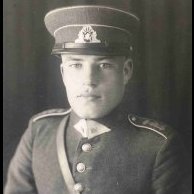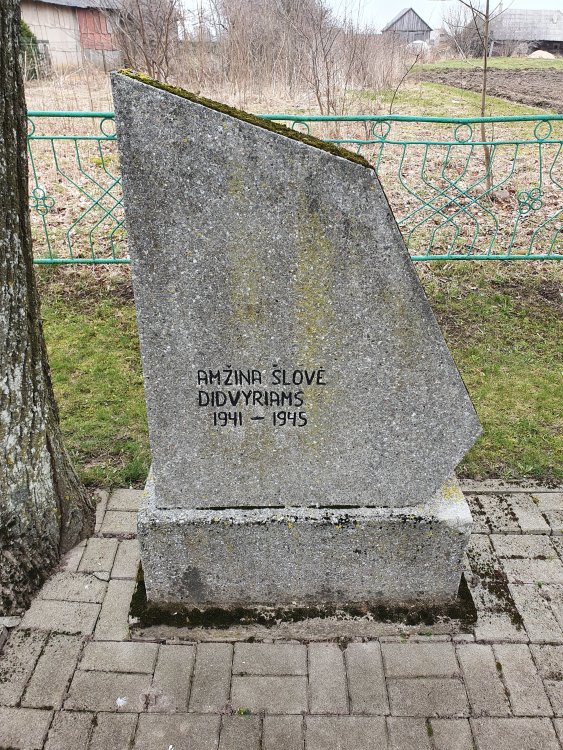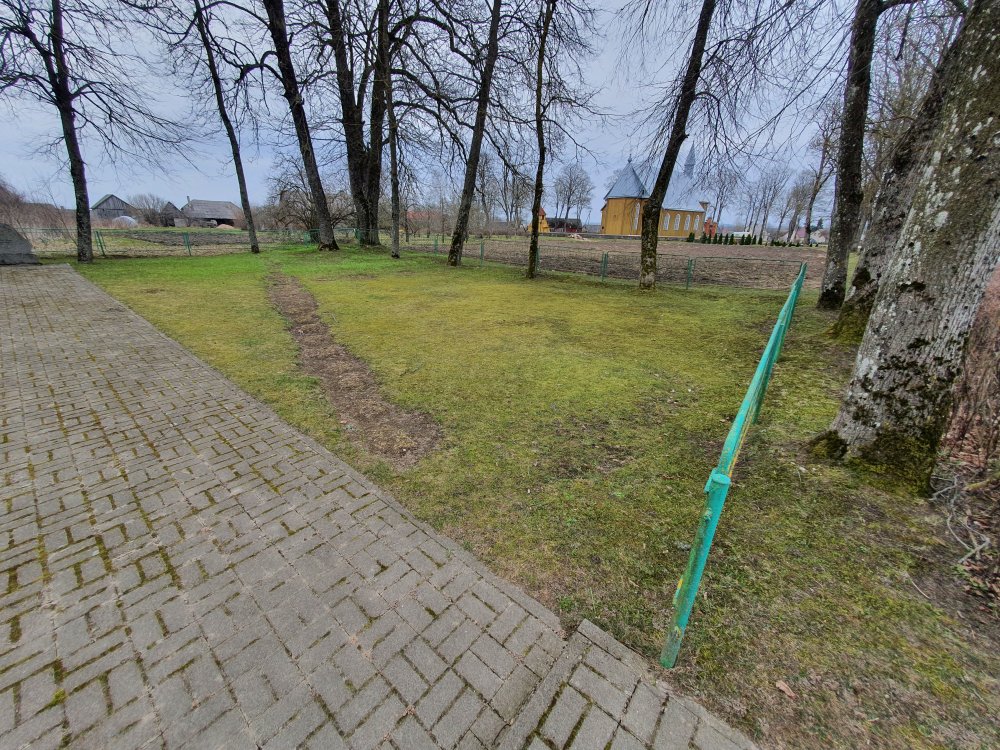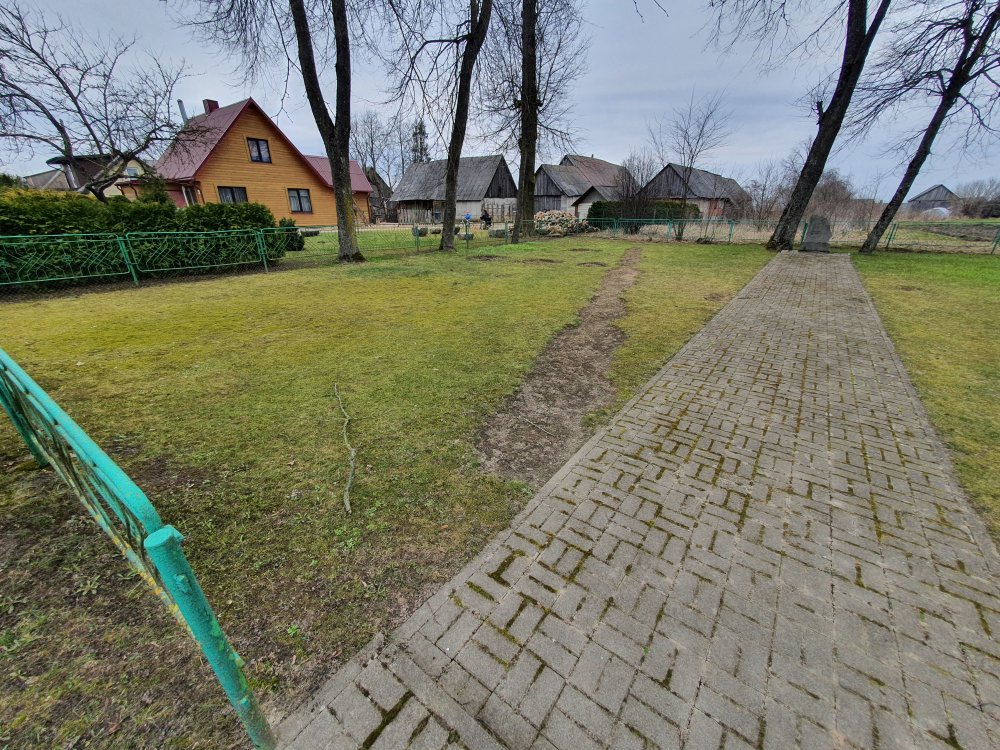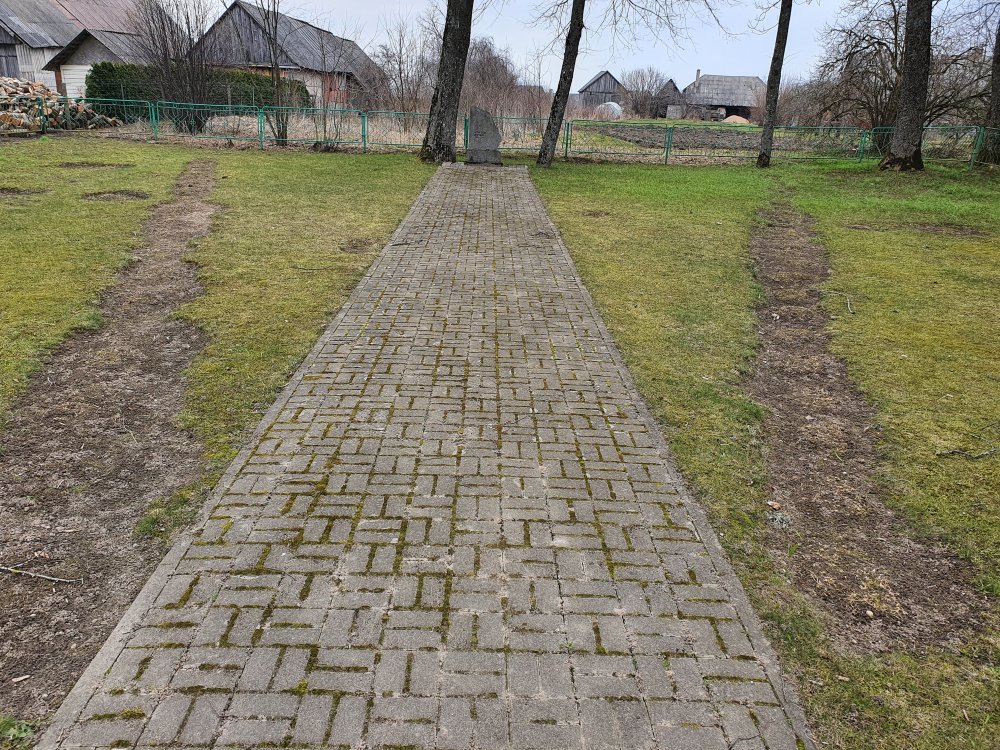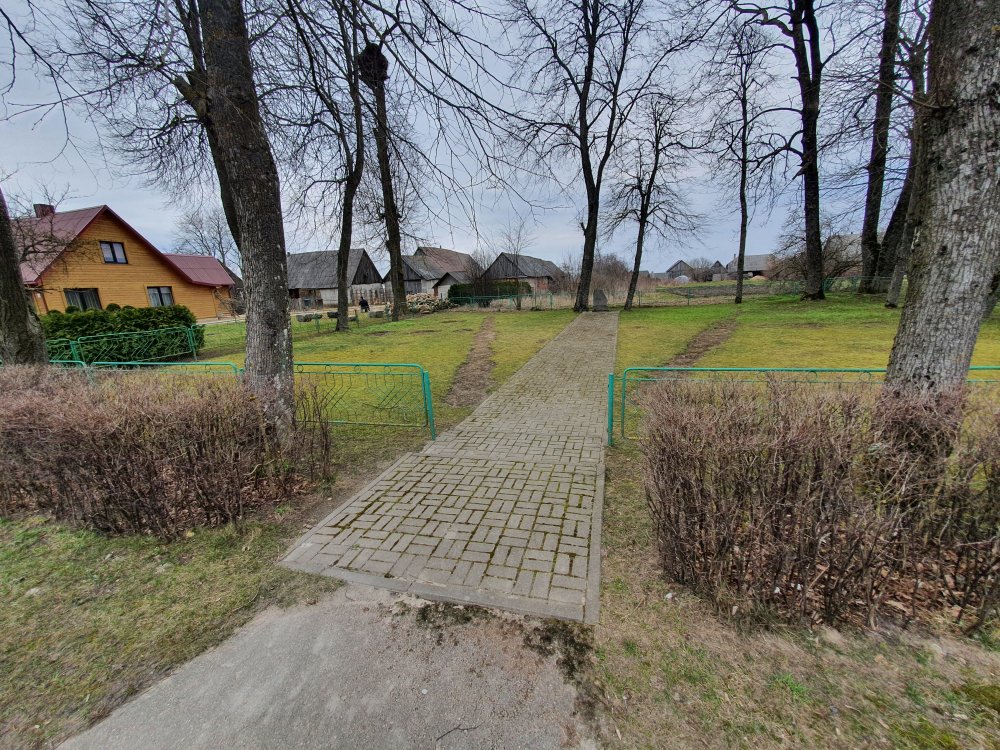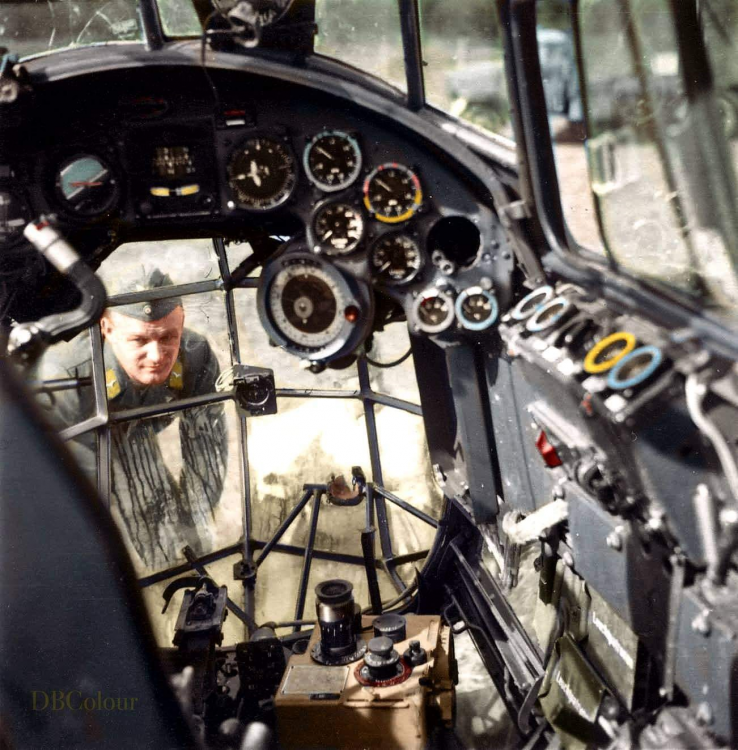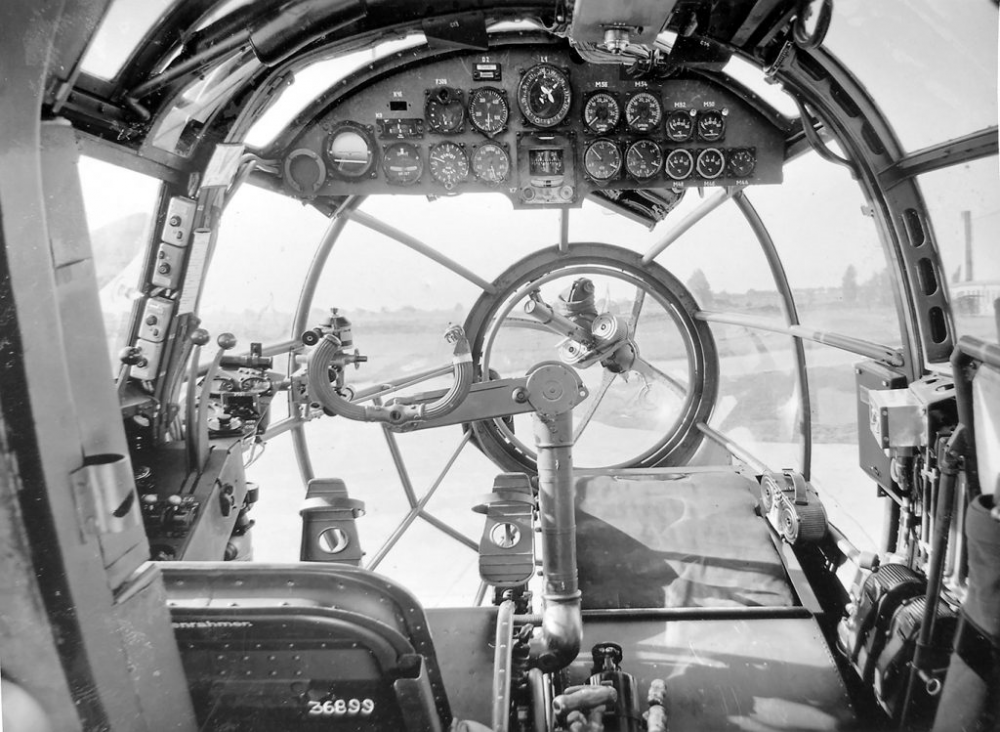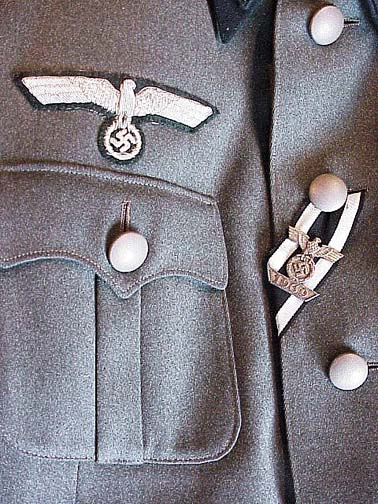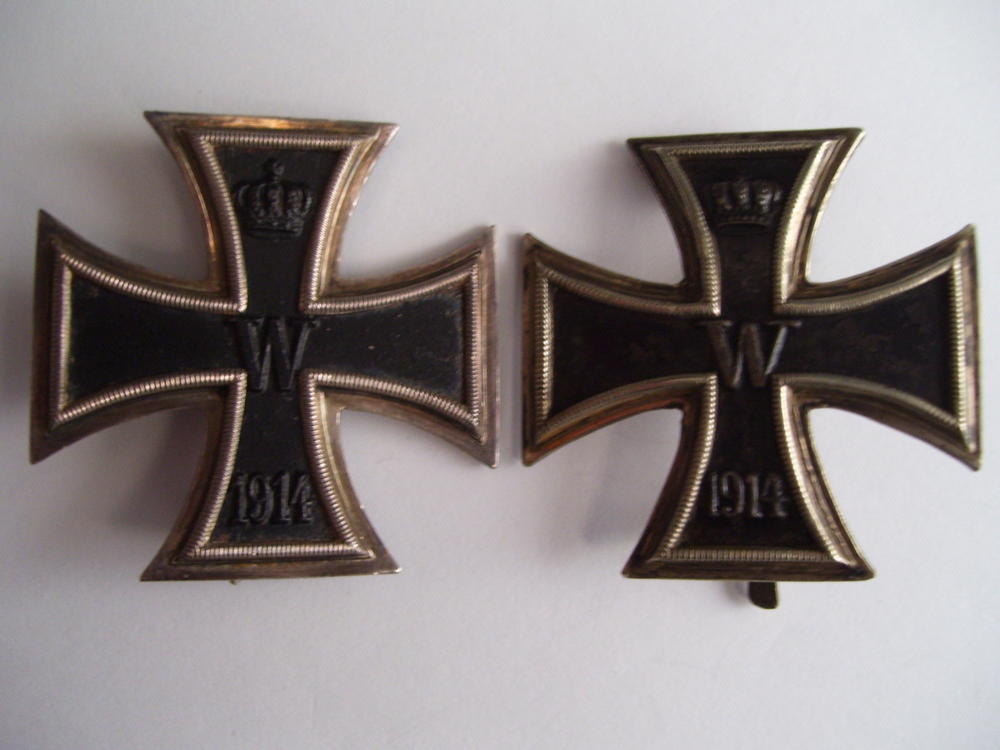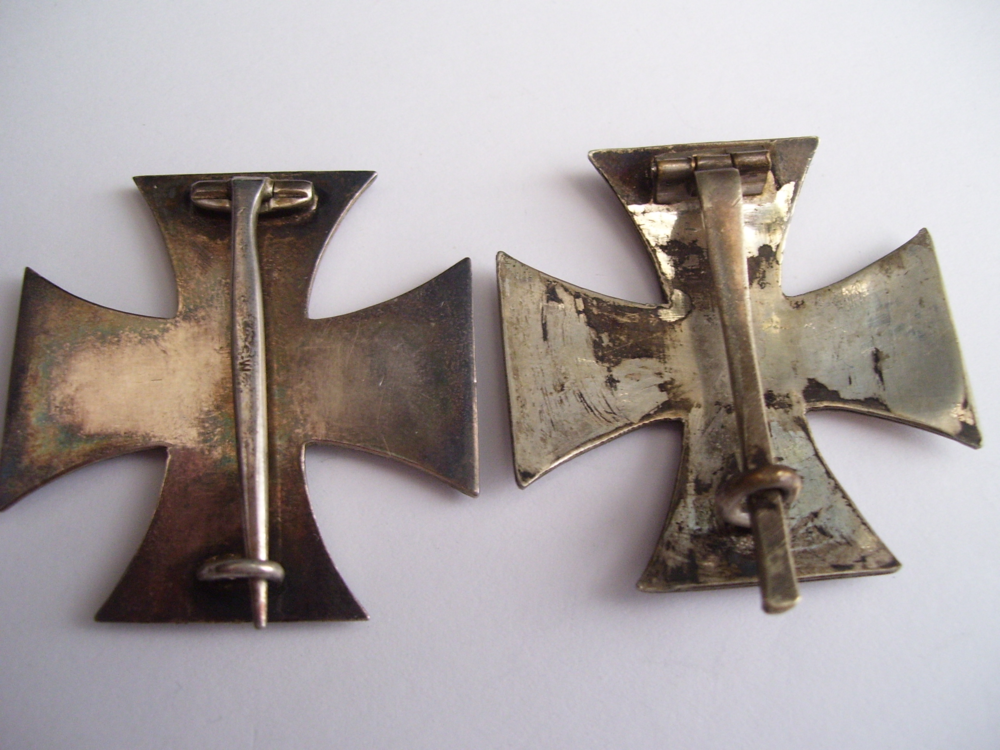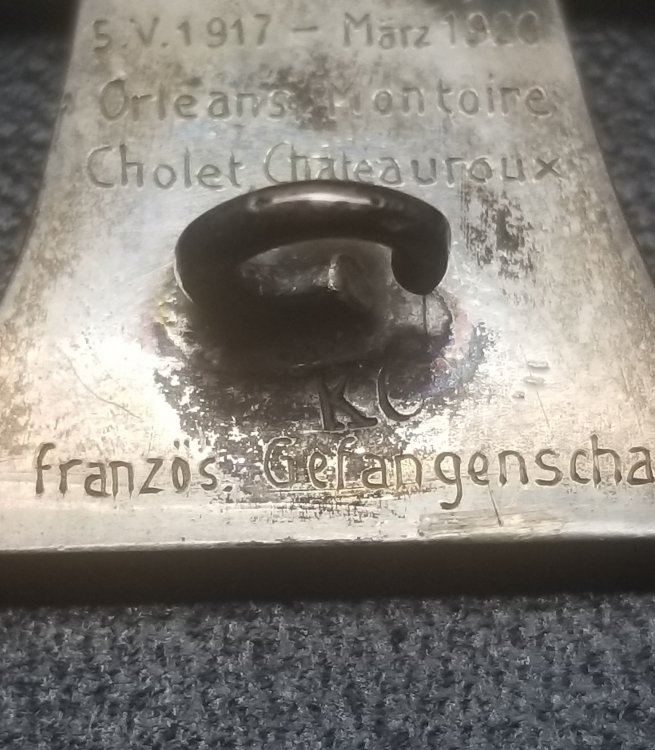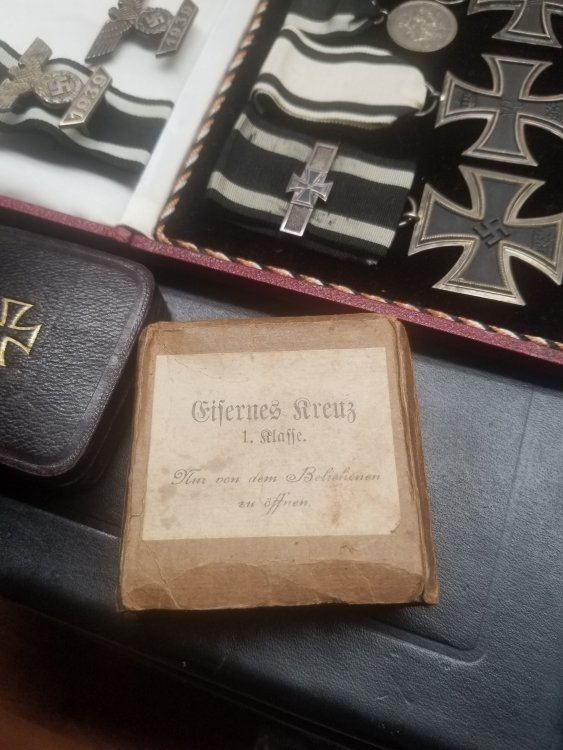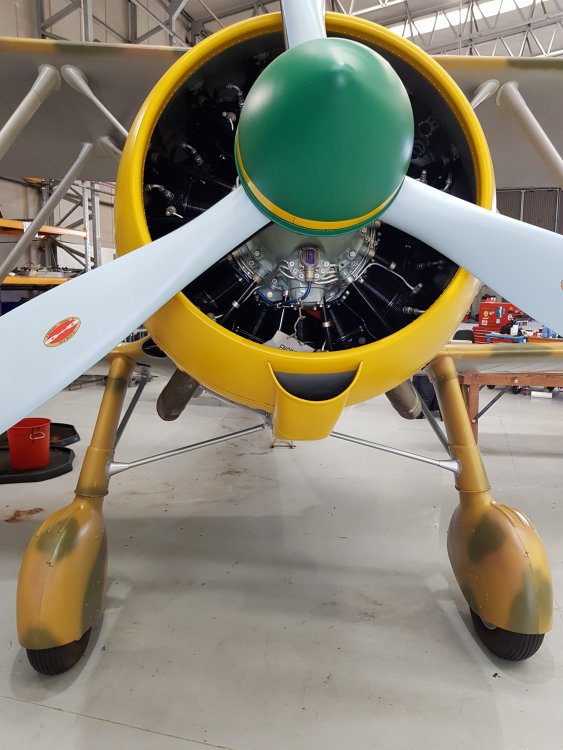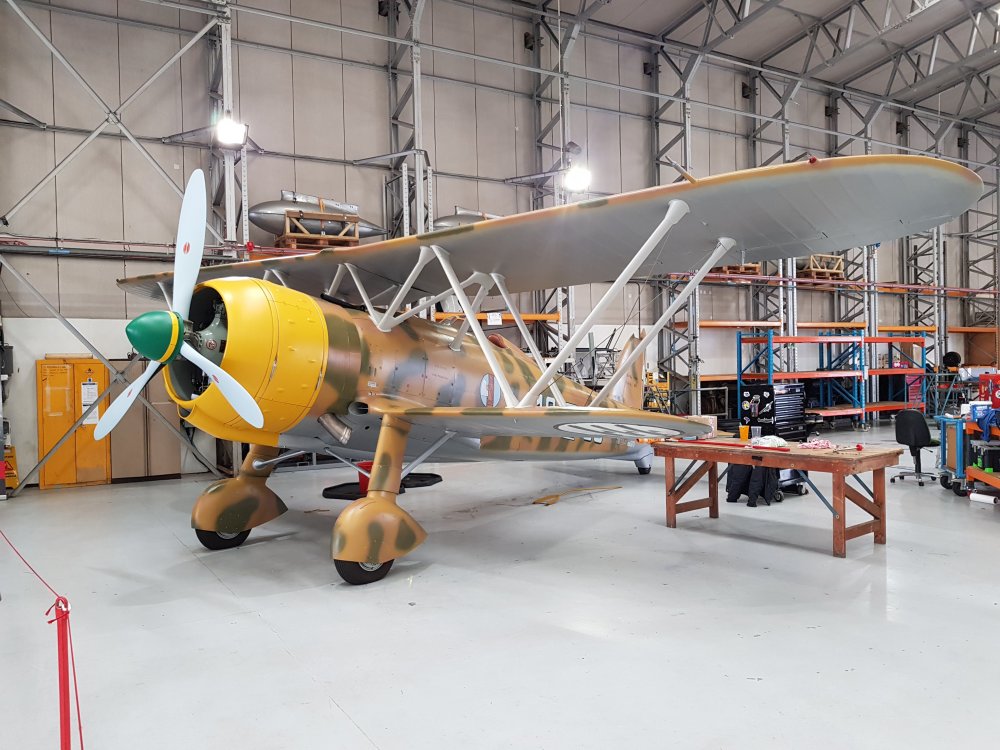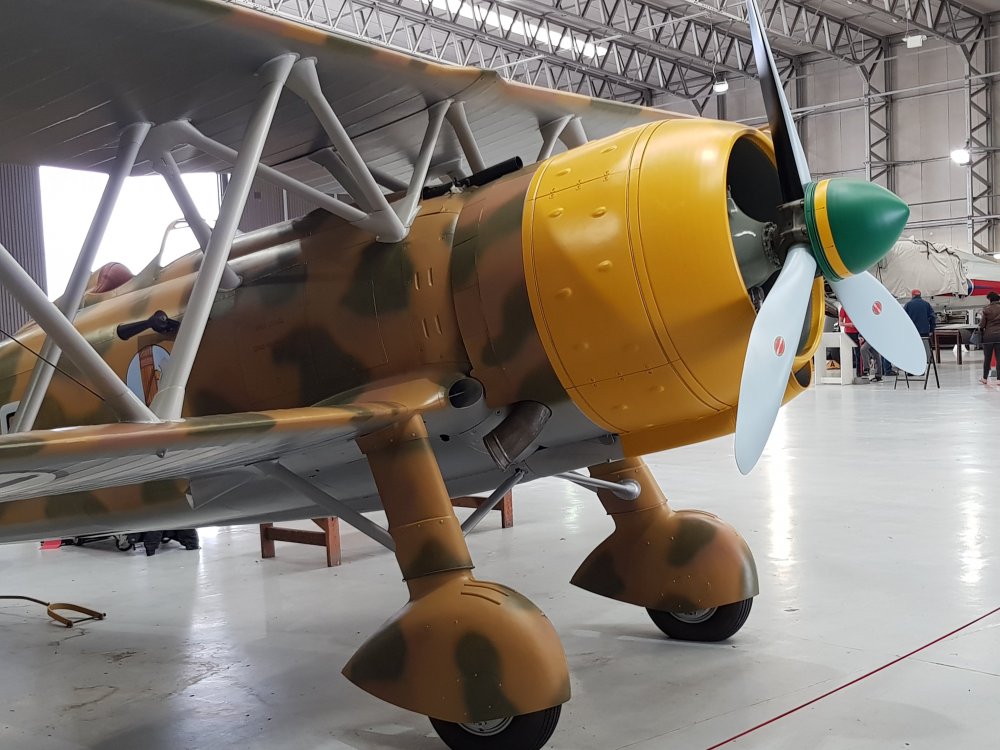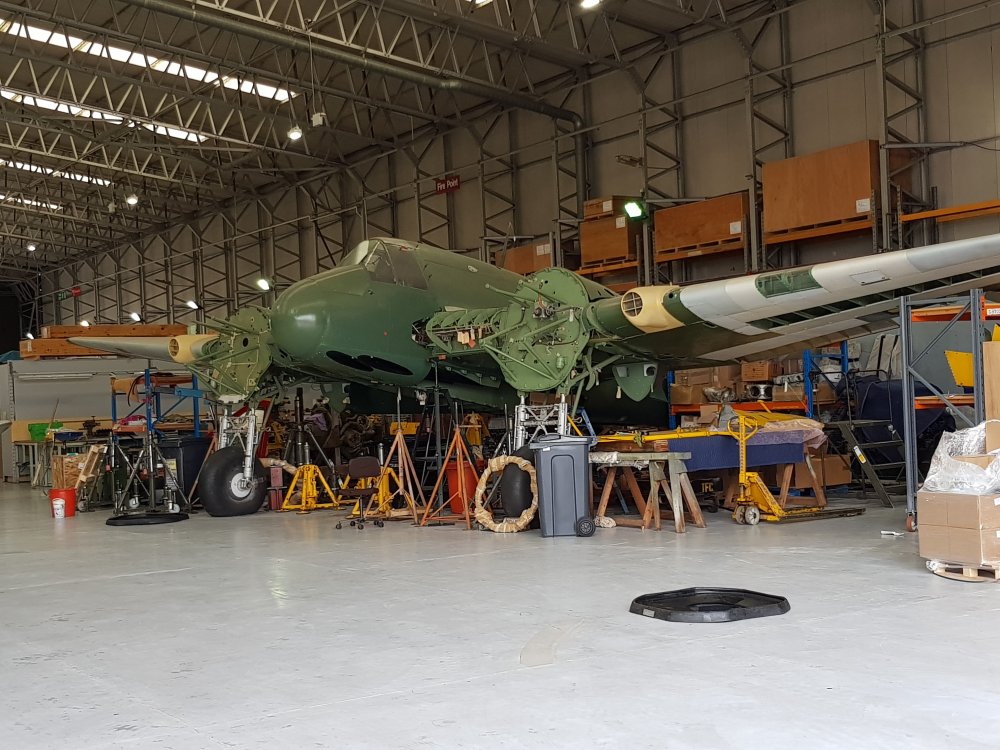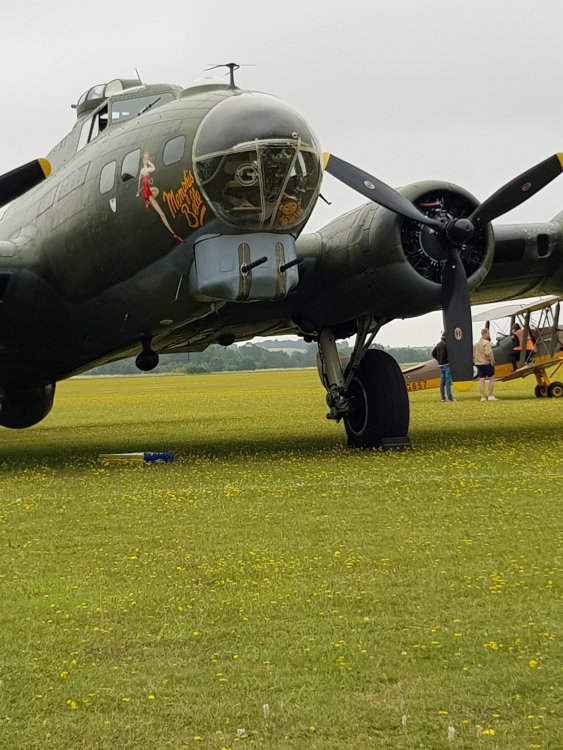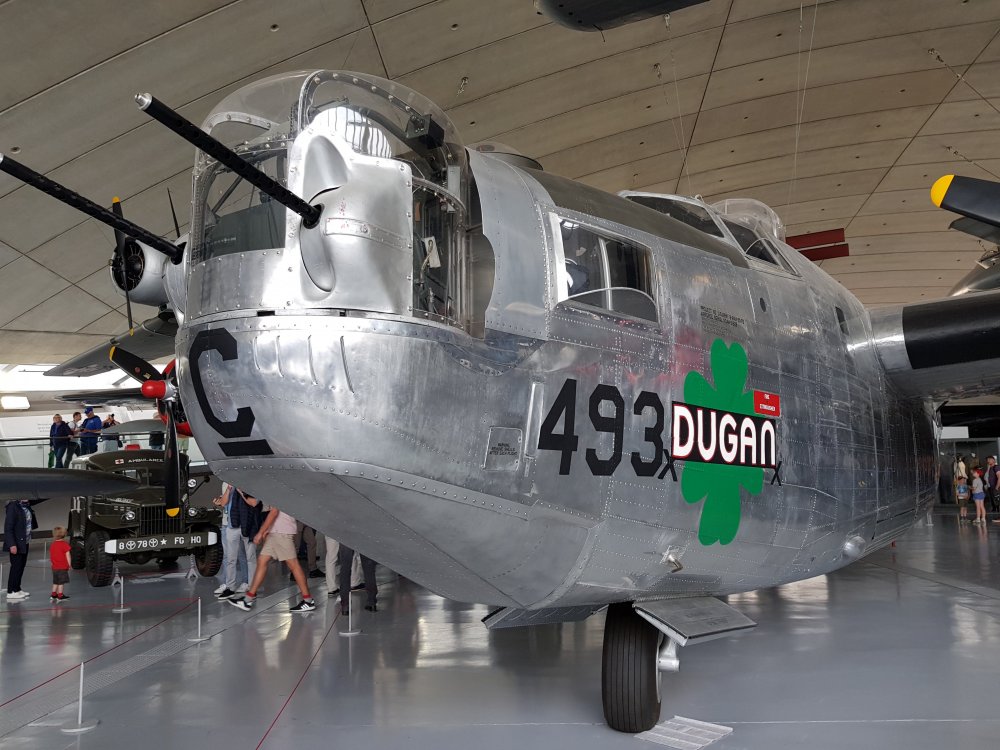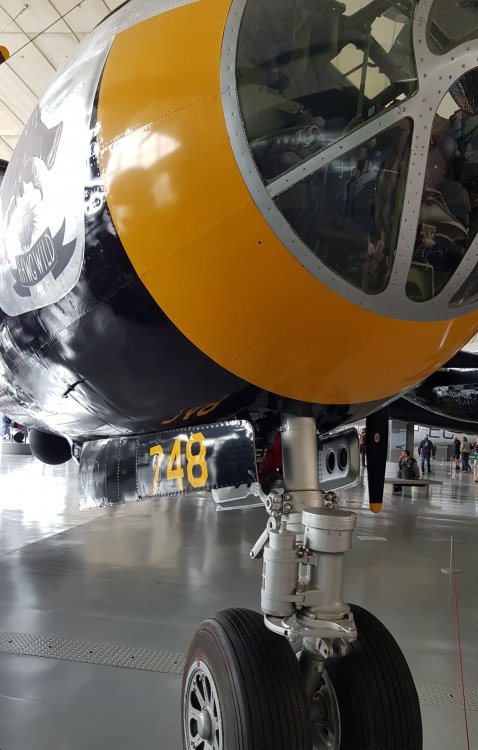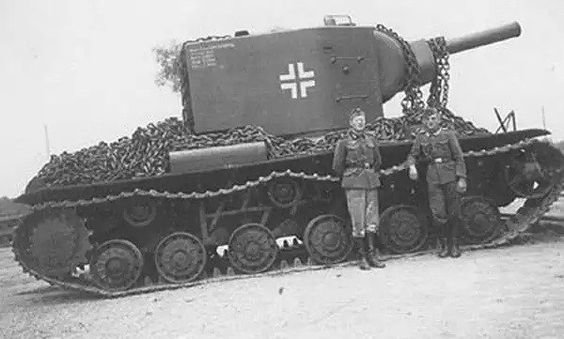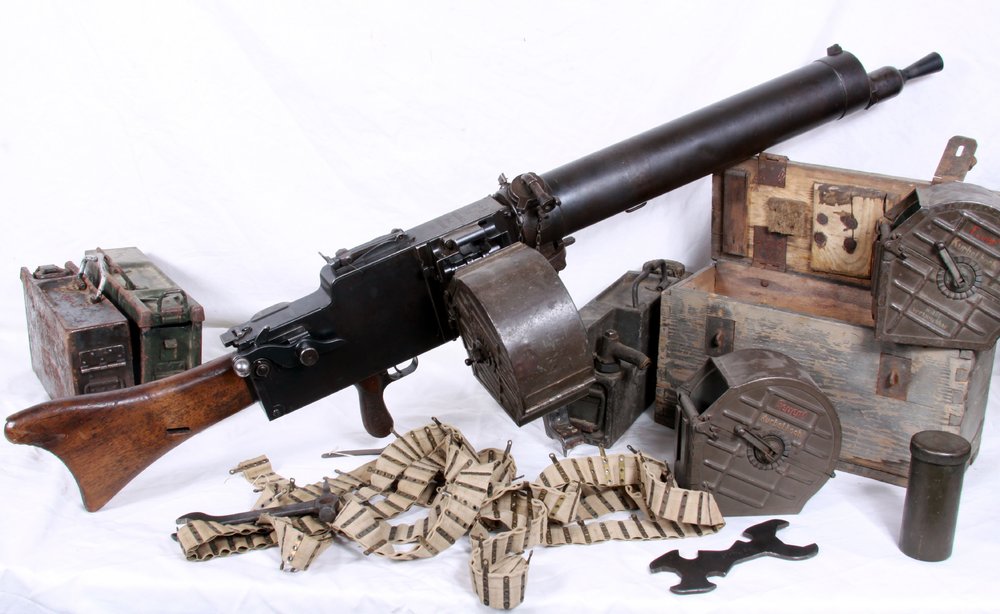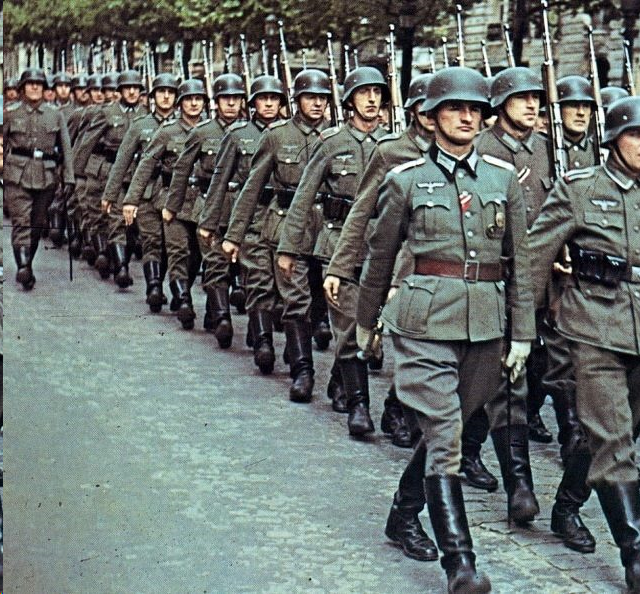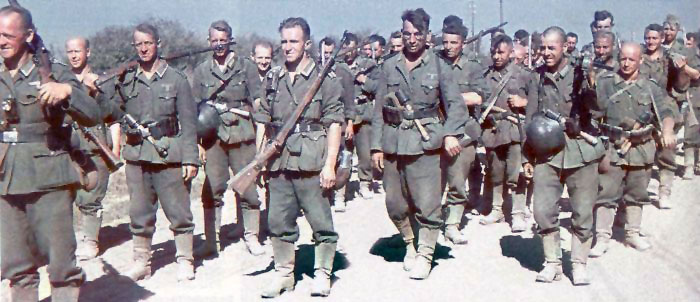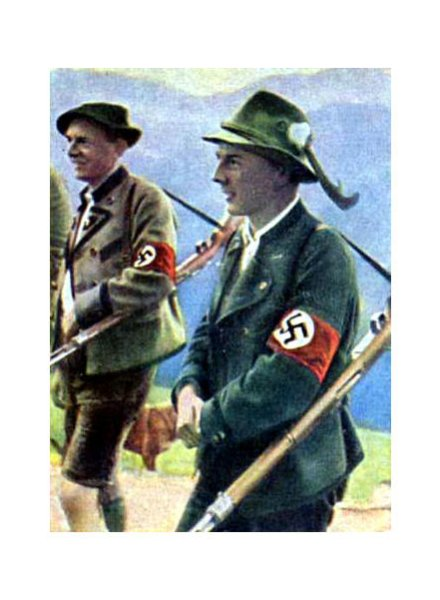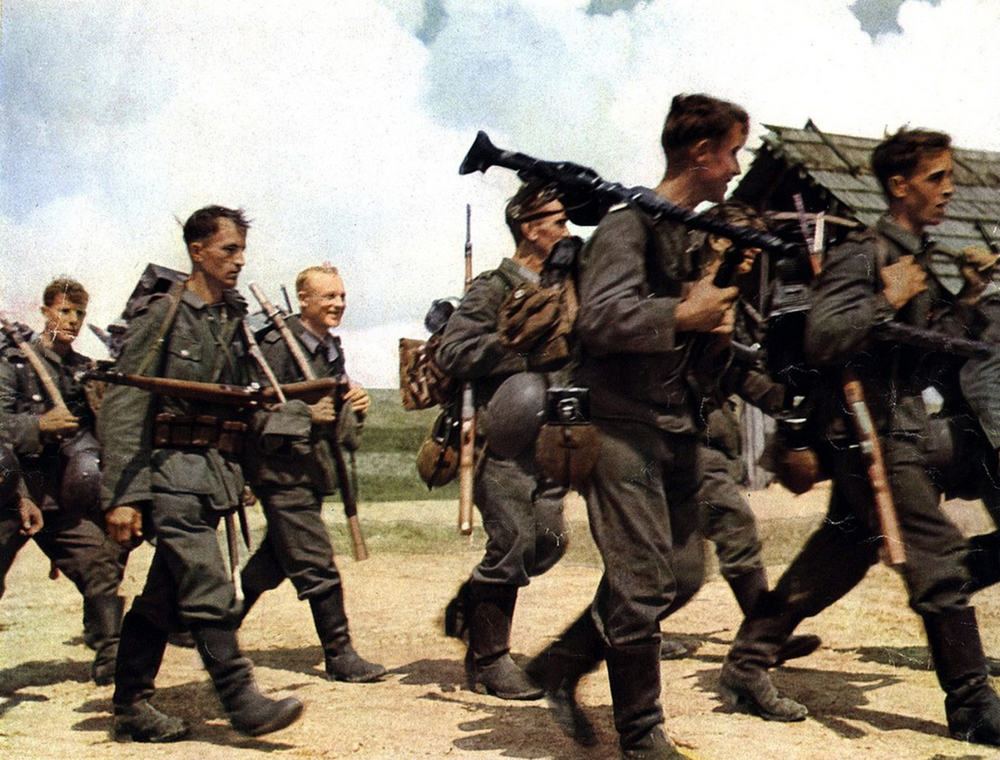Leaderboard
Popular Content
Showing content with the highest reputation since 21/04/12 in Posts
-
Here is my Deactivated WW1 Lewis Gun, this particular version was made for the Belgian Army, under contract from the Birmingham Small Arms Company (B.S.A.) in Birmingham, England. Although the Belgians did have a factory (Armes Automatiques Lewis Company at Liege) they did not make very many as most of Belgium was overrun by the Germans. The British could make 6 Lewis guns for the time and cost of making a single Vickers Machine gun. B.S.A. produced a total of 145,397 Lewis guns during World War I. The sling is a modern reproduction as real slings are extremely hard to come by. Original slings had the padding made from asbestos, so this one has a synthetic padded area that simulates the look. This weapon weighed in at 28 pounds and a fully loaded 47-round magazine was 4 pounds. Still a relatively light weapon compared to the static mounted machine guns like the U.S. made vickers (M1915) which weighed 42 pounds for the gun and another 56 pounds for the tripod. Maxim Machine guns weighed about 75 pounds as well. The big advantage of this weapon was its portability, it could be operated by a single soldier, and keep up with the infantry advances. These light machine guns were prized by the Germans who often would capture them and use them against the Allies.10 points
-
Here is a Bulgarian M36 Helmet, type C, which was the last version to be produced. Initially these helmets were made abroad, but machinery was moved to Bulgaria to allow for domestic production. The type C was introduced in 1939 and is the most numerous of the various models. The helmet is somewhat similar to the German helmets, but smaller, lighter, and a shorter brim. This particular helmet at a size 54, with the original liner, but missing the chinstrap. I found this at a local estate sale, and it was a cheap pickup.8 points
-
Here is my latest find, a VB Launcher for the US M1917 Enfield rifle. This is the twist on type, with a metal spring band to hold the sight and muzzle firmly while in operation. Un-Dug examples are very hard to find. Near the muzzle of the launcher you can see a knurled band, this was so that soldiers could feel the difference at night or in dark conditions. This version and the version for the M1903 Springfield are virtually identical, the M1903 does not have the knurled band however.8 points
-
Picture is a two-piece officer''s visor cover for junior grade from my collection of Kriegsmarine antiques. The cap has a hand-embroidered gilt wire national emblem and, cockade, as well as gold wire piping. This cap belonged to Werner Wendt (1916-1988), Captain of U-765. The U-765 was sunk in the North Atlantic on 6 May 1944 by depth charges on its first war parol. Werner and 10 crewmen survived, 37 dead. Pictured below is the underside view of the visor cap. Pictured below is the two-piece visor cover disassembled. In this configuration, a white or blue cap-covers could be worn. Because I do not like to take this cover apart, I used a photo taken years ago.7 points
-
Over 4000 views in such a short time, I think this post deserves to be pinned7 points
-
John, you have an amazing collection, really have enjoyed you sharing your items with us.7 points
-
From my collection are pictures of my Sold-Libellen KM-2 sextant with its original metal storage box. This sextant was manufactured for the Kriegsmarine by C.Plath. The SOLD KM-2 was developed for navigational use aboard U-boats and S-boats at night and/or in poor weather conditions when horizon not visible. For an in-depth review of this type of sextant, visit the link https://sextantbook.com/2013/11/04/the-sold-km2-bubble-sextant/. A view of KM-2 stored in its metal metal box. Note several accessories from the storage box are missing, but the original inventory label is present on inside of one of the two lids (not pictured). Top of metal storage box with access secured with side latches. The handle sides of KM-2 Sextant were the identification plate was once mounted but removed. View of the dial side of KM-2 sextant. The plate on dial is marked J.B., indiscernible mark, Geprütt Deutsche Seewarte (German Naval Observatory). Another view of dial side of KM-2 sextant. Topside view KM-2 sexton.7 points
-
7 points
-
7 points
-
7 points
-
7 points
-
7 points
-
7 points
-
Hi John333, It took me a long time to find a DECENT Ostfront medal. My advice would be to go for the shown medal if the price is reasonable to you as it is quite a nice example. Especially as it has a makers mark on the suspension ring. You can always keep looking for a better conditioned one and upgrade at a later date. So, if you don't have one yet, go for this one with an eye to upgrade at some point in the future. REALLY GOOD examples of this badge do not come up very often, and when they do they are snapped up quickly!7 points
-
7 points
-
Fritz: The answer to your question "I assume the buttons on the leather crew jacket are probably of gilded glass? " is "No." All the buttons on the black leather jacket in my collection are of two-piece metal construction with a fouled anchor gilt front and the backs are marked BESONDERS HALTBAR 'Particularly Durable' with makers symbol. A black leather jacket like mine with gilt fouled anchor buttons can be seen below on page 263 of Volume 2, Die Kriegsmarine Uniforms and Traditions by John R. Angolia and Adolf Schlicht. Pictured below is the back of a two-piece metal fouled anchor button on my black leather jacket. Note that various manufactured produced buttons that were used in making black leather jackets for the Kriegsmarine. Along with my black leather jacket having metal gilt buttons pictured below, note that this jacket has the Kriegsmarine ordnance mark (Eagle over M) between two fouled anchor buttons. The Kriegsmarine proof mark like the one on my jacket is pictured below on page 265 of Volume 2, Die Kriegsmarine Uniforms and Traditions by John R. Angolia and Adolf Schlicht. The collar of the neck was closed up by a metal clasp like the one below on my jacket. Note the front corner of the low standing collar are rounded and the button holes are reenforced with a narrow leather trim. Pictured is the interior of my jacket, which is lined with wool. Also I have enclosed a picture of the back of this jacket. For further information I havedenclosed page 288 of Deutche Kriegsmarine Uniforms, Insignia and Equipment of the German Navy 1933-1945 by Eduardo Delgado.7 points
-
Hi Eddie, I'm afraid the serial number is just a batch number so would not identify the U boat. Sometimes you will find the letter N which would identify them as belonging to the German Navy North Sea Fleet. Sorry can't help much more. Here is a list of the makers codes but no list of serial numbers as far as I'm aware. b e h ERNST LEITZ. WETZLAR GERMANY b e k HENSOLDT WERK FUR OPTIK UND MECHANIK HERBORN GERMANY b l c CARL ZEISS, MILITARABTEILUNG JENA JENA GERMANY b m h JIRASEK (not in Walter) PRAGUE CZECH b m j M. HENSOLDT & SOHNE, A.G. WETZLAR GERMANY b m t C. A. STEINHEIL SOHNE, GmbH MUNICH GERMANY b p d C. P. GOERZ, GmbH VIENNA AUSTRIA b v f C. REICHERT VIENNA AUSTRIA b y g JOH. WYKSEN, K.G. KATTOWITZ POLAND b z z I.G.-FARBENINDUSTRIE, CAMERAWERK MUNICH GERMANY c a d KARL KAHLES (telescopic sights) VIENNA AUSTRIA c a g D. SWAROVSKI WATTENS/TIROL AUSTRIA c a u KODAK AKTIENGESELLSCHAFT, DR. NAGEL WERK STUTTGART GERMANY c c x OPTISCHE UND FEINMECHANISCHE WERKE, HUGO MEYER & CO. GOERLITZ GERMANY c l b DR. F. A. WOHLER KASSEL GERMANY c l n ED. SPRENGER BERLIN GERMANY c r h FRANZ SCHMIDT & HAENSCH BERLIN GERMANY c r n HANSEATISCHE WERKSTATTEN FUR FEINMECHANIK UND OPTIK, FRIEDRICHS & Co. HAMBURG GERMANY c r o R. FUESS, formerly J. G. GREINER & GEISSLER BERLIN GERMANY c x n EMIL BUSCH, A.G. RATHENOW GERMANY d d v OCULUS (optometrist equipment, possibly gunsights) BERLIN GERMANY d d x VOIGTLAENDER & SOHN, A.G. BRAUNSCHWEIG GERMANY d k l JOSEF SCHNEIDER KREUZNACH GERMANY d o q DEUTSCHE SPIEGELGLAS A.G. (telescopes, lenses) LEINE GERMANY d o w WAFFENWERKE BRUNN A.G. (1943-OPTICOTECHNA GmbH) PRERAU CZECH. d p g ADOX KAMERAWERK GmbH (cameras) WIESBADEN GERMANY d p v ZEISS IKON A.G. DRESDEN GERMANY d p w ZEISS IKON A.G. GOERZWERK BERLIN GERMANY d p x ZEISS IKON A.G., CONTESSAWERK STUTTGART GERMANY d y m RUNGE & KAULFUSS RATHENOW GERMANY d y s HEINRICH ZEISS, UNIONZEISS K.G. ('apparently optical' BERLIN GERMANY d z l OPTISCHE ANSTALT OIGEE GmbH BERLIN GERMANY e a f MECHANOPTIK GESELLSCHAFT FUR PRAZISIONSTECHNIK, AUDE & REIPERT BABELSBERG GERMANY e a w R. WINKEL GmbH GOETTINGEN GERMANY e e d KURBI & NIGGELOH (photographic equipment) RADEVORMWALD GERMANY e s o G. RODENSTOCK MUNICH GERMANY e s u STEINHEIL SOHNE GmbH (telescopes & optics) MUNICH GERMANY e u g OPTISCHE PRAZISIONS WERKE GmbH WARSAW POLAND f c o SENDLINGER OPTISCHE GLASWERKE GmbH BERLIN GERMANY f j t PHOTOGRAMMETRIE GmbH (aerial recon. cameras) MUNICH GERMANY f l n FRANZ RAPSCH A.G. (sights, often subcontractor to Busch) RATHENOW GERMANY f v s SPINDLER & HOYER K.G. GOTTINGEN GERMANY f v x BECK & SOHNE KASSEL GERMANY f w r OPTISCHE ANSTALT SAALFELD GmbH SAALFELD GERMANY f x p HANS KOLLMORGEN GmbH BERLIN GERMANY g a g F. MOLLENKOPF STUTTGART GERMANY g k p RUF & Co., formerly CARL SCHUTZ KASSEL GERMANY g u g UNGARNISCHE OPTISCHE WERKE A.G. BUDAPEST HUNGARY g u j WERNER D. KUEHN BERLIN GERMANY g w v ERNST PLANK NURNBERG GERMANY g x l FRANKE & HEIDECKE (photographic equipment) BRAUNSCHWEIG GERMANY g x p HOMRICH & SOHN (photographic equipment) h d v OPTISCHE WERK OSTERODE GmbH OSTERODE GERMANY h f o VALENTIN LINHOF OHG (photographic equipment) MUNICH GERMANY h k m CARL BRAUN KG NURNBERG GERMANY h n a KORELLE WERKE, G.H. BRANDTMANN & Co. (photographic) DRESDEN GERMANY h r w HOH & HAHNE (photographic reproduction equipment) LEIPZIG GERMANY h w t IHAGEE KAMERAWERK, STEENBERGEN & Co. (cameras) DRESDEN GERMANY h x h A. KRUSS HAMBURG GERMANY j f n TETENAL PHOTOWERK, Dr. TRIEPEL, K.G. (photographic equipment) BERLIN GERMANY j f p DR. CARL LEISS BERLIN GERMANY j n h F. TUTEMANN (lens holders & optical equipment) LUDENSCHEID GERMANY j o n VOIGTLANDER-GEVAERT (cameras) BERLIN GERMANY j u x NEDINSCO, NEDERLANDSCHE INSTRUMENTEN, (vehicle & aircraft instruments?) VENLO NETHERLANDS j v e ERNST LUDWIG WEIXDORF GERMANY j x n HELMUT KORTH BERLIN GERMANY k h c OTTO HIMMLER (microscopes, optical equipment) BERLIN GERMANY k l n ERNST & WILHELM BERTRAM (photographic equipment) MUNICH GERMANY k n a DER ROBOT, BERNING & Co., K.G. (photographic equipment) DUSSELDORF GERMANY k q c JOS. SCHNEIDER & Co., K.G. GOETTINGEN GERMANY k r q EMIL BUSCH A.G. (assembled from foreign components) RATHENOW GERMANY k w c GAMMA FEINMECHANISCHE & OPTISCHE WERKE BUDAPEST HUNGARY k x v A. JACKENROLL GmbH BERLIN GERMANY l a e HEINRICH ZEISS, UNION ZEISS K.G. GOSTINGEN l f n REFLEKTA-KAMERAFABRIK, C. RICHTER (cameras) THARANDT GERMANY l m q CARL ZEISS (assembled from foreign components) JENA GERMANY l w g OPTISCHE WERKE OSTERODE GmbH (assembled from foreign components) OSTERODE GERMANY l w w HUET ET CIE PARIS FRANCE l w x OPTIQUE ET PRECISION DE LEVALLOIS, PARIS LEVALLOIS-PERRET FRANCE l w y SOCIETE OPTIQUE ET MECANIQUE DE HAUTE PRECISION PARIS FRANCE m b v I.G. FARBENINDUSTRIE, A.G.; AGFA (cameras) BERLIN GERMANY m c a FOTOWERK, Dr. C. SCHLEUSSNER, GmbH (photographic equipment) FRANKFURT GERMANY m t q PHOTOCHEMISCHE FABRIK ROLAND RISSE GmbH (photographic equipment) FLORSHEIM GERMANY m t r VOIGTLANDER & SOHN, A.G. (cameras) BERLIN GERMANY m t u A. LORENZ (MTU also used for AEG electrical equipment) GUTENFELD m t v A. LORENZ DRESDEN GERMANY n m s RICHARD HOLZ BERLIN GERMANY n x t S.A.I. OTTICO MECCANICA E RILEVAMENTI AEROFOTOGRAMMETRICI (stereoscopic aerial photography equipment) ROME ITALY o c p AKTOPHOT GmbH (photographic equipment) PRAG-SABECHTLITZ o c v W. KLAZAR (precision engineering; reportedly photographic equipment) PRAG o k c HAUFF A.G. (photographic equipment) STUTTGART GERMANY p v f C. REICHERT VIENNA AUSTRIA r l n CARL ZEISS JENA GERMANY A.G. = AKTIENGESELLSCHAFT; JOINT STOCK COMPANY GmbH = GESELLSCHAFT MIT BESCHRANKTER HAFTUNG; LIMITED COMPANY I.G. = INTERRESENGEMEINSCHAFT; UNION OF INTERESTS K.G. = KOMMANDITGESELLSCHAFT; LIMITED PARTNERSHIP OHG = OFFENE HANDELSGESELLSCHAFT; PRIVATE FIRM (literally, 'open trading company')7 points
-
Hello all Another new member seeking Historical WWII information. I recently inherited some German WWII memorabilia from a close family friend whose husband just passed away. They emigrated here to Canada in 1980. Their parents and relatives were part of the war effort in Germany during WWII. Her father was in the Luftwaffe and his items are displayed en mass in one photo. Her uncle was in the 5th SS Wiking division and his items are in the second and third photo's. I will be receiving more information and possibly photos when she receives them from her mother who is still alive in Germany. I am not an expert on these types of items however I do have a keen interest in WWII Hx. Any info or referencing to other sources would be hugely appreciated. I am looking to preserve these items in frame along with my families war memorabilia from that era. Thanking you all in advance.7 points
-
7 points
-
7 points
-
7 points
-
7 points
-
7 points
-
7 points
-
7 points
-
7 points
-
Pictured from my collection is an optical gunsight for a 3.7 cm anti-aircraft gun (Flak M42) manufactured for the Kriegsmarine. The code for this manufacture is 'dow' (Waffenwerke Brunn A.G. (1943 - Opticotechna Gmbh, Prerau Czech.)). The optic has a wide field of view with a ranging reticle. Even though designed to withstand harsh environments, this optic was made to be removed from the weapon system mounted on an U-boat .6 points
-
Pictured from my collection is another set of 7x50 power binoculars, but manufactured by Cark Zeis Jena. The Binoculars have original leather neck strap, as well as a ranging reticle in right ocular. Binoculars like this one is pictured on page 233 in in Volume 3 of Die Kriegsmarine Uniforms & Traditions by John R. Angolia and Adolf Schlicht.6 points
-
6 points
-
6 points
-
Picture from my collection is a 'Grid System' map of the southern part of the Aegean Sea that is an elongated embayment of the Mediterranean Sea. This system of mapping was used by the Kriegsmarine for locating, reporting, and vectoring its ships and U-boats. See the below link below the image to learn about the German Naval Grid System used during WWII. https://en.wikipedia.org/wiki/German_Naval_Grid_System6 points
-
6 points
-
6 points
-
A search on the internet leads you to some nice period photographs of the Polish troops taken when stationed in and around Biggar, a few here which shows a parade down the (not much changed) High Street, a podium set up opposite John Lambie's ironmonger shop (it's now a charity shop) at which General Wladyslaw Sikorski took the salute.6 points
-
6 points
-
Hello friends ! I`m a new at your forum. My name is Michael. I`m from Russia, Kaliningrad city. Before 1945 - Konigsberg, East Prussia (Ostpreussen). I collected german militaria and civil itemes. Here my Fanta bottles and Penzig/ Schlesien glass lid. All was find in my region ! Fanta bottles are 40, 42, 43 and without year. Some quastions : ---------------------------------------------------------------- - Have you seen bottles of 44 and 45 year ? Is it possible? That a bottle without a year is 45 year of produced ? - I once met a bottle where the year is written like this: "1941" in four digits. Which bottles are rarer - with two digits of the year or with four ? Why was that ? ---------------------------------------------------------------------- Why is the Penzig/ Schlesien glass lid is interest ? Before registering on this forum, I did not pay attention to these lids. After reading the information about it here, I found one for myself. We have a lot of glass from german cities in our city, which are now the territory of Poland. These are mostly beer bottles. No one appreciates this glass in Kaliningrad. Why are these lids interesting ? What mean "GH" and "54" on it ? And please note that on the lid of Moderator Fritz there are three horizontal dots in the center, and I have four. Does that mean anything ? ---------------------------------------------------------------------- Looking forward to the answers ! THANK YOU VERY MUCH !6 points
-
All: Hello. At this point, I have shared approximately 1/3 of the pieces in my collection of Kriegsmarine antiques with you. I trust you have enjoyed viewing, as much as I have sharing, my collection, more to come. Best regards, John R.6 points
-
6 points
-
6 points
-
Munich · The "House of Bavarian History" is looking for memorabilia from the First World War that tell a personal story. These stories from the life of Bavarian citizens are to be the focus of the new Museum of Bavarian History, which will open in Regensburg in 2018 to mark the 100th birthday of the Free State. Like Simon Gammel's spiked helmet?! The front in Flanders was like a lunar landscape, ripped open by countless grenade hits and furrowed by trenches secured with barbed wire - this was the scenery in World War I in which the incredible story of Simon Gammel happened. The farmer's son Simon Gammel, born in 1892 in Gisseltshausen near Rottenburg an der Laaber in Lower Bavaria, did his military service in the Royal Bavarian 16th Infantry Regiment in Passau from 1913. A week after the German Reich declared war in August 1914, the Passau regiment marched to the western front. After battles in Lorraine, the young soldier experienced the horrors of war in trench warfare on the Somme. The front had been frozen for months and the soldiers had dug in. French barrage rained down on the Bavarian positions as Simon Gammel was hit in his dugout. A piece of shrapnel shredded the leather of his spiked helmet, penetrated his skull, only to exit the back of his head and penetrated the helmet a second time. The shelter collapsed on Simon Gammel, burying him under dirt and wood. One of the support beams pressed against his back with a tremendous load, crushing his lungs. Things were not looking good for young Simon Gammel. "The bum's off!" yelled a comrade and the soldiers shoveled the dirt aside with folding spades in order to get to the buried man. They managed to free the seriously injured man and take him to the next dressing station. From there he was transferred to a hospital. Miraculously, the splinter did not cause any permanent damage, although Simon Gammel remained severely traumatized after the external healing. After his recovery, he was employed as an instructor and later posted back to the western front. After several weeks of positional fighting on the Aisne, Simon Gammel was taken to the Ahrweiler hospital on the Rhine with alleged flu symptoms. It was only there that a doctor realized that the persistent tremors were not due to chills but to war trauma. Gammel was then released to his homeland in Lower Bavaria. He married his fiancé and the couple had two children. Simon Gammel was a member of the municipal council and active in many clubs, but he could not forget his wartime experiences. When the veterans' association organized a trip to the former battlefields on the western front, Simon Gammel refused to take part, saying: "I've been there and I didn't like it at all." Simon Gammel died in 1977 at the age of 84. His granddaughter Christa Rott, who provided the information about her grandfather, and local researcher Franz Moises not only keep an interesting object with the Pickelhaube, but also keep a piece of Bavarian history alive for posterity with the stories about Simon Gammel's fate. Did your ancestors bring back WWI memorabilia that tell a personal story? Then please contact: House of Bavarian History, keyword Museum, Zeuggasse 7, 86150 Augsburg, Tel. 08 21/32 95 130, email museum@hdbg.bayern.de. Source: Munich Weekly Gazette6 points
-
Here is my Deactivated MG-34, it is built on a aluminum receiver, plugged up, all the usual stuff. Marked dot 1944. Cant have all the accessories without the gun...The Mg-34 comes with the spider AA sight, bipod and nice bakelite butt stock. It is a typical dummy gun, loaded with mismatched parts, but displays well. Also I do have two of the double 50 count drum ammo cans "Gurttrommel" and "Gurttrommeltrager" for the carriers. The first one pictured has all original paint, the second one had the drums coated in the post war green color. I had them stripped and repainted, they look nice now.6 points
-
6 points
-
6 points
-
The 1914 Bar is for the 1870 Iron Cross, the 1939 Bar is for the 1914 Iron Cross. Note the difference between the 1914 and the 1939 ribbons, latter is red/white/black. Sorry to hear about your father. 1870 Iron Cross with Bar 1914 and Jubilee oakleaf 1914 Iron Cross with Bar 1939 1939 Bar as worn (example: internet photo) Iron Cross 1939 on correct ribbons 2 examples of E.K.I 1914, first example has a maker's mark on the pin, S.W., Sy & Wagner, Silver second piece, alloy with silver content, has no maker' mark and a rather unusual pin, the cross is convex in shape, which maybe makes it sit better on the uniform, a preference of the wearer. An extra piece, which the wearer has privately purchased, these decorations were readily available to those who were entitled to it.6 points
-
6 points
-
Following many years of restoration and sourcing of parts from all over the the world this immaculate Fiat CR42 Falco with its awesome camouflage resides at Duxford England and is soon to be a flyer. Also coming along nicely in the restoration hanger is this Beaufighter that will one day take to the skies once again. With her awesome array of 6 cannon 8 machine guns & rockets it must have packed one hell of a punch as a ground attack anti shipping weapons platform. The only Flying Fortress flyer in Europe now following the retirement of B17F Pink Lady is Sally B (wearing Memphis Bell nose art on the starboard side) a B17G looking good in her olive drab. My favourite US WW2 aircraft type often referred to as the box the B17 came in is this beautiful B24, an M model I believe. She is static, one of 2 in the UK/Europe apart from relic status airframes. Look at those lines ! Finally and apologies for the poor photograph but those airframes are squeezed in tight. B29 Superfortress Hawg Wild. This aircraft was 'rescued' from the China Lake gunnery range in the States and flown to the UK. The only B29 in Europe. Technically a flyer but is on static display in the American Air museum hanger along with the B24 and another B17G to name a few. Taken last year at the Flying Legends weekend.6 points
-
6 points
-
Here is a good set up of the MG 018/15 with accessories. To the left of the weapon are ammo cans, with a 250 round belt in the foreground. The weapon has a 100 round drum attached and two more close to the transit box. Between the weapon and 100 round drums is the steam condenser can that was used to keep the water jacket from overheating. A hose was connected from the water jacket to this can, when the water boiled off, the steam travelled to the can and eventually would turn back to water, thus allowing for a constant source of cooling. Troops on both sides used to get a little of the boiling water out for tea and coffee. To the right and bottom is a wrench used to perform maintenance as well as to the left of the 250 round belt and soaking can for the booster on the end on the muzzle on the far right bottom.6 points
-
6 points
-
6 points







